Trip Logs
Antarctica and South Georgia Island Holiday Voyage Trip Log: December 20, 2021–January 6, 2022

December 20-21, 2021 | Buenos Aires
The guests were delighted to arrive in Buenos Aires. For many of them, it was the first time travelling internationally in the last two years.
Most of the guests had arrived the previous day, pampered by the warm hospitality of The Park Hyatt. Later at the welcome reception, several members of the A&K Expedition Team were introduced. The remainder of the Expedition Team would await our arrival in Ushuaia.
The following morning, guests enjoyed time at leisure to explore the avenues and flowering Jacaranda trees of Buenos Aires.
Later in the afternoon, the guests split up into two groups, one group taking in the city highlights along with a tango demonstration, the other exploring the significance of Buenos Aires’ world-renowned graffiti scene. Highlights of the day’s explorations included a historic home concealing a subterranean warren of tunnels, cisterns and canals.
In the evening, the guests retired to rest for the next day’s early charter flight to Ushuaia where ‘Le Lyrial’ awaited its next journey to the White Continent.

December 22, 2021 | Ushuaia, Argentina
We converged on the small city of Ushuaia, all of us arriving from distant reaches of the planet for the same reason: to embark on an expedition to experience the wildlife and landscapes of South Georgia and Antarctica. As our plane approached Ushuaia, the clear skies provided us with striking views of the southern Andes. The glaciers, lakes and towering peaks had to be seen to be believed, and the impressive scenery seemed to go on forever.
When we arrived at “El Fin del Mundo” (as Ushuaia, the southernmost city in the world, is locally known), we gathered at the Arakur Hotel, perched high above the town, with sweeping views of the Beagle Channel below. There, we mingled over a delicious lunch, and some of us took a hike through the spectacular southern beech forest cloaking the lower mountain slopes.
Under a bright afternoon sun, we arrived at the bustling pier and made our way up the gangway, where we were welcomed by the staff and crew of ‘Le Lyrial.’ After settling into our staterooms and getting familiar with the ship, we headed to the Grand Salon to partake in some welcome Champagne and snacks. Following a lifeboat drill, we joined our Cruise Director Paul Carter, our Expedition Director Suzana Machado D'Oliveira, and our Expedition Leader Marco Favero in The Theater for an introduction to the ship and her staff.
Our day drew to a close over dinner and some time on the observation deck watching Ushuaia disappear into the distance. Darkness fell over magnificent mountains lining the Beagle Channel on both sides, while small groups of South American terns and blue-eyed shags fished in the productive waters. We drifted off to sleep in our new home away from home, eagerly anticipating awakening to the vast, and hopefully calm, Southern Ocean.

December 23, 2021 | At sea, en route to South Georgia
We awoke to open ocean in all directions, with the land mass of South America now well behind us to the northwest. The wind and swell that define this part of the world were nowhere to be found, so we headed out on deck with our coffee and binoculars. A number of black-browed albatrosses and a lone young wandering albatross were following in our wake.
Following breakfast, we joined Ornithologist Patricia Silva for her lecture “Seabirds of the Southern Ocean.” Patricia highlighted some of the species we would see out in the open ocean and told stories of their amazing long distance travel abilities, including the fact that some species regularly circumnavigate the entire globe between nesting seasons.
After taking a break to scan the calm seas for wildlife, we joined Photo Enrichment Coach Andy Coleman for “15 Ways to Improve Your Wildlife Photography,” a talk suited to beginners and experts alike. Meanwhile, the Young Explorers embarked on a scavenger hunt to familiarize themselves with the ship, and later participated in a wildlife watching class followed by deck time scanning for birds and whales.
After a delicious lunch, we joined Jason Hicks for his presentation "Gondwana: Breaking Plates to Form a Continent." Jason gave a detailed overview of the geologic processes involved in the movement of the earth’s tectonic plates, ultimately resulting in the formation of the Antarctica continent in its current location at the bottom of the world.
We then all donned our Sunday best and met Captain Julien Duroussy and many other members of the ship’s staff for the Welcome Aboard Cocktail Party. The Captain told us a bit about himself, and then introduced several core members of his staff. It became clear that, just like those of us travelling as passengers, the crew has quite the international flare. We all had a very enjoyable evening that was rounded off by a superb gala dinner.

December 24, 2021 | At Sea, en route to South Georgia
The light swell last night rocked us gently to sleep, a sign that our string of calm weather was continuing. We took our coffee outside on deck to take in the moody atmosphere created by the Southern Ocean mist encircling the ship. After a hearty breakfast, we joined Photo Coach Andy Coleman for his presentation "12 Guidelines to Photographing Landscapes." From seeking out perspective and shapes for our photos to keeping an eye on the ever-changing light, Andy prepared us well to look for the magical moments that unfold constantly in wild places.
We then joined Rob Caskie for his presentation “Psychology of Survivors: Shackleton's Incredible Journey.” Rob told the riveting story of how Shackleton and his men escaped getting stuck in the sea ice, travelled over ice and sea to Elephant Island, sailed 800 miles to South Georgia and trekked across the island to get help.
Following lunch, we wrote postcards to friends and family at home, which we would post from a small outpost in South Georgia called Grytviken. We then headed out on deck to help the expedition staff scan for birds and whales. After enjoying a chocolate-themed afternoon tea, we joined Ornithologist Patricia Silva for her talk "Penguins 1: Diversity", a very interesting introduction to some of the species we may encounter on this trip, including the Adélies, which march many miles over the sea ice in October to reach the sites of their breeding colonies.
Then, the Christmas spirit took over and we dressed in festive attire to celebrate the evening. Before dinner, we sang Christmas Carols at the piano with the Expedition Team, followed by a delicious Christmas Eve dinner.

December 25, 2021 | At Sea, en route to South Georgia
After such a festive Christmas Eve dinner last night, some of us took the liberty to sleep in a bit. Following a delicious breakfast, we joined Marine Biologist Rich Pagen in the Theater for his talk “Whiskers, Blubber and General Lounging Around: Seals of the Antarctic.” Rich got us very excited to encounter elephant seals, fur seals and more during our exploration of the Southern Ocean.
Before lunch, we gathered for a mandatory briefing about South Georgia and how to conduct ourselves while ashore. Most importantly, we talked about biosecurity and the steps we would take to prevent the accidental introduction of non-native species to the island. Then an announcement came from the bridge: Santa Claus had been spotted on radar, and it appeared he would be landing on the ship to come wish us a Merry Christmas. With festive music piping throughout the ship, Santa made his way to the Grand Salon where he shared presents and good cheer with all of us!
During the afternoon, Historian Rob Caskie gathered the Young Explorers together for a talk about wildlife and history in his native country of South Africa. Later, we met Photo Coach Andy Coleman in the Theater for his presentation “Tips and Tricks for Photographing with Your iPhone.” From adjusting light exposure to taking advantage of the array of different video features, Andy prepared us to head out tomorrow and experiment with everything our phones can do.
The final enrichment lecture of the day was “Penguins 2: Evolution and Biology,” presented by Ornithologist Patri Silva. She began with a discussion of penguin evolution and also went into penguin physiology, including the fact that penguins are very well able to fast for long periods. After the Young Explorers met to make holiday cards for family and friends (as well as the ship's crew), we gathered for our first lively recap of the trip. It was a full day of learning, and we went to bed early in anticipation of our arrival tomorrow at South Georgia.

December 26, 2021 | Gold Harbor and Cooper Bay
The sky brightened as ‘Le Lyrial’ made its way along the south coast of South Georgia. Before we knew it, we were boarding Zodiacs to take us ashore at Gold Harbor, easily one of South Georgia’s most beautiful beaches. We headed up from the landing, carefully dodging a huge pile of elephant seals, and began our adventure at Gold Harbor.
The air was filled with a symphony of calls, including loud snorts and belches regularly emanating from young male elephant seals sparring with one another. Further down the beach was the king penguin colony, with groups of brown woolly-coated chicks (called “oakum boys”) scattered around the colony’s edges. The longer we looked on at the edge of the colony, the more of its mysteries were revealed to us, including eggs carefully tucked away on top of feet and against brood patches.
Over lunchtime, Captain Julien Duroussy brought the ship towards Cooper Island. Along the way, a group of humpback whales was spotted, and so we veered in their direction for a closer look. Four whales were making very shallow dives simultaneously, clearly feeding on krill just beneath the surface.
In the early afternoon, ‘Le Lyrial’ dropped anchor in Cooper Bay, and we set out on a Zodiac tour of the area, maneuvering in and out of the kelp and the finger-like coves. The sandy beaches were littered with male fur seals defending their harems, as well as elephant seals piled up together in smelly groups. While Antarctic terns fished in the shallows, we admired a macaroni penguin colony with its steep penguin highway leading several hundred feet down to the sea. It was a glorious afternoon, with blue sky contrasting with the green tussac grass that covered the low slopes of South Georgia's mountains.
Back on board, we gathered for recap, where Russ Manning introduced us to a citizen-science project documenting whale sightings, and Patri Silva spoke about the bird species of South Georgia. Afterward, we told stories over dinner of our experiences in this remarkable and wild part of the world.

December 27, 2021 | Grytviken and Fortuna Bay
With spectacular sunshine illuminating South Georgia's impressive snow-capped mountains, ‘Le Lyrial’ made her way into the sheltered waters off Maiviken, a small bay cut into the Thatcher Peninsula on the north coast.
Here, some of us got an early start by speeding ashore by Zodiac for a long, scenic walk across the peninsula to Grytviken on the other side, where the ship would meet us in a few hours' time. Meanwhile, others of us watched from the breakfast table as the ship arrived into the protected waters of Cumberland Bay, with South Georgia’s highest peaks looming above us in the distance. We landed on a beach just below the Grytviken cemetery where Sir Ernest Shackleton’s grave is located, along with those of many whalers who lost their lives in the pursuit of whale oil.
Some of us hiked up the ridge above the cemetery for a view over the entire cove. Others wandered past snoring fur seals and sneezing elephant seals along the shoreline en route to the remains of the whaling station, where rusty storage tanks, dilapidated boats and old industrial machinery lay in disarray everywhere.
Back on the ship and over lunch, we admired South Georgia's spectacular peaks as well as its impressive winds as the ship made its way to Fortuna Bay. Once the anchor was down, we boarded Zodiacs and soon found ourselves on shore at the head of the large bay, from where we began a one-mile hike to a king penguin rookery well up the glacial valley. We paused to admire elephant seals piled together in the tussac grass, their characteristic sneezing and snorting sounds alerting us to their presence behind the tall grass. Further up the glacial outwash plain, groups of king penguins lounged in the stream, partaking in their annual catastrophic molt.
Soon we arrived at an overlook above the colony, where we watched everything from adults incubating eggs to whistling chicks begging incessantly for food. Skuas patrolled the skies overhead, waiting for any opportunity to drop in and steal an egg or young chick. Several small waterfalls poured down from the towering, glaciated peaks above us, and fur seals were, well, everywhere.

December 28, 2021 | St. Andrews Bay and Stromness
This morning, we pulled back the curtain on a glorious scene of blue sky, green tussac grass and snow-capped peaks. The forecasted strong winds had not yet arrived, and so we took full advantage and got an early start at St. Andrews Bay, home to one of the largest king penguin colonies in the world. We landed in a protected corner of the bay, where we were greeted by loafing elephant seals and regal gatherings of king penguins. It was truly amazing to be in the presence of so much wildlife.
We then boarded Zodiacs to cruise along the beach just in front of the main part of the colony. It was impossible not to notice how incredibly loud it was, as well as how strong the smell was. Chicks let out high-pitched whistles as begging calls to their parents, while adults trumpeted in courtship displays with potential mates. All the while, skuas circled the colony in search of an opportunity to grab an egg, a chick or any other food source that might become apparent.
Over lunch, we proceeded to a sheltered collection of fjords that was home to several of the old whaling stations in South Georgia. The dilapidated Stromness and Leith whaling stations were, unlike Grytviken, never restored or even cleaned up, so each is sitting as it was left when it was abandoned not long after whaling ceased here in 1931. With strong winds gusting up to 40 knots, we carefully proceeded out on ‘Le Lyrial’s’ outer decks to take in the haunting scene of these once-bustling operations.
As the ship made its way to open sea (next stop: Antarctica!), we gathered for our evening recap during which Geologist Jason Hicks helped us understand South Georgia's fascinating geology, and Marine Biologist Rich Pagen answered all our questions about South Georgia's iconic elephant seals and fur seals.
We mingled in the bar after dinner, sharing stories of our experiences in South Georgia, including its remarkable history and diverse and abundant wildlife, as well as the powerful and changeable weather that is the norm here.

December 29, 2021 | At Sea, en Route to Antarctica
Last night, we departed South Georgia's north coast and headed southwest across open the sea toward the Antarctic Peninsula as ‘Le Lyrial’ cut through large swells whipped up by a low-pressure system.
After a hearty breakfast, we headed off to the Theater for a series of lectures. Geologist Jason Hicks kicked off the day with his presentation "Antarctic Ice: From Ice Cap to Growler." Jason described glaciers as vast rivers of ice flowing in the path of least resistance, carving up the landscape beneath them as they go. We also learned that Antarctica's massive ice fields are as much as two miles thick in places, towering above sea level by as much as 12,000 feet.
Marine biologist Rich Pagen followed with his insightful talk "Poised to Profit from Pelagic Productivity: Cetaceans of the Southern Ocean." From the little-known offshore habits of beaked whales to the impressive cooperative bubble net feeding of humpback whales, Rich shared some amazing stories about this incredible and diverse group of mammals. We left the lecture hall excited for more encounters with the whales of the Southern Ocean.
During the afternoon, we relaxed in the Main Lounge or took the opportunity to get a bit of a rest. After afternoon tea, we were ready to join historian and storyteller Rob Caskie in the Theater for the final presentation of the day "Going South: Scott's Journey." Rob shared the remarkable tale of the quest for the South Pole, culminating with Scott and his party arriving at the pole on January 17, 1912, only to find a Norwegian flag left by Roald Amundsen five weeks earlier. On their return journey, Scott and his four comrades succumbed to a combination of exhaustion, hunger and extreme cold.
The seas calmed somewhat as evening arrived and we gathered in the Theater for the day's recap and briefing with the Expedition Team. Patri Silva spoke about krill’s critical role in the Antarctic food chain, and Rob Caskie shared the story of Shackleton's right-hand man, Frank Wild. We told stories over dinner, then gathered for several rounds of trivia with Cruise Director, Paul Carter.

December 30, 2021 | At Sea, en Route to Antarctica
We awoke this morning to occasional light rain, sleet, strong winds and impressive swells. These conditions were perfect for Southern Ocean seabird watching, so we headed out on deck to watch the albatrosses and petrels dance effortlessly in the wind.
Naturalist Russ Manning started off the day's lecture program with his presentation "A Year in Antarctica: How a Year on an Antarctic Research Station Evolves," sharing stories from his experiences as a case commander on Signy Island. From watching the arrival of the Adélie penguins on the same day every year, to exploring the insides of glaciers by rappelling down crevasses, Russ gave us an insider's look at life at an Antarctic research station.
We then grabbed our parkas and headed out on deck with the Expedition Team to scan for wildlife. Prions banked in the strong winds, their white bellies clearly visible against the slate-grey sea, then disappearing completely when their black backs blended perfectly with the water’s dark surface.
We warmed up back in the Theater as Geologist Jason Hicks presented his talk "Future Plate Movements," projecting that the continents will converge as a new supercontinent (Pangea II) in 250 million years.
After lunch, some mingling in the Lounge and afternoon tea, we joined photo coach Andy Coleman for his presentation "Photographing Antarctica: Penguins, Ice and Beyond." Geared for beginners and professional photographers alike, Andy’s talk covered everything from protecting camera equipment to understanding the region’s challenging lighting, empowering us to go out and capture those perfect Antarctic shots.
At recaps, naturalist Russ Manning shared the history of Zodiac boats (our main mode of transportation while in Antarctica), and marine biologist Rich Pagen spoke about the Beaufort Wind Scale. After dinner, we sipped cocktails in the bar and sang along with the musicians — the perfect finale for an entertaining day at sea.

December 31, 2021 | At Sea, and Elephant Island
We awoke to calmer seas this morning as a lone albatross circled above, gleaming white under the partly sunny skies.
We relaxed over breakfast and spent some time out in the cool Antarctic air and sunshine. Then, we joined Rob Caskie for the first lecture of the day "The Backstage Boys," a fascinating talk celebrating the lives of some lesser-known Antarctic explorers.
Marine biologist Rich Pagen then gathered us back in the Theater for a presentation revealing a glimpse into the many complex ways marine creatures raise the next generation of offspring.
After lunch, the towering white mountains of Clarence Island came into view. Then, the shores of Elephant Island and Point Wild loomed, revealing the location where twenty-two of Shackleton’s men spent some four winter months. We gathered out on the outer decks to watch while Expedition Leader Marco Favero scouted the conditions. The swells proved too large for a safe landing, so historian Rob Caskie regaled us with the expedition’s harrowing survival story from the comfort of the ship.
We also took in the majesty of Burton Glacier, a formation recently named after Bob Burton, a former A&K Expedition Team member of many decades. Naturalist Russ Manning made a beautiful tribute to Bob over the ship's PA system, which we recorded to send to him.
‘Le Lyrial’ cruised along Elephant Island’s coast, pausing at Point Lookout to assess a possible landing on the south coast. The conditions remained too rough for Zodiac operations, so we bid farewell to Elephant Island as we headed south towards the Antarctic Peninsula and black-bellied storm petrels danced on the water's surface.
In the late afternoon, Geologist Jason Hicks gathered us in the Theater for his lecture "Meteorites in Antarctica." We learned that Antarctica’s great expanse of ice makes searching for the blackened remains of meteorites particularly productive.
In the evening, we gathered for a very special New Year's Eve dinner and mingled over Champagne in one of the ship’s bars. After a beautiful piano concert in the Theater, DJ Paul spun dance tunes in the Grand Salon. Finally, we counted down to midnight, marking a New Year none of us will ever forget.

January 1, 2022 | Active Sound and Brown Bluff
During the night, ‘Le Lyrial’ crossed the Bransfield Strait en route to the Antarctic Sound’s entrance. Many of us slept with our curtains pulled open in case a spectacular high latitude sunrise or large tabular iceberg might catch our eyes when we stirred during the night.
Over breakfast, the ship arrived in Active Sound, a narrow body of water set between Joinville Island and Dundee Island. We boarded the Zodiacs and motored toward a spectacular mountain of bare rock sheltering a large Adélie penguin colony. Blue icebergs and bergy bits were everywhere, many topped with groups of penguins taking a short respite from the sea or their nesting duties ashore. A leopard seal was spotted patrolling the penguin highways while snowy sheathbills flew out and landed on our Zodiacs.
Back onboard, we enjoyed a festive barbeque lunch while the ship passed massive tabular icebergs, each a completely different shape and shade of blue.
By early afternoon, we were back in the Zodiacs headed toward Brown Bluff to make our first landing on the Antarctic continent itself. The wind had picked up since the morning, and snow began to fly as we landed on the cobble beach. Once ashore, we took in Brown Bluff’s impressive rock formations capped by volcanic ash and cinders, as well as the beach’s wind-sculpted ventifacts.
The highlight of the landing was spending time with the Adélie and gentoo penguins that wandered back and forth along the beach. Adults methodically picked up stone after stone, going back and forth to their nest sites, adding the rocks to the nests’ foundations. Chicks nestled together in the nests, tucked in beneath parents ever vigilant of the hungry skuas flying by overhead. After a very chilly afternoon ashore, we warmed up back aboard in the Maine Lounge with a cup of hot chocolate. Later, we joined the Expedition Team in the Theater for recaps, told stories from the day over dinner and headed off to bed to rest up for our next big day in Antarctica.

January 2, 2022 | Mikkelsen Harbor and Cierva Cove
A blanket of low sunlight illuminated the snow and ice-covered spine of the Antarctic Peninsula early this morning, giving the mountains a silky appearance. We watched the stunning scenery over breakfast, anticipating a big day exploring the northern Gerlache Strait.
After ‘Le Lyrial’ arrived off Mikkelsen Harbor, we boarded the Zodiacs for our landing on a small islet on the southern side of Trinity Island. The early season snow still covered most of the island, and any bare rock outcroppings were happily occupied by gentoo penguins. Spectacular views greeted us in all directions as we made our way up over the island's saddle to an orange rescue hut surrounded by gentoo penguins. Two Weddell seals loafed comfortably in the snow, their characteristic spotted grey pelage and small heads very evident at this close distance. A young elephant seal was also spotted flashing its inquisitive dark eyes at us.
Back on the ship, we warmed up with some hot soup in the Main Lounge before heading out on deck to admire the scenery as the ship headed south through the Gerlache Strait. After lunch, the wind dropped off as ‘Le Lyrial’ maneuvered into Cierva Cove, a particularly scenic spot flanked by impressive mountain peaks. An Argentine base called Primavera was perched on a distant hill overlooking the cove, its orange buildings a stark contrast to the usual whites and blues of the landscape.
We meandered through the cove aboard the Zodiacs, passing huge tabular icebergs and smaller bergy bits with penguins perched on top. We spotted a leopard seal resting on a large ice flow, its enormous head strikingly different from that of the Weddell seal resting on a nearby bit of ice.
Back aboard during recaps, Naturalist J.J. Apestegui spoke about icebergs and beer, and Naturalist Agustín Ullmann sang about the ozone hole. It was a hilarious recap, and we went off to dinner telling stories of our exciting day in Antarctica.

January 3, 2022 | Dallman Bay and Cuverville Island
Early this morning, we arrived in Dallman Bay, the stunning peaks of Brabant and Anvers islands shimmering in the changing light. The Expedition Team headed out to scout an interesting stretch of coastline and found a beautiful spot for a Zodiac cruise.
After breakfast, we wound our way down the stairs to the awaiting Zodiacs. We set off amid glorious icebergs and low snowfields spilling off sharp drop-offs. Several Weddell seals rested on a narrow gravel beach, and a small colony of blue-eyed shags were busy with their nesting duties. We came across a couple of crabeater seals on a small ice floe, which raised their heads to get a closer look at us. After some quiet moments and a Champagne toast to celebrate our final Zodiac cruise in Antarctica, we made our way back to ‘Le Lyrial’ for lunch.
Back aboard, we watched the glorious scenery of the Gerlache Strait go by until we arrived off Cuverville Island in the early afternoon. After landing on the island, naturalist Russ Manning led a hike up to a high vantage point to get a view over the iceberg-scattered sea to the mountains and glaciers beyond. On the way back down, many of us took a slide down the snow slope. A Zodiac detour through the bay revealed a multitude of incredible icebergs as penguins porpoised around us and a leopard seal rested on some low ice.
Back on the ship, marine biologist Rich Pagen announced that we had come across a large aggregation of feeding humpback whales spread out in small groups all around the ship. We headed out on deck with cameras and binoculars in hand to watch the action, marveling as the whales surfaced to feast on dense swarms of krill.
We rounded out the day with recaps, with marine biologist Rich Pagen speaking about the remarkable thievery of the skuas, historian Rob Caskie sharing the story of some whiskey found under the floorboards of an old Antarctic hut and ornithologist Patricia Silva introducing us to the little-known red jacket albatross. We relaxed over dinner and the stories of the day, heading out on deck afterwards to soak up some last looks at Antarctica’s indescribable landscapes.

January 4, 2022 | At Sea, en Route to Ushuaia
After our action-packed days in Antarctica, many of us slept in during this leisurely morning at sea. We shared stories over omelets and coffee before heading up to the Theater to kick off a day of enrichment and reflection.
Geologist Jason Hicks started us off with "Climate change: Ancient Record, Modern Reality," a presentation outlining many facets of our changing world. Then, Expedition Leader Marco Favero and ornithologist Patricia Silva presented “Albatrosses Off the Hook: Seabird Conservation and Fisheries in the Southern Ocean,” an exploration of harmful fishing practices and possible solutions to the toll they take on albatrosses and petrels.
After a leisurely lunch, we relaxed in the lounge and headed out on deck to watch Cape petrels and a grey-headed albatross ride the wind next to the ship.
During the late afternoon, Rich Pagen gathered us back in the Theater for his lecture “Marine Mammals, Local and Global: A Look at Conservation Issues and Solutions,” an informative talk that fostered our hopes for the future of marine mammals.
Later, we were introduced to the ship’s crew during Captain Julien Duroussy's Farewell Dinner. It was wonderful to see the faces that have contributed so much to our enjoyable experience on board ‘Le Lyrial.’
Wildlife Sightings on This Journey
SEABIRDS
- King Penguin
- Gentoo Penguin
- Adelie Penguin
- Chinstrap Penguin
- Macaroni Penguin
- Magellanic Penguin
- Southern Royal Albatross
- Wandering Albatross
- Black-browed Albatross
- Grey-headed Albatross
- Light-mantled Albatross
- Southern Giant Petrel
- Northern Giant Petrel
- Soft-plumaged Petrel
- White-chinned Petrel
- Cape (Pintado) Petrel
- Snow Petrel
- Southern Fulmar
- Prion sp.
- Antarctic Prion
- Slender-billed Prion
- Black-bellied Storm-petrel
- Wilson's Storm-petrel
- Blue eyed-shag
- Rock Shag
- Chilean Skua
- Brown Skua
- South Polar Skua
- South American Tern
- Antarctic Tern
- Dolphin Gull
- Kelp Gull
- Kelp Goose
- Upland Goose
- Flightless Steamer-duck
- Patagonian Crested Duck
- South Georgia Pintail
- Snowy Sheathbill
- South Georgia Pipit
MARINE MAMMALS
- Fin Whale
- Minke Whale
- Humpback Whale
- Southern Bottlenose Whale
- Hourglass Dolphin
- Weddell Seal
- Crabeater Seal
- Leopard Seal
- Southern Elephant Seal
- Antarctic fur seal
- Southern sea lion






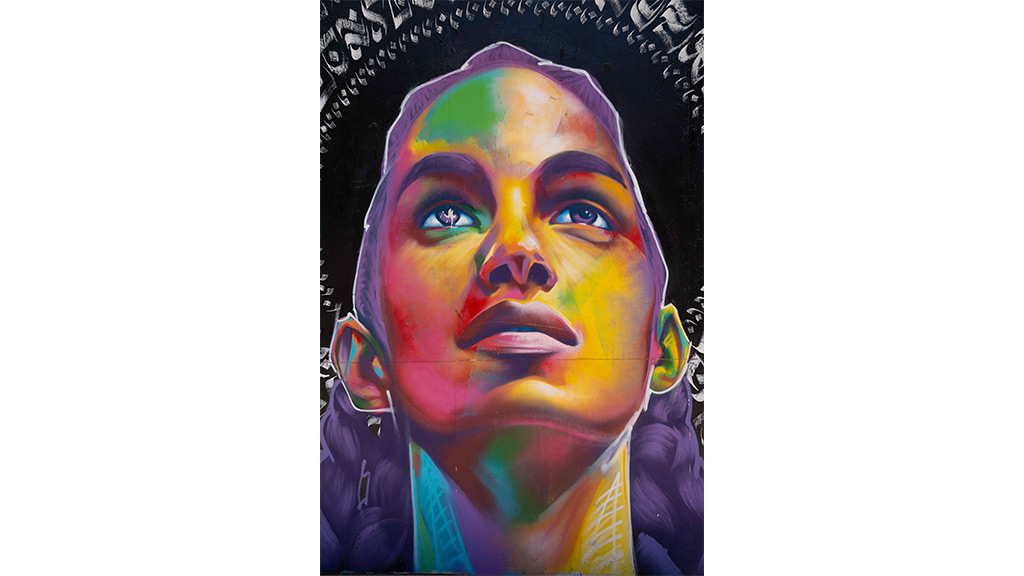
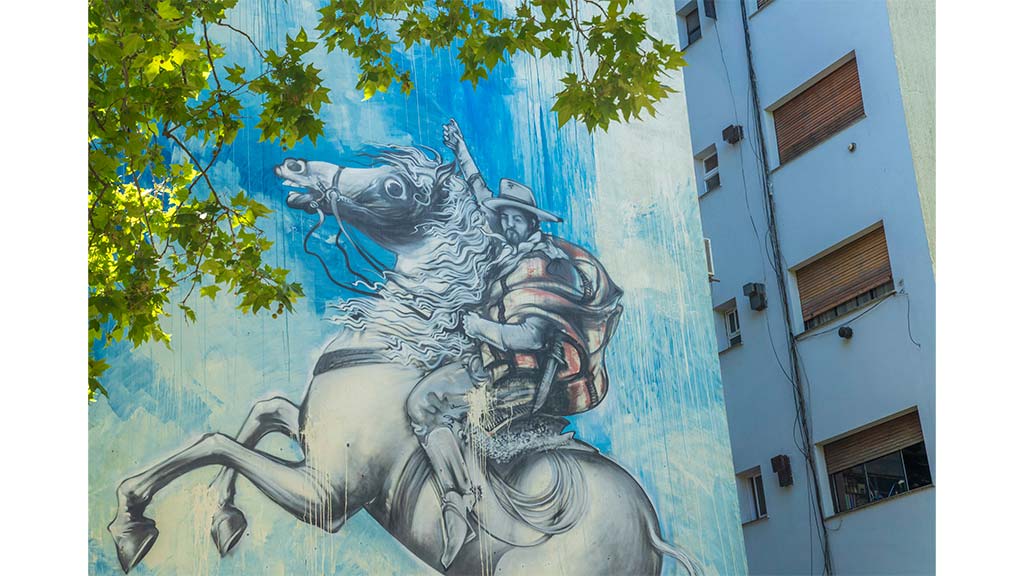
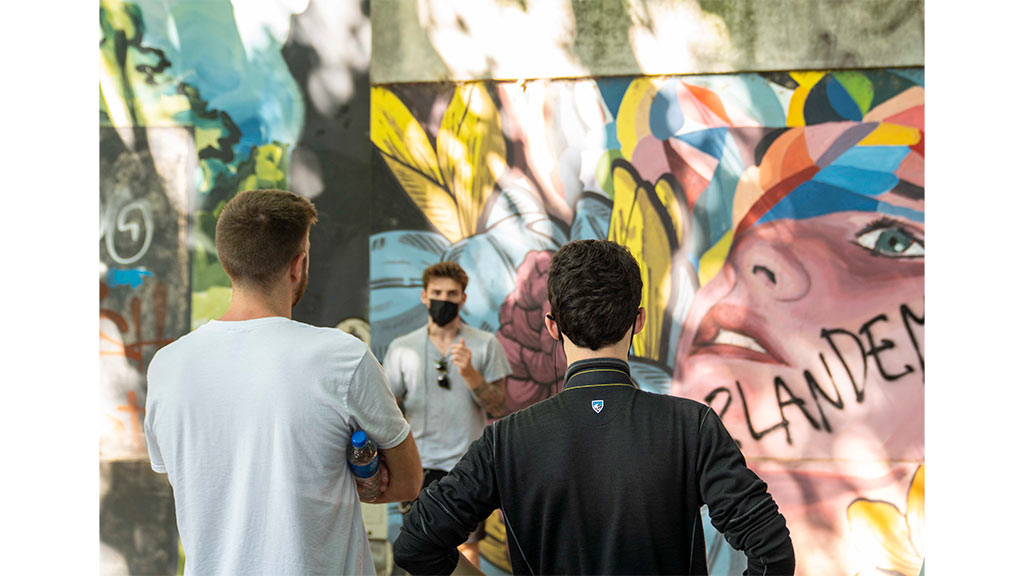
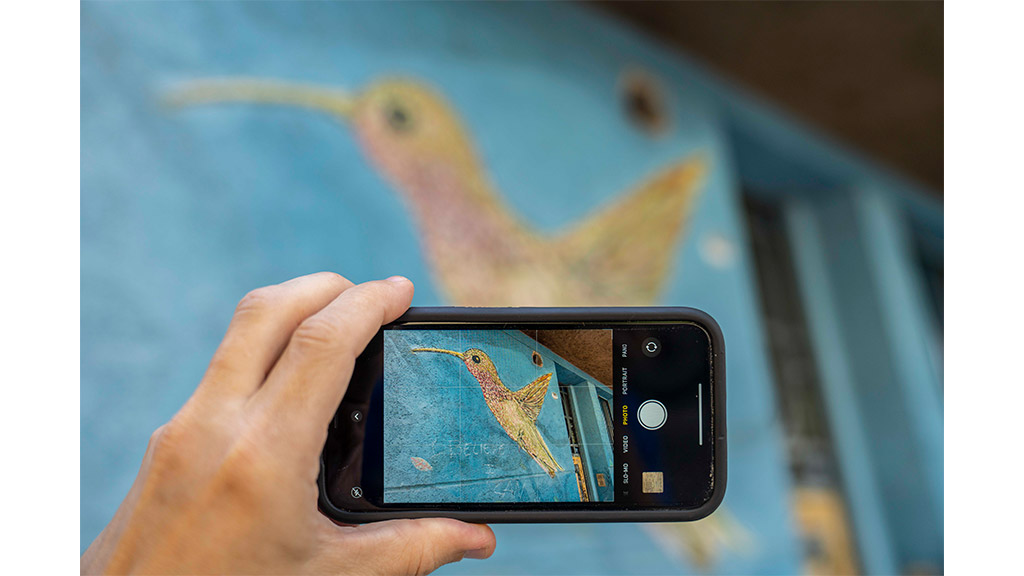
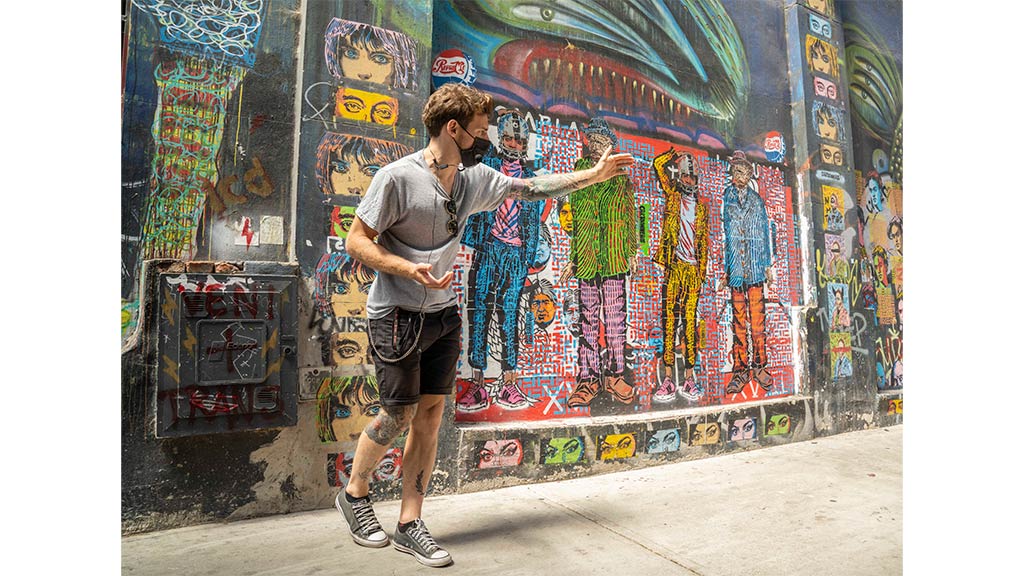





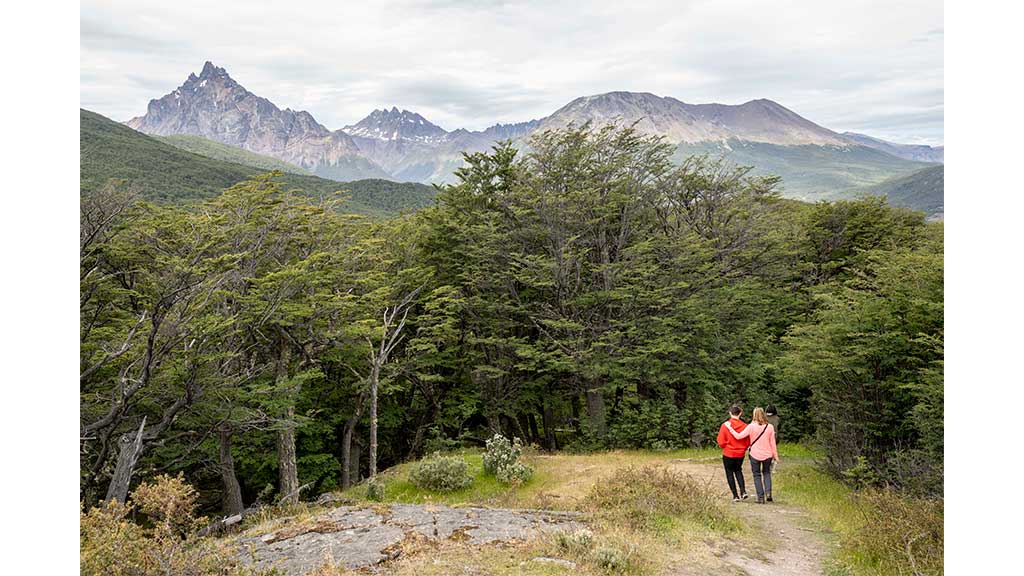
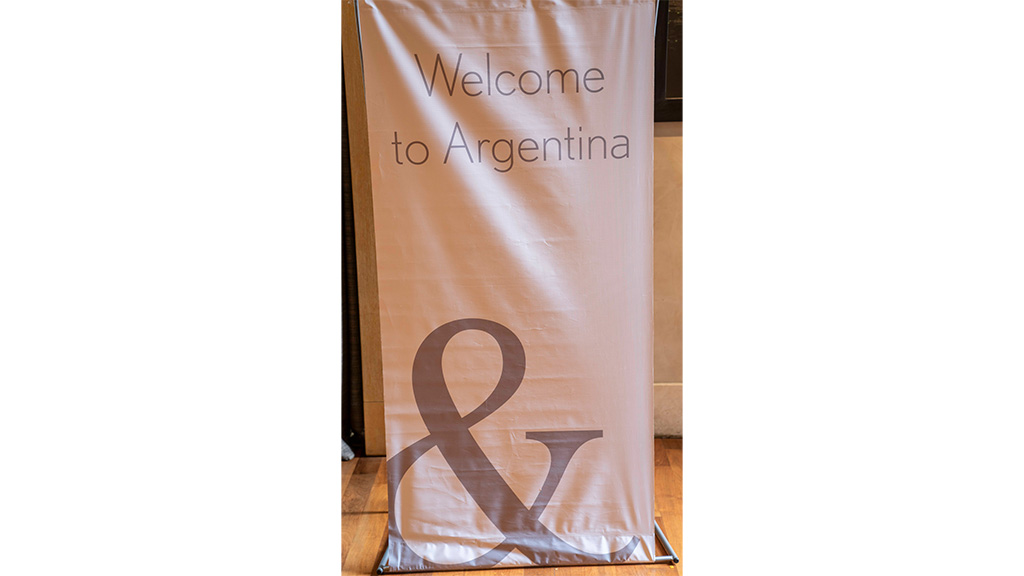
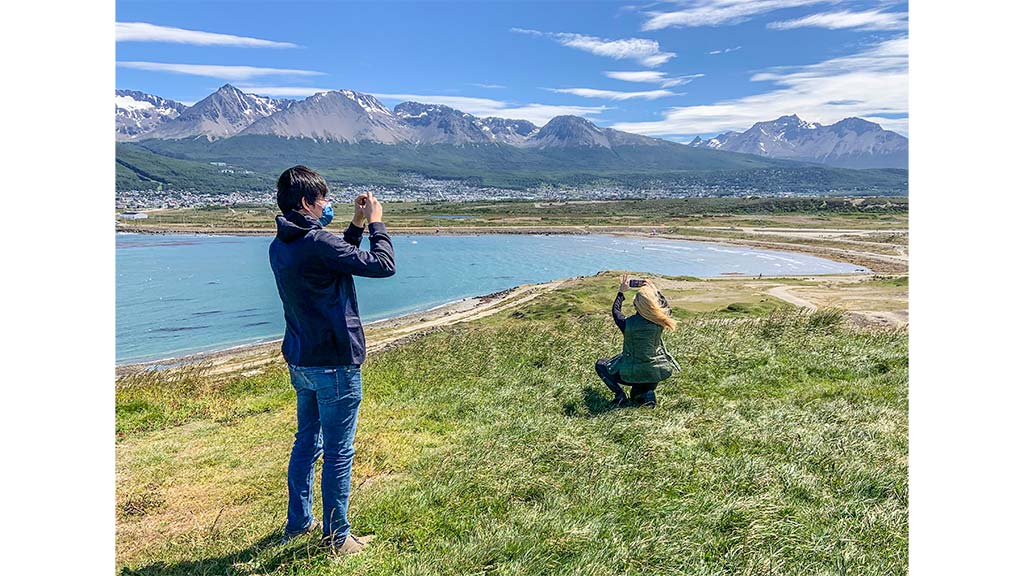
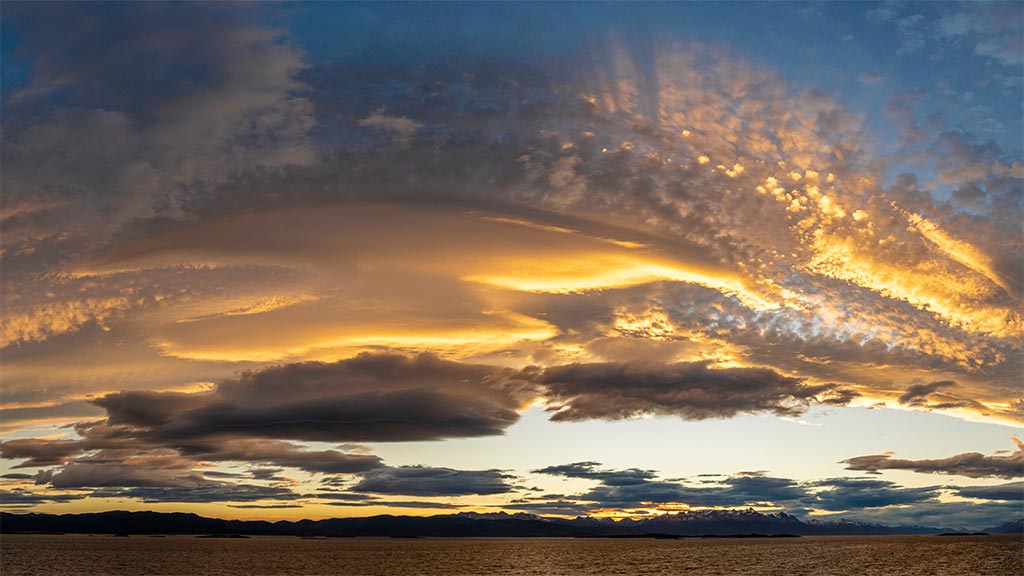
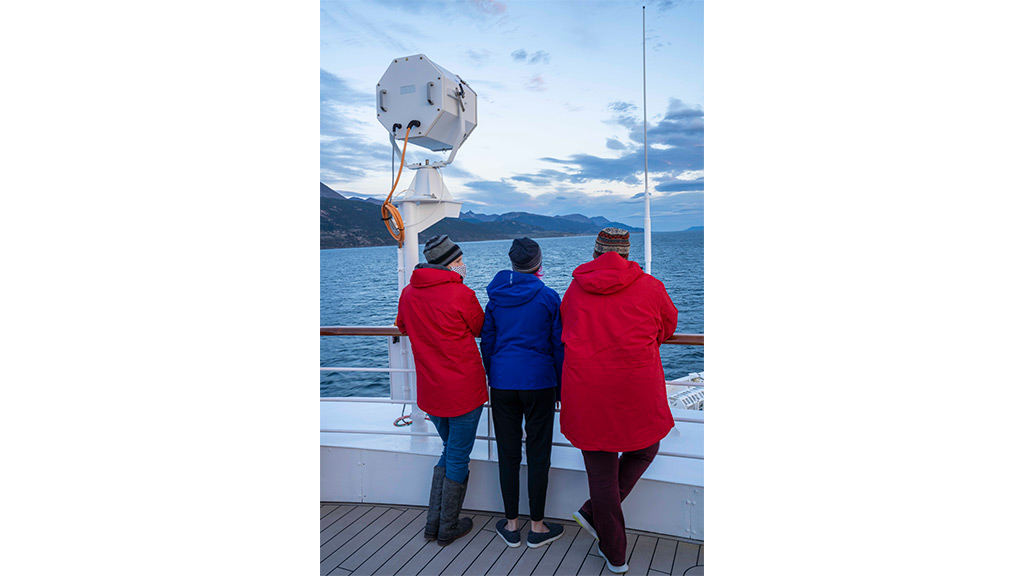








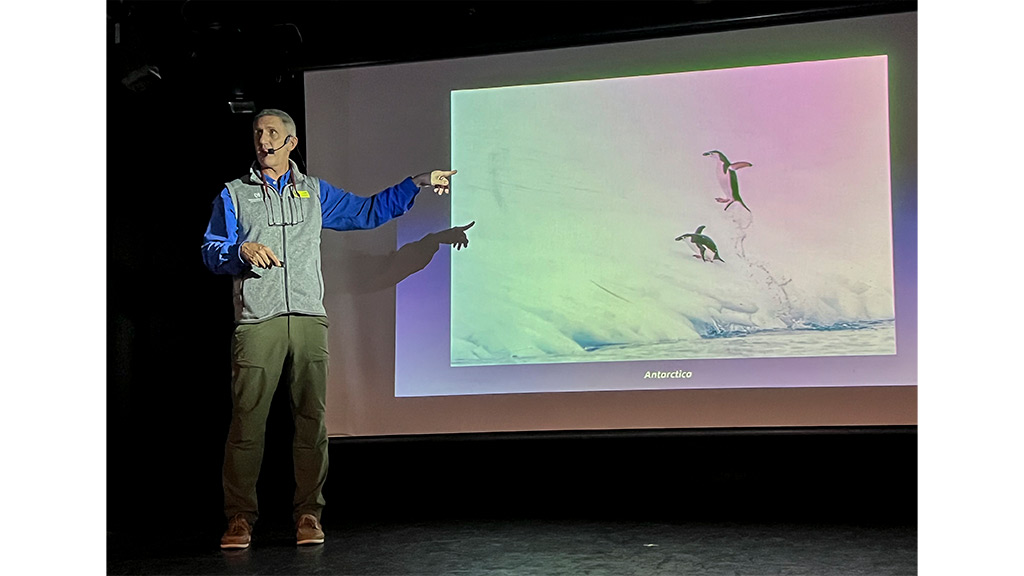
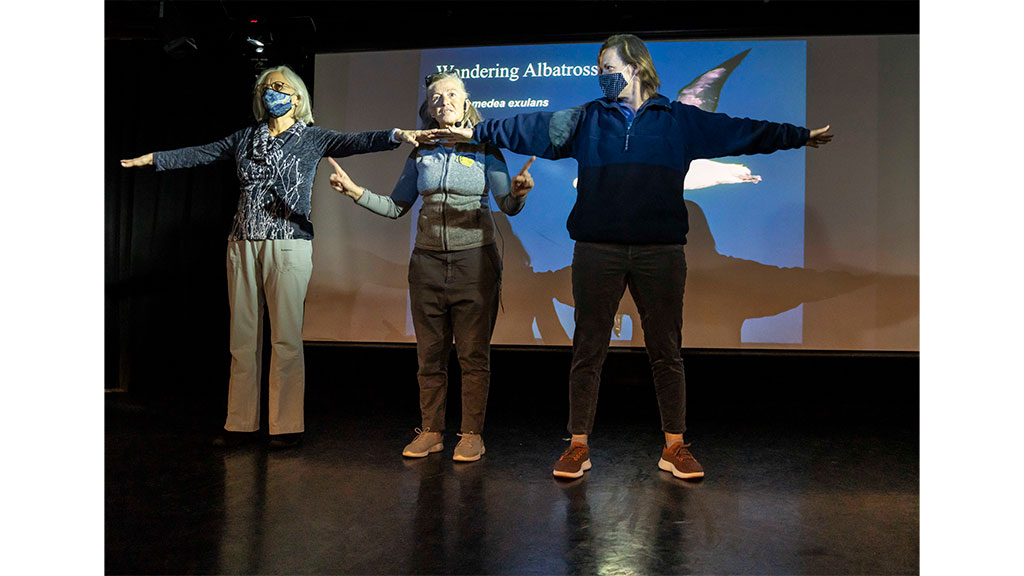
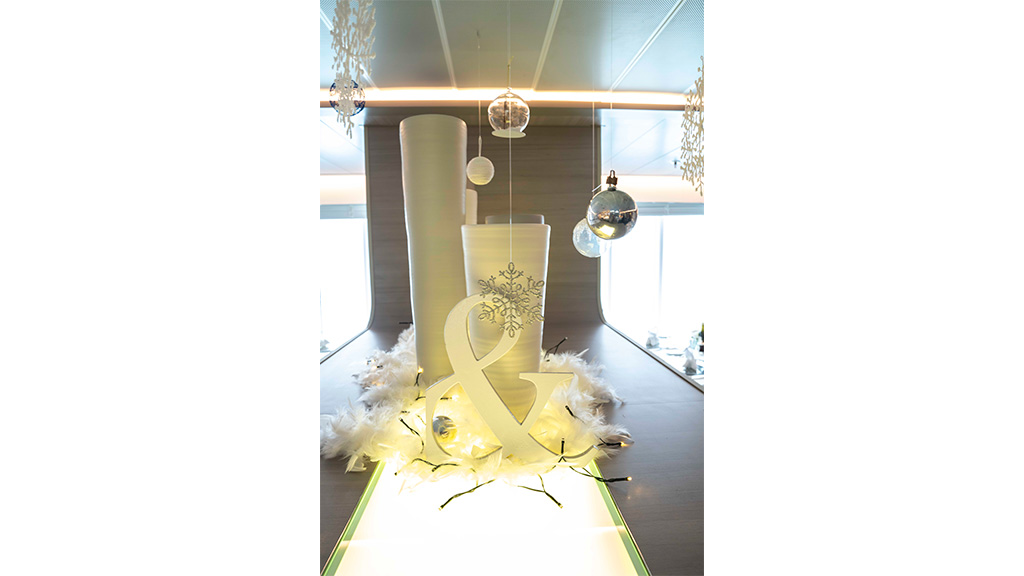
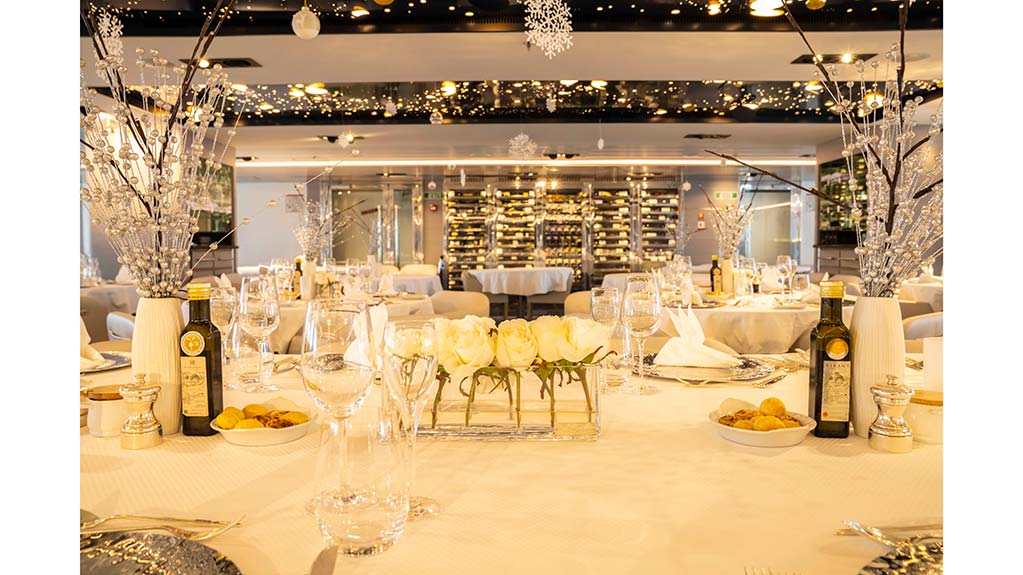
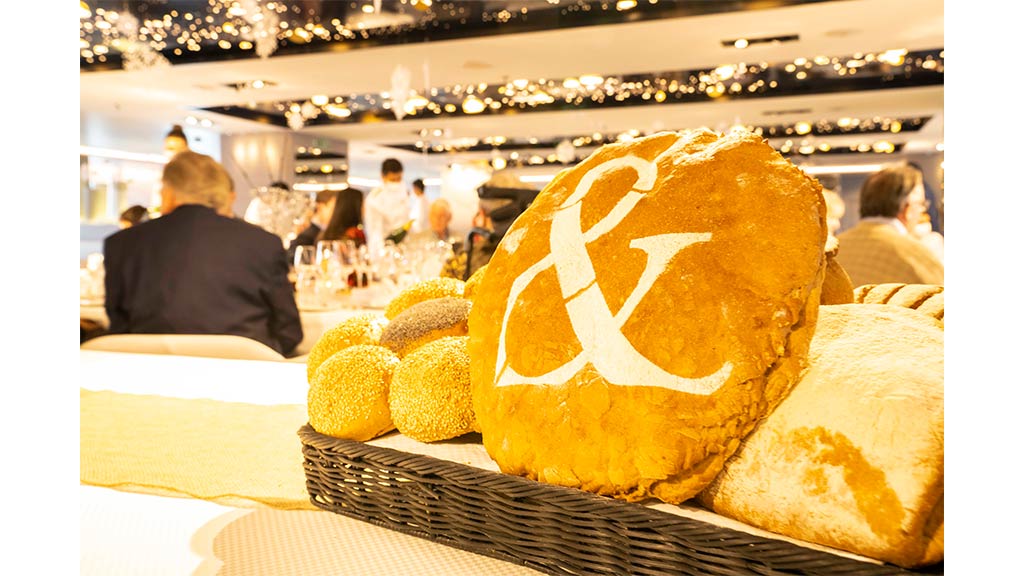
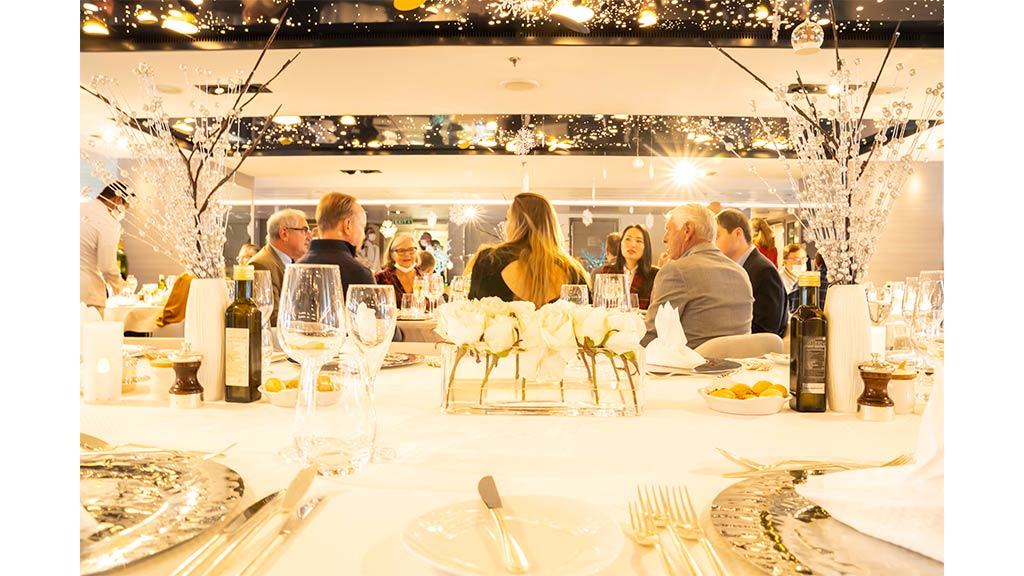
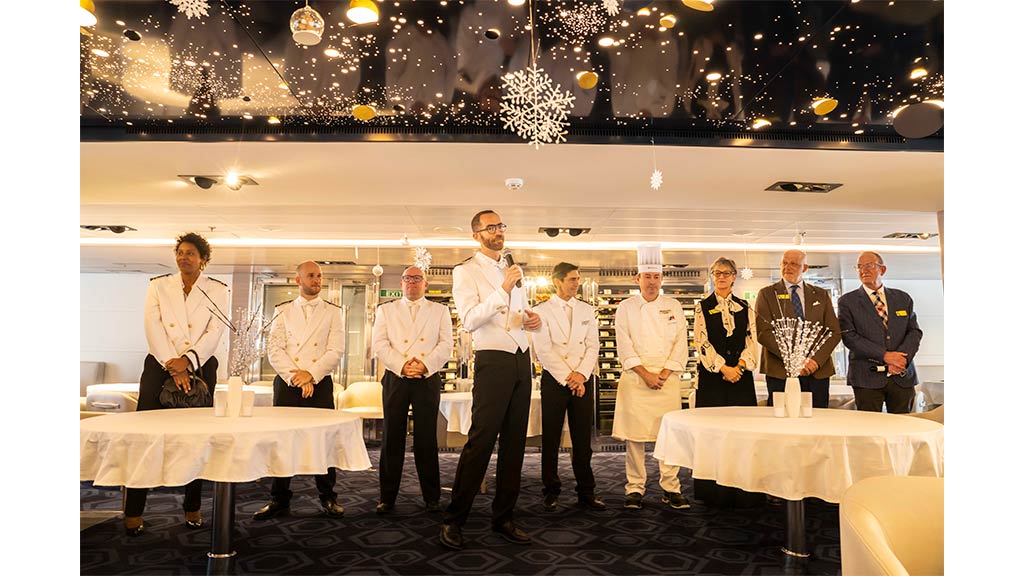
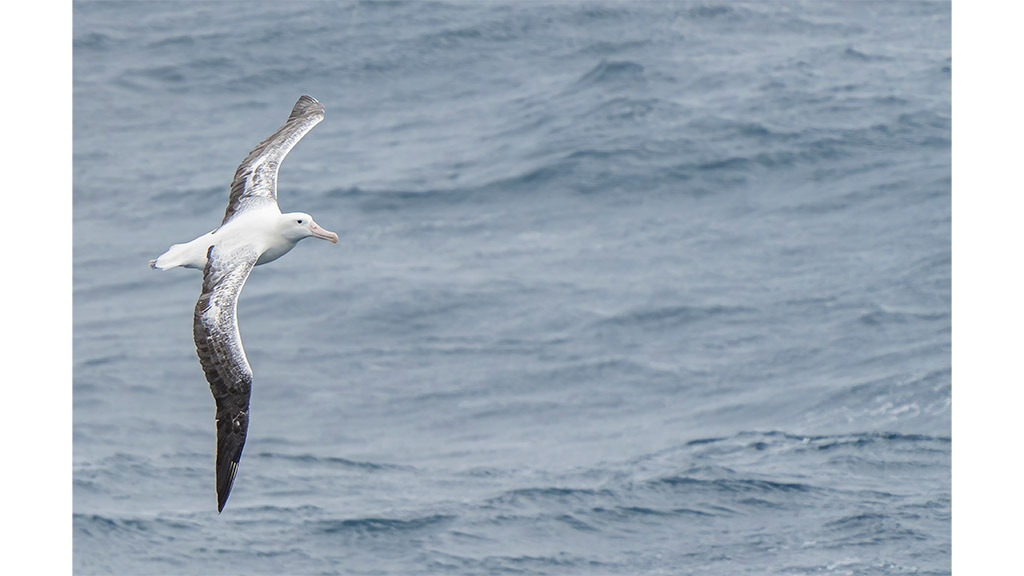











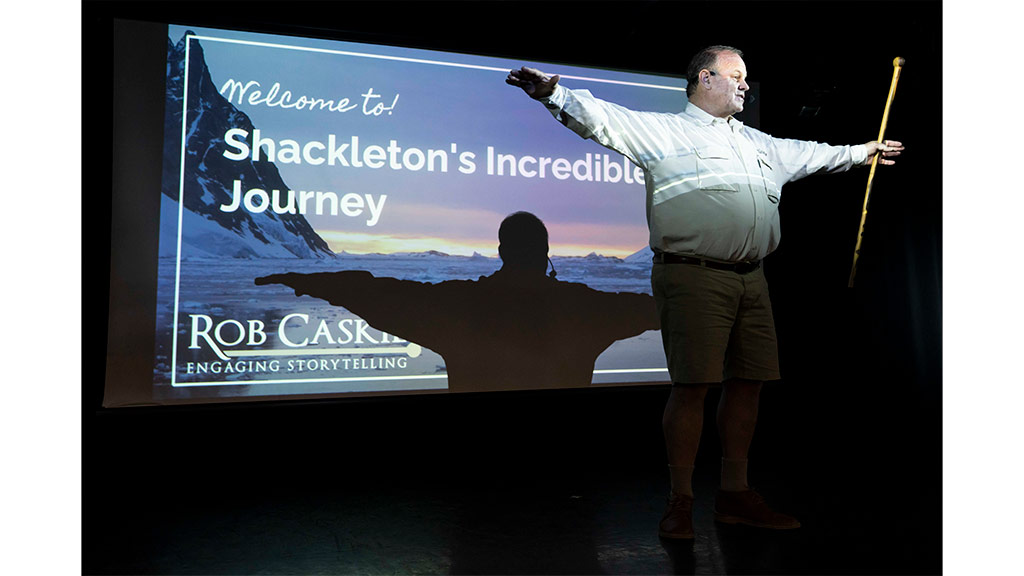
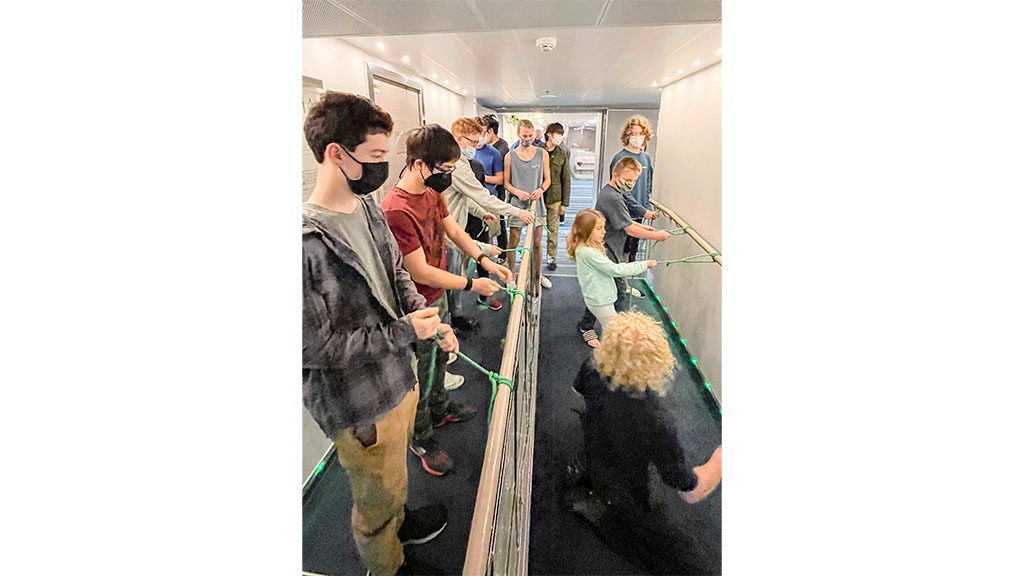
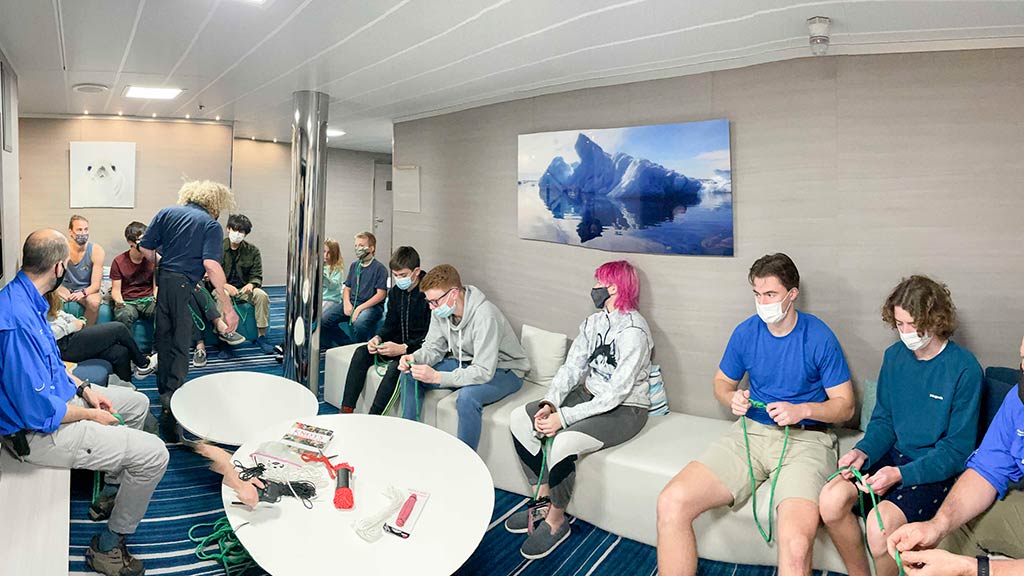
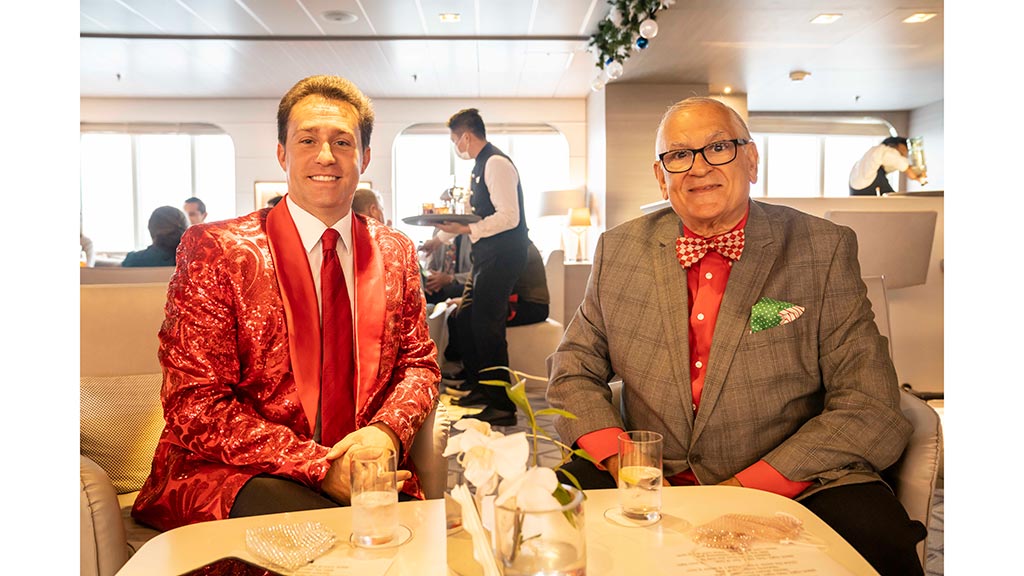
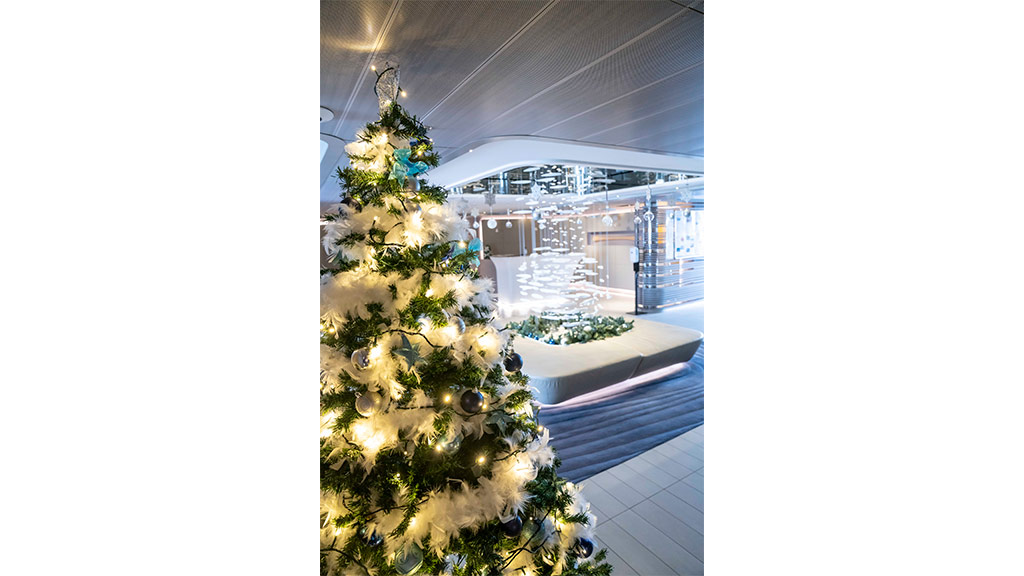
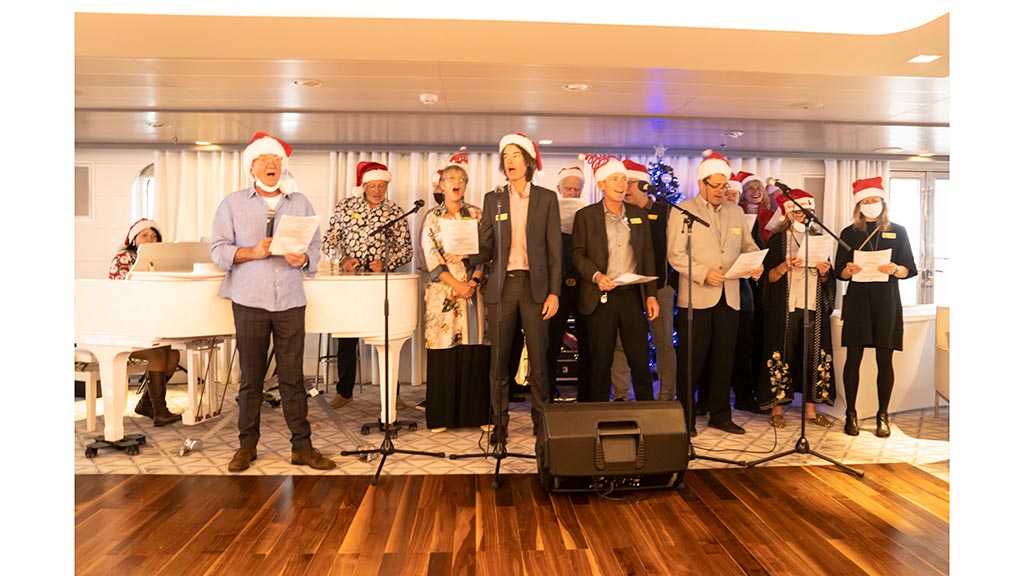
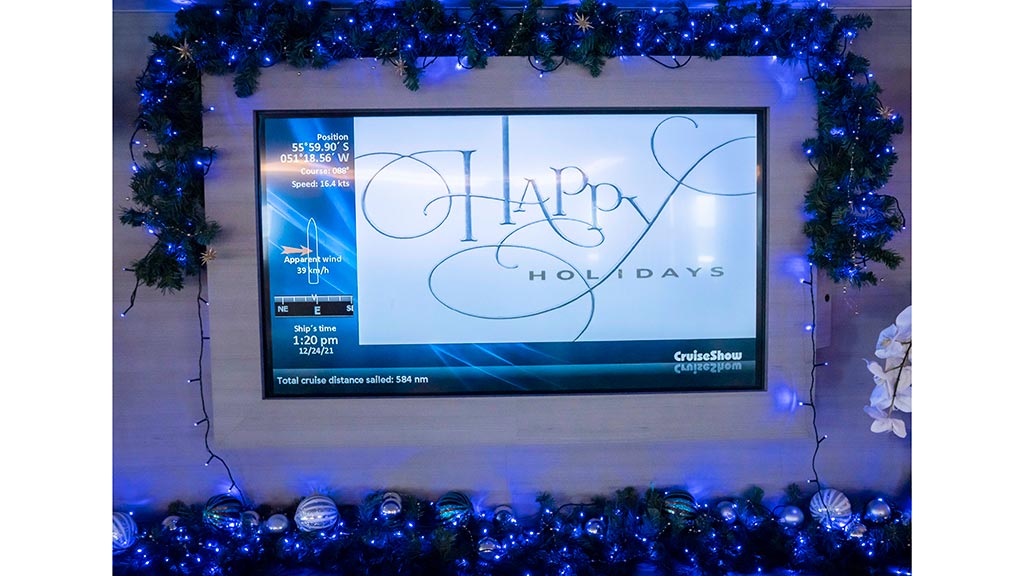
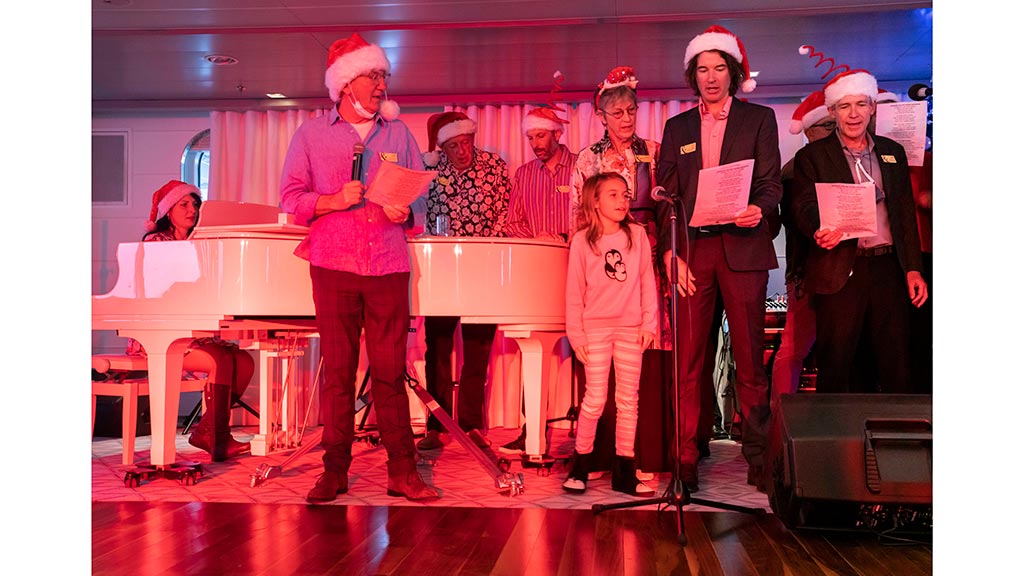
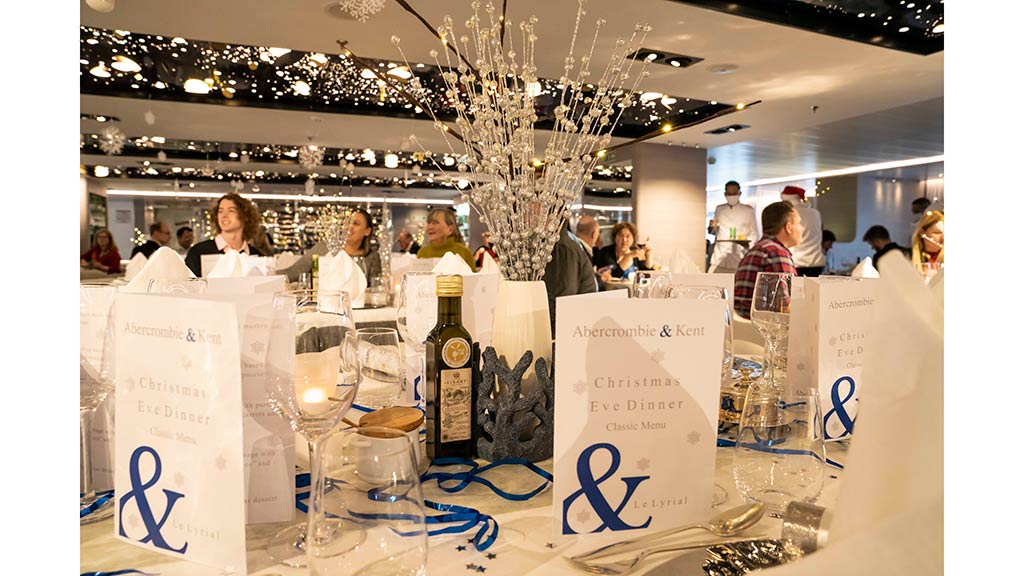
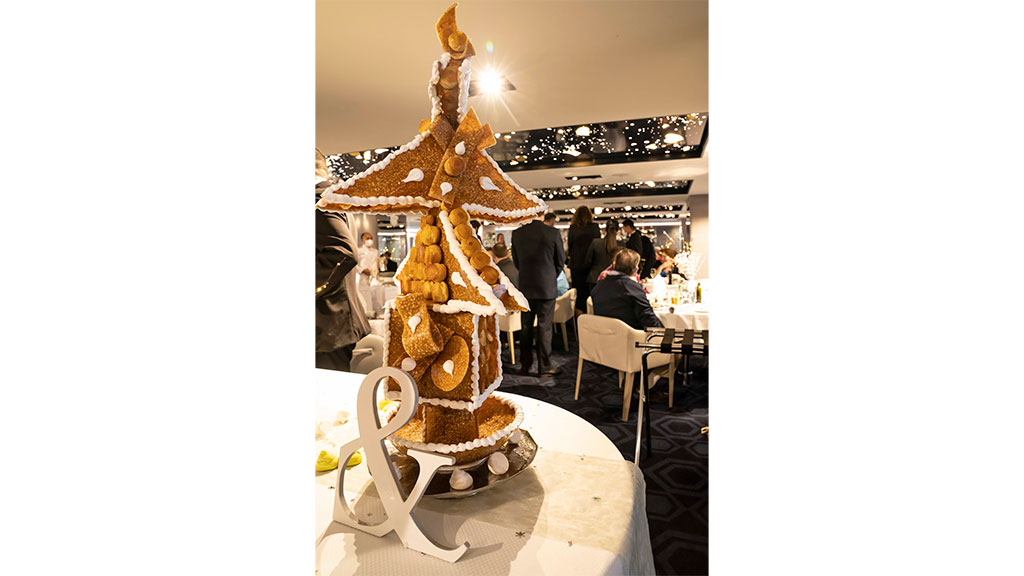
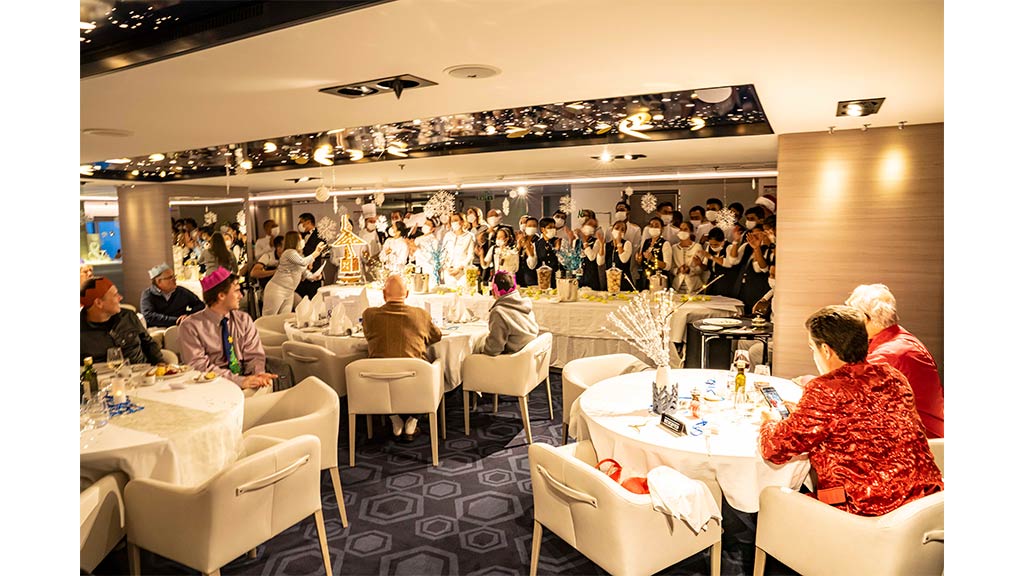










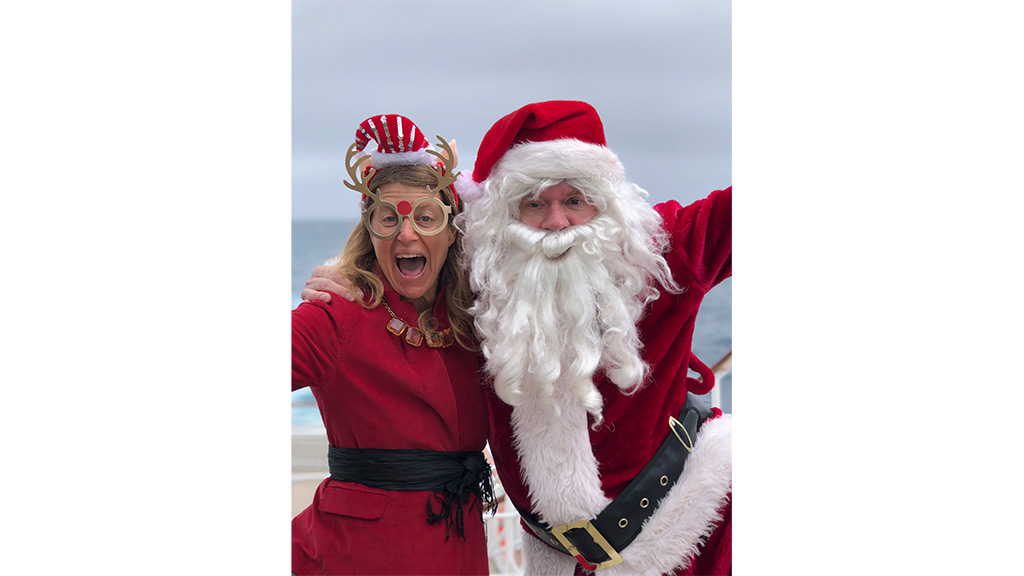
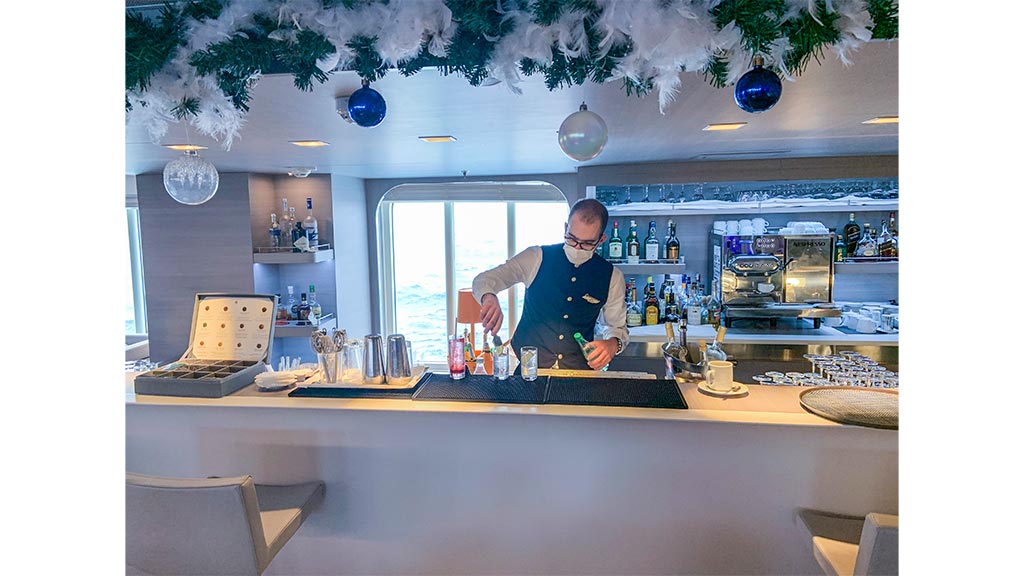
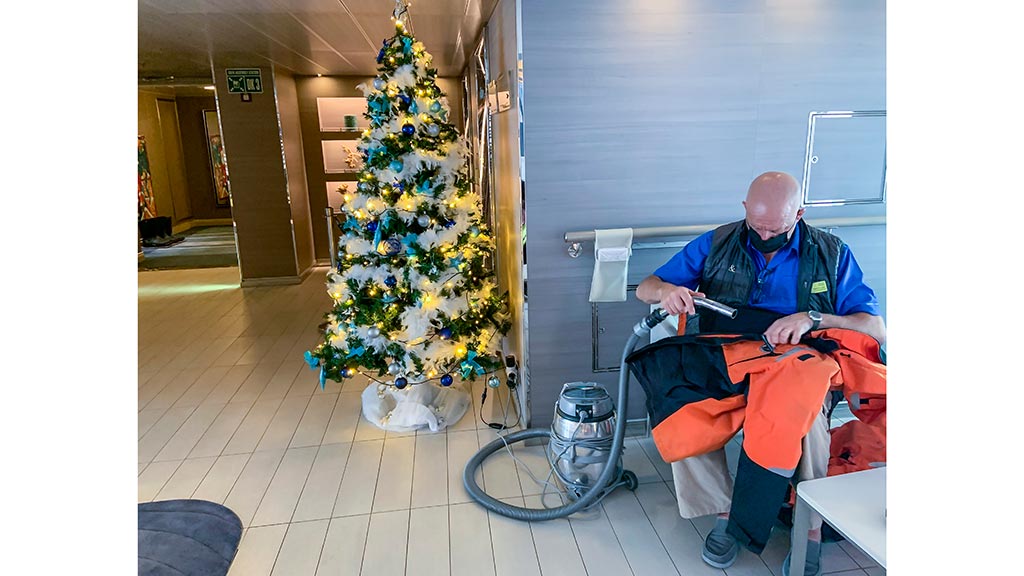
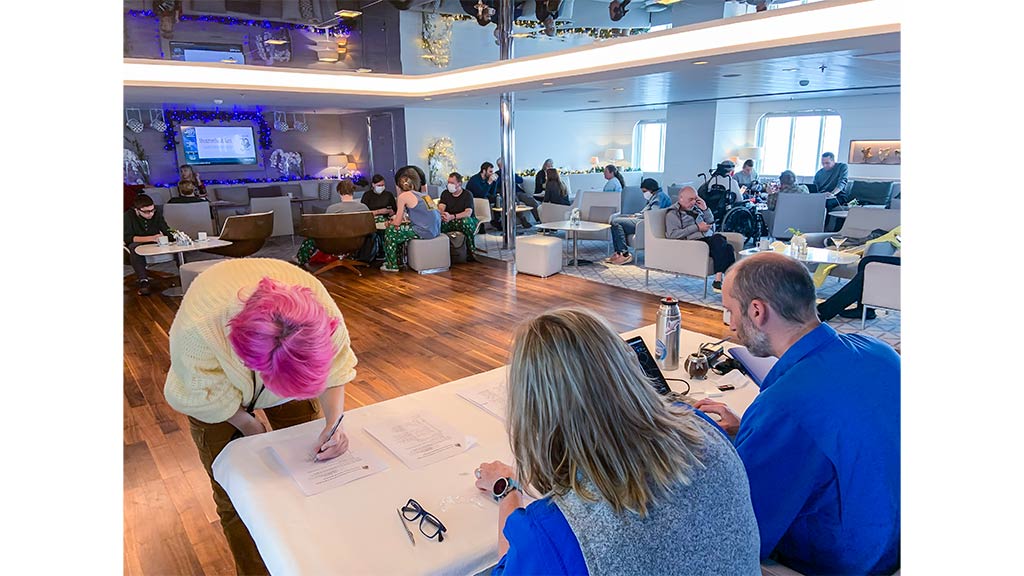
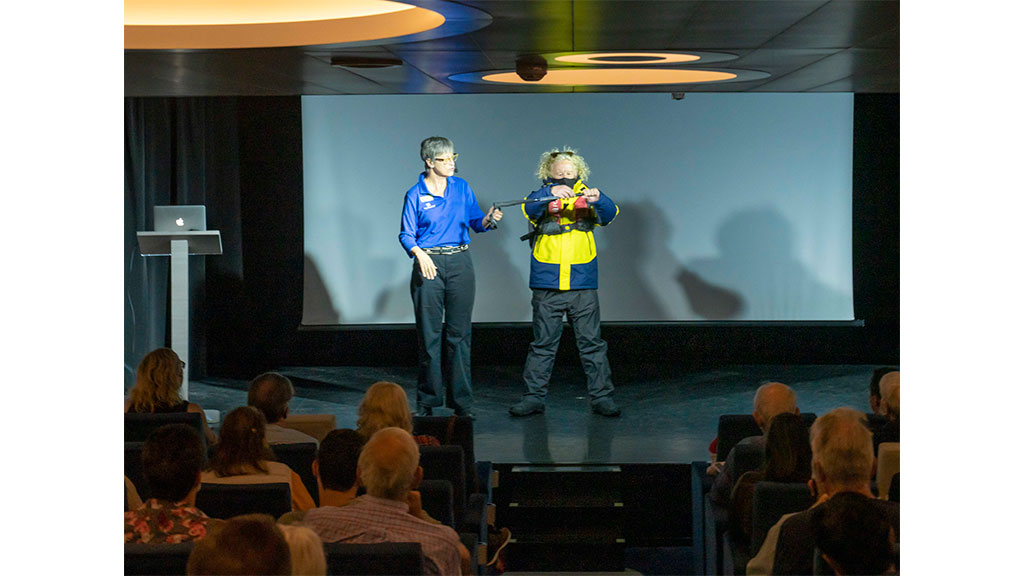
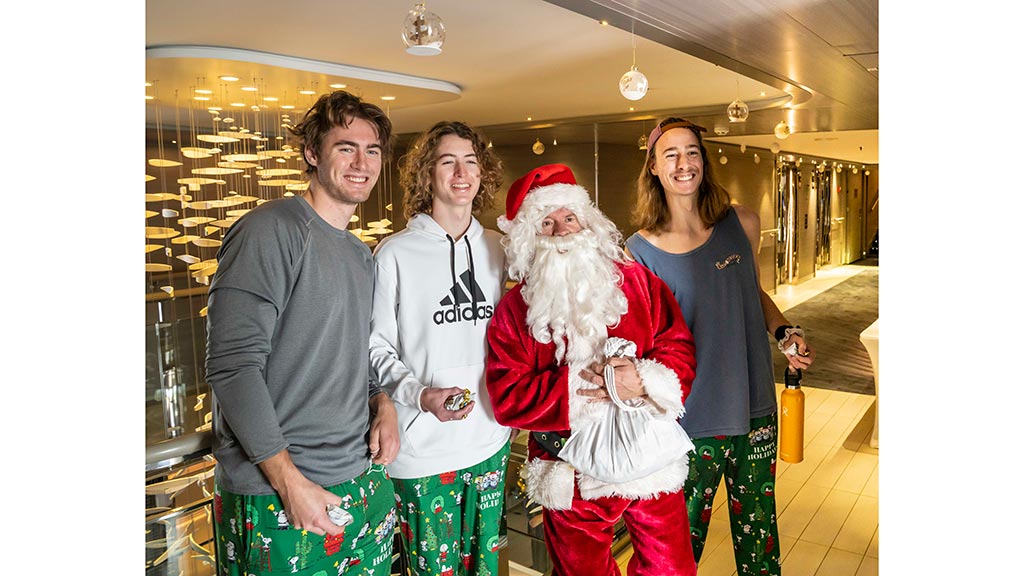
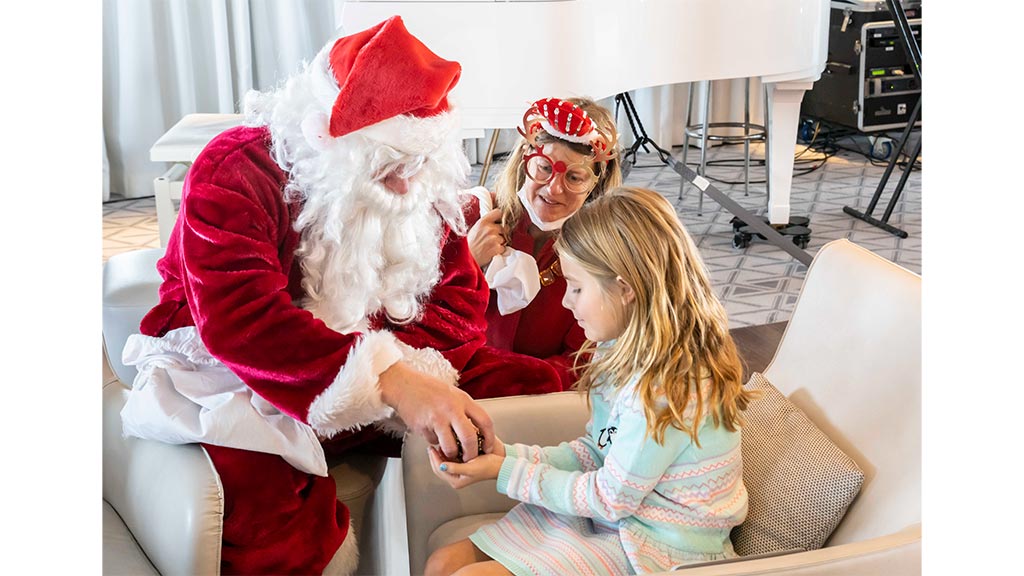
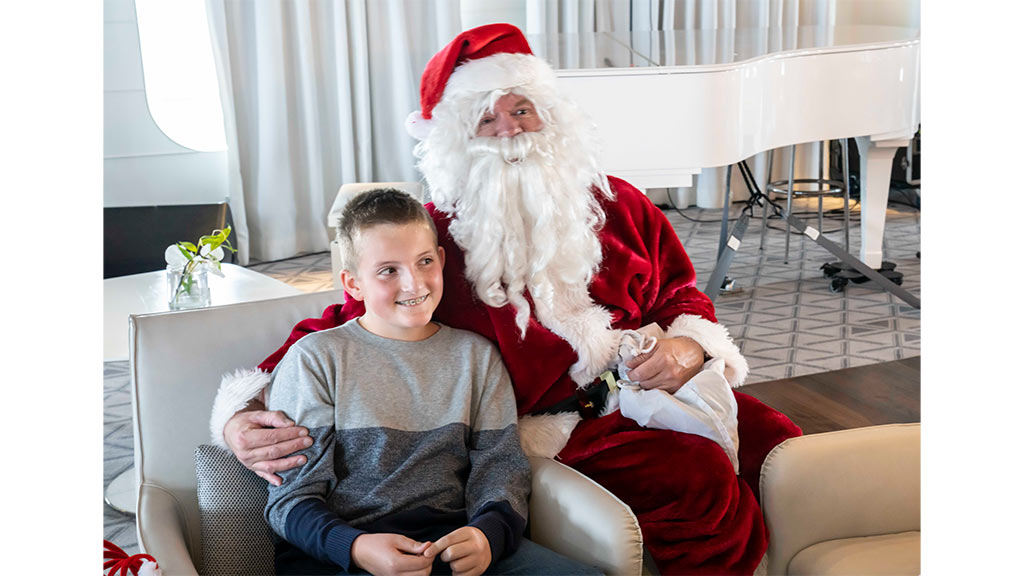









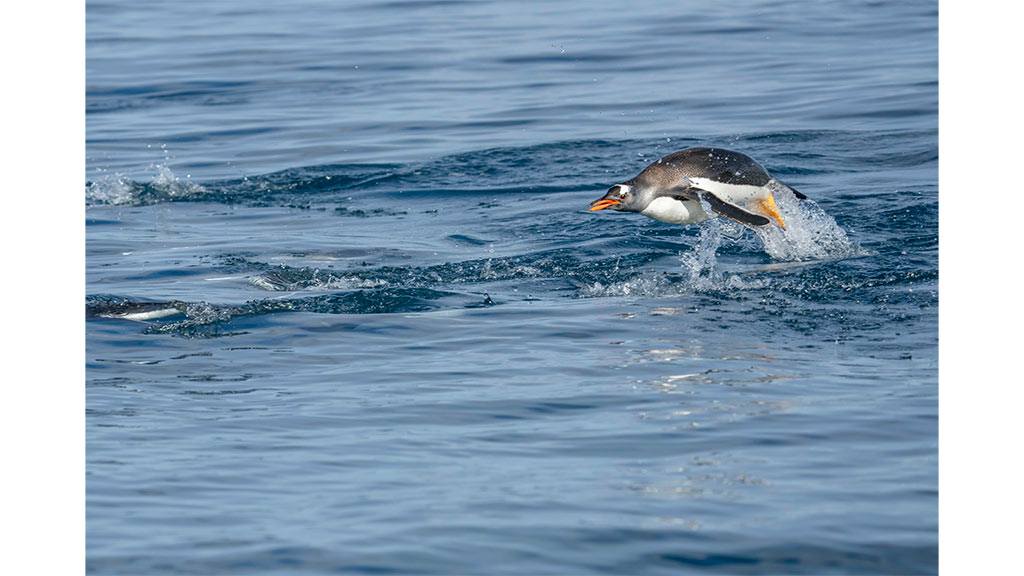
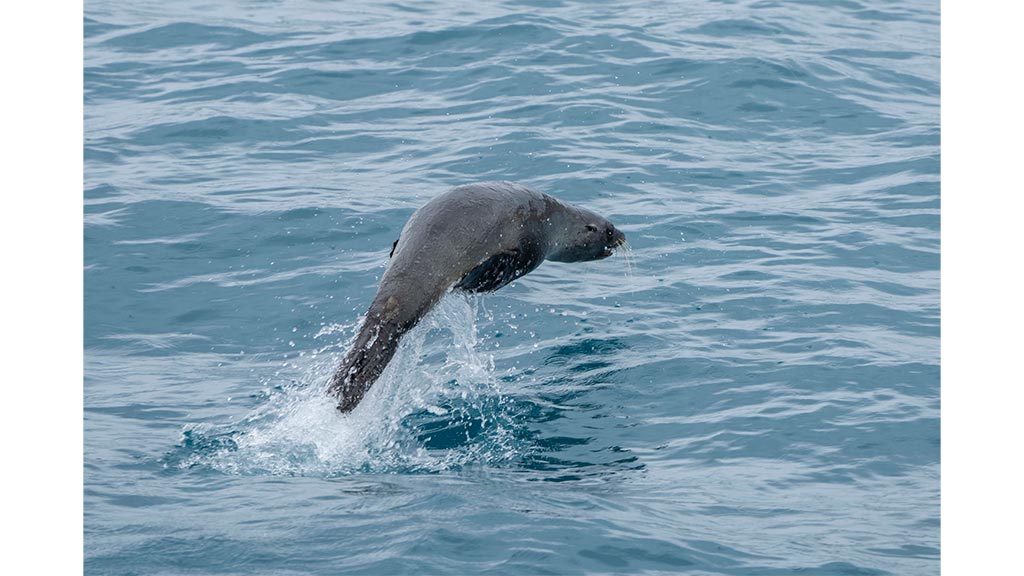
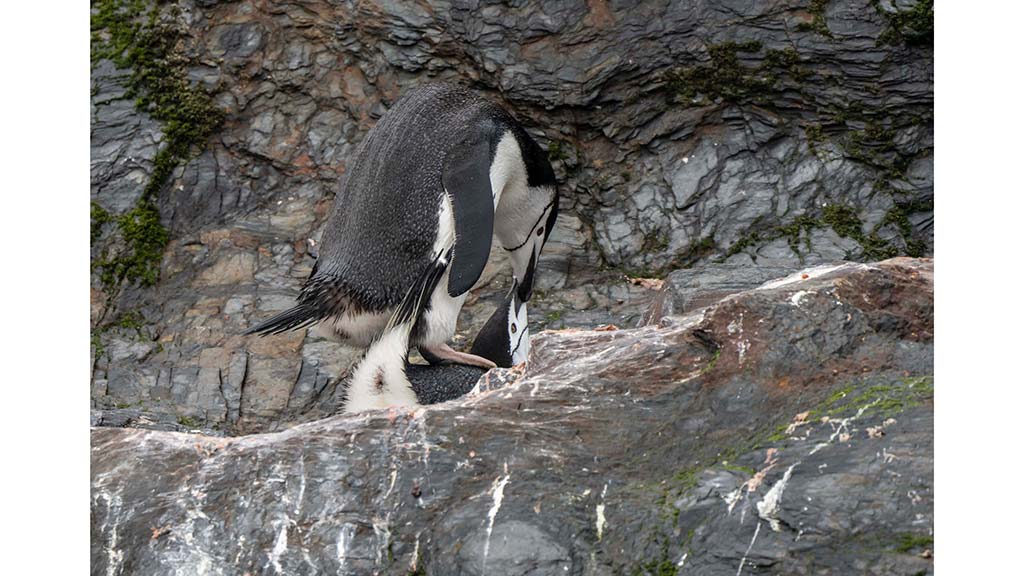
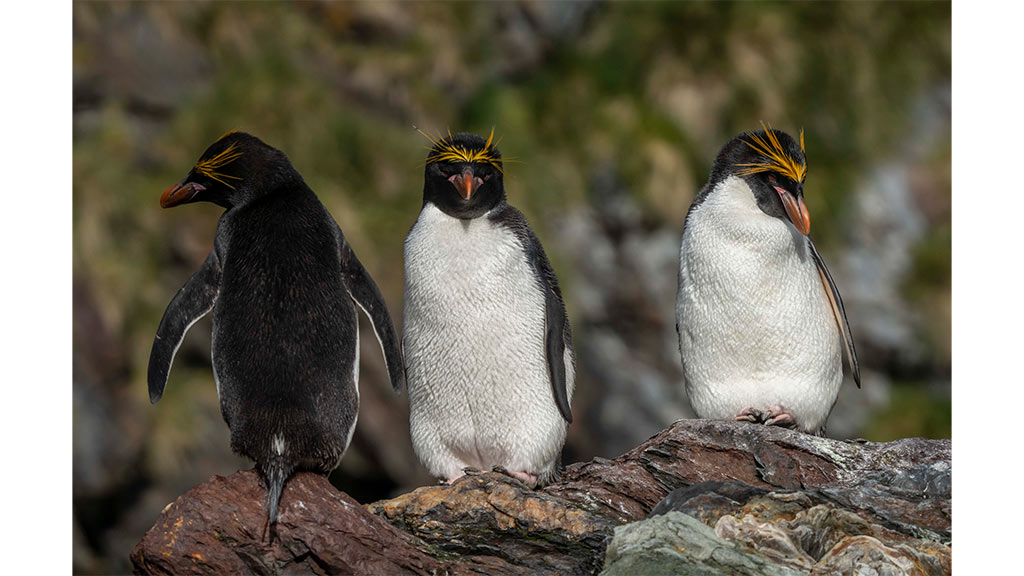
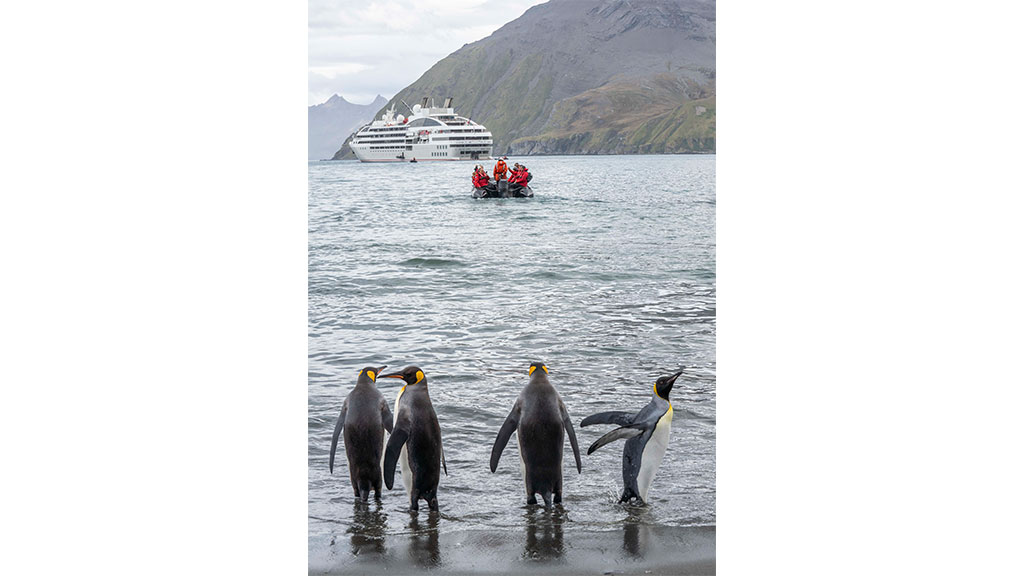
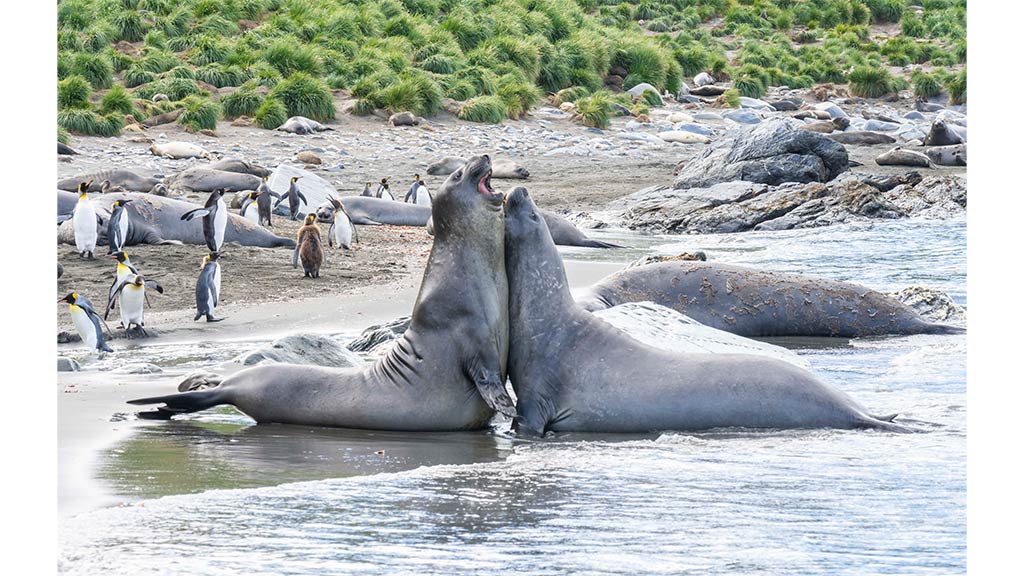
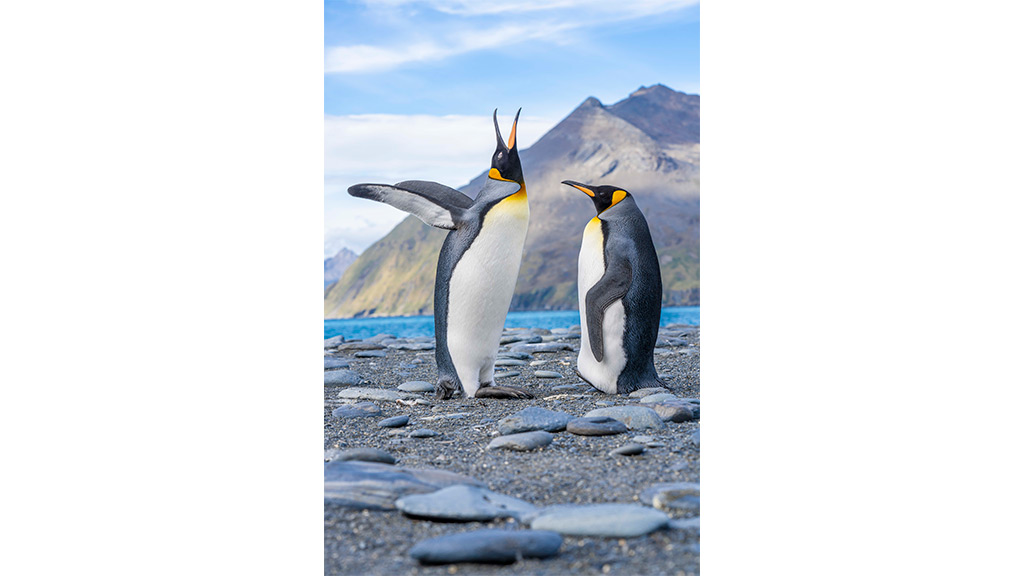
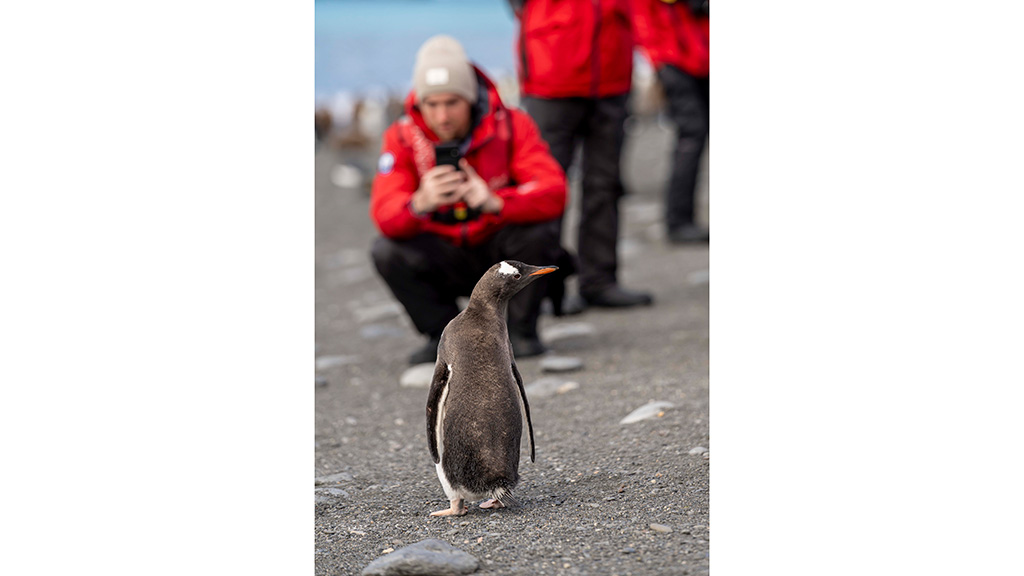
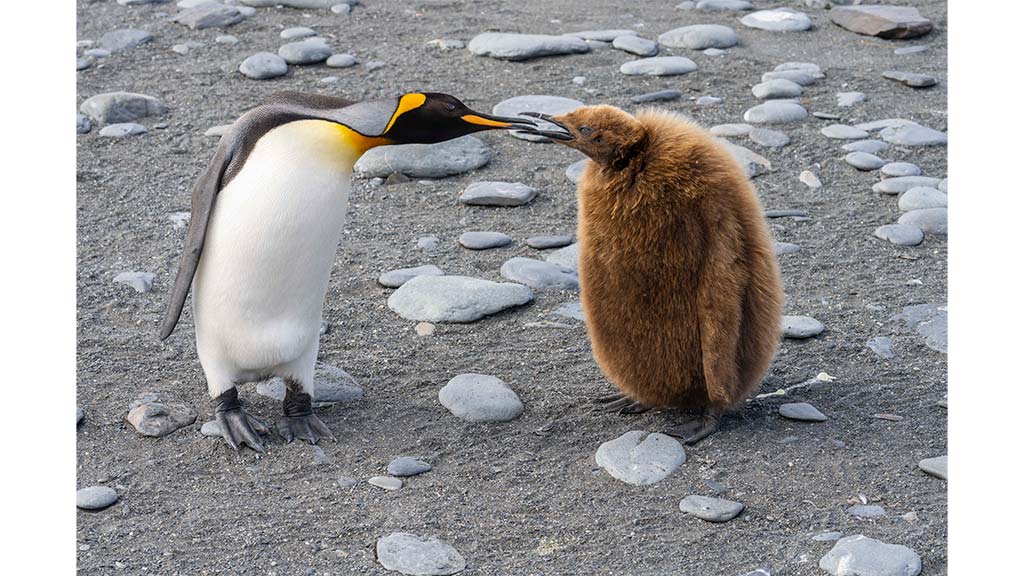













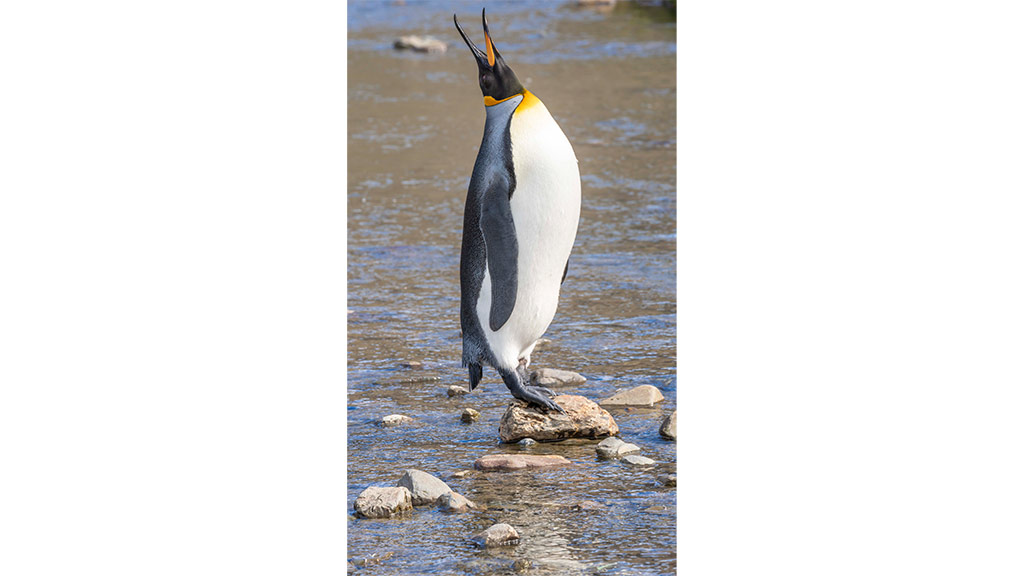
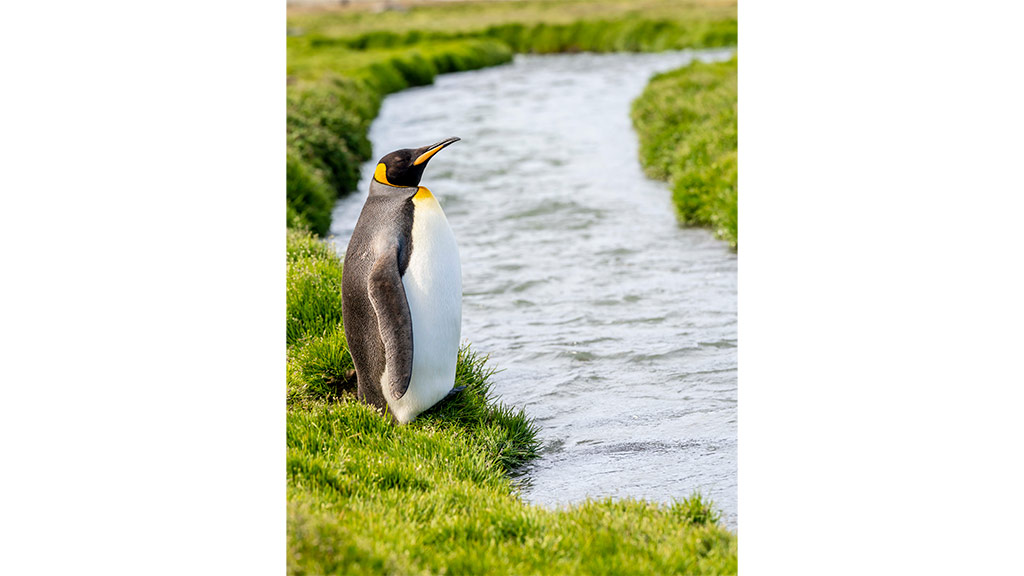
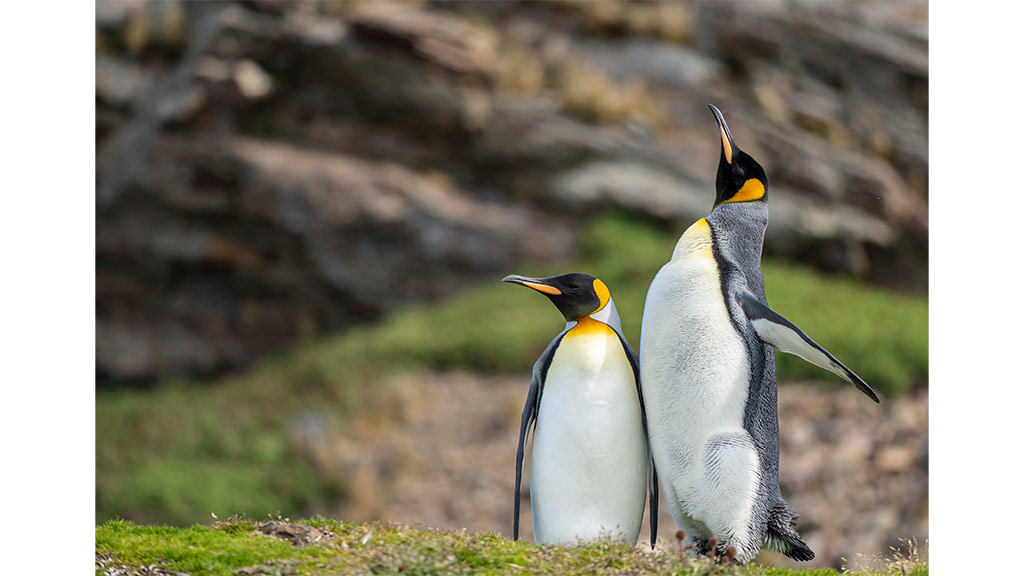
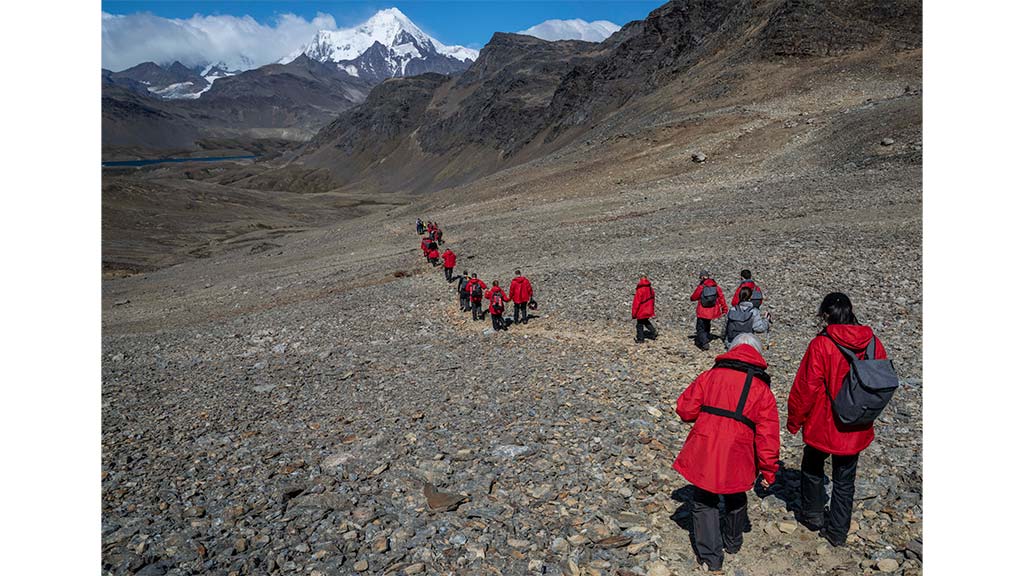
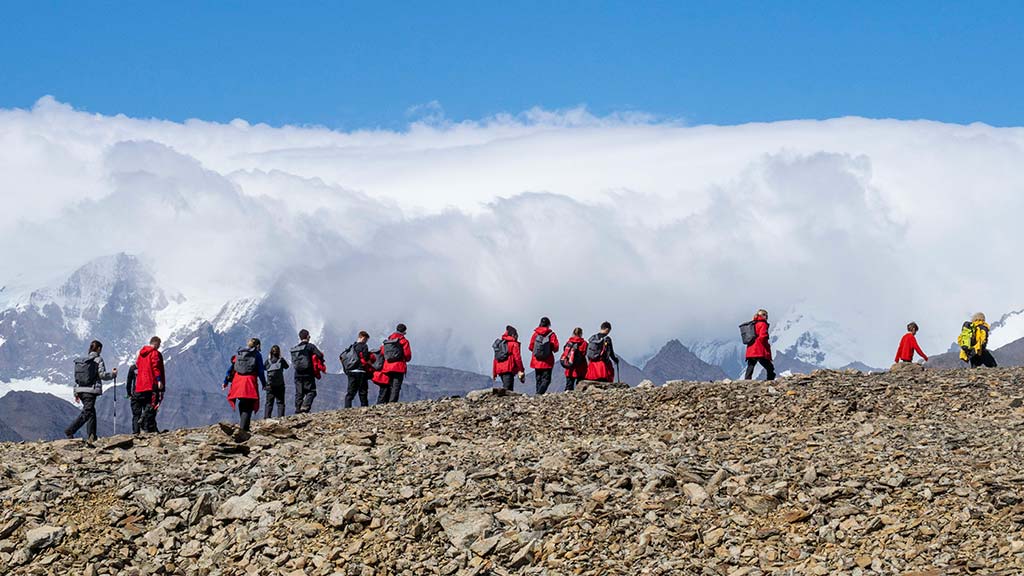
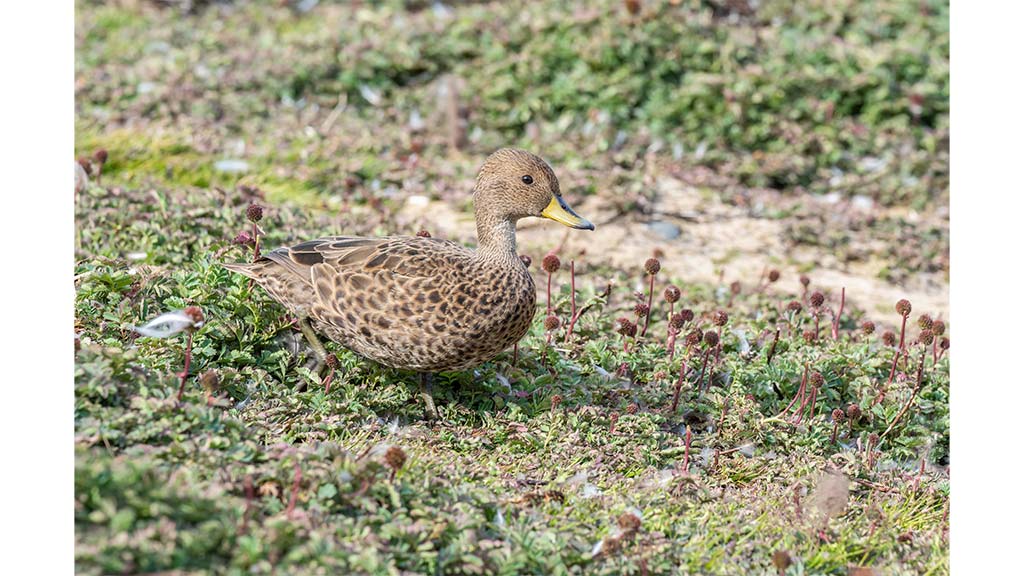
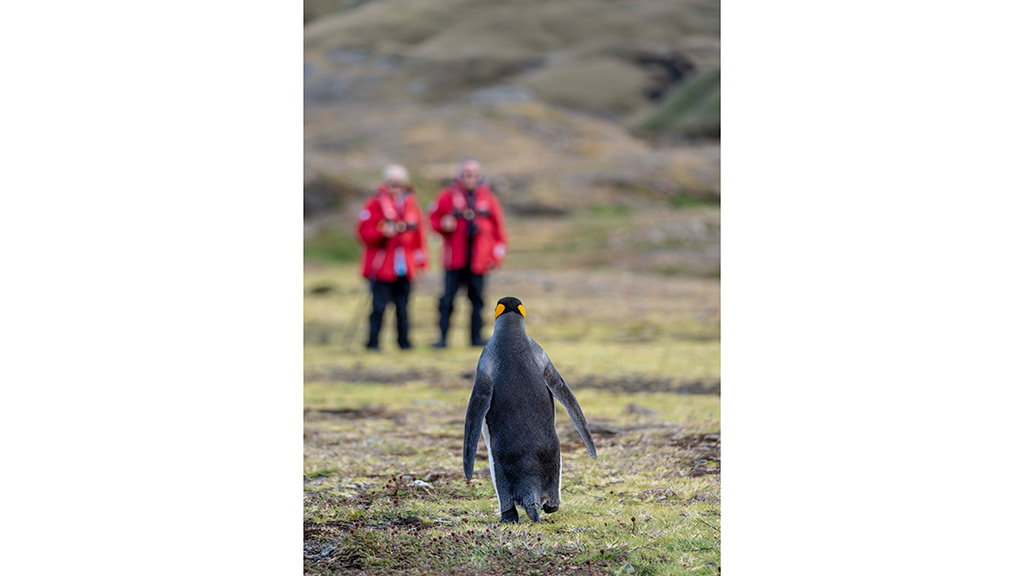
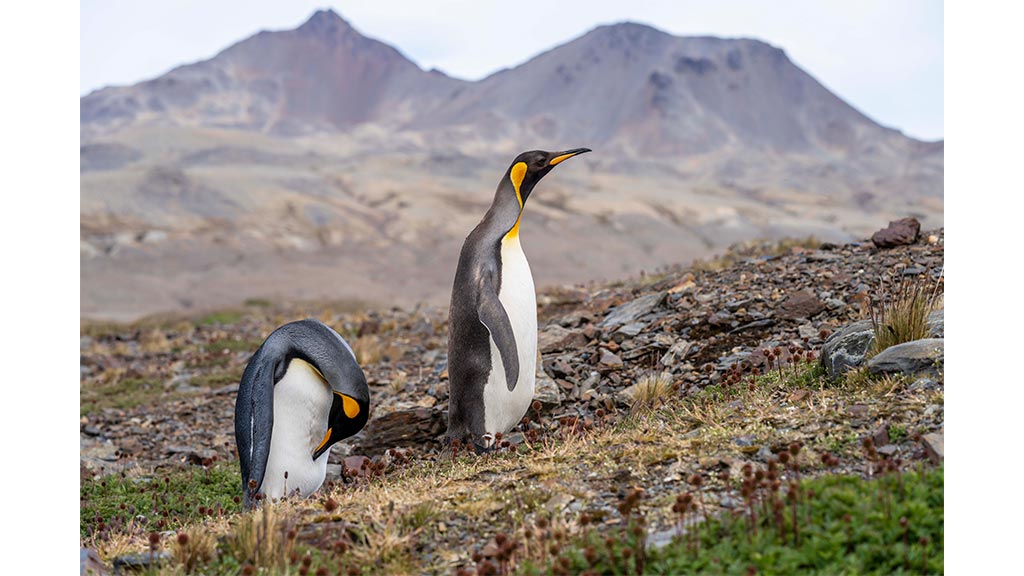
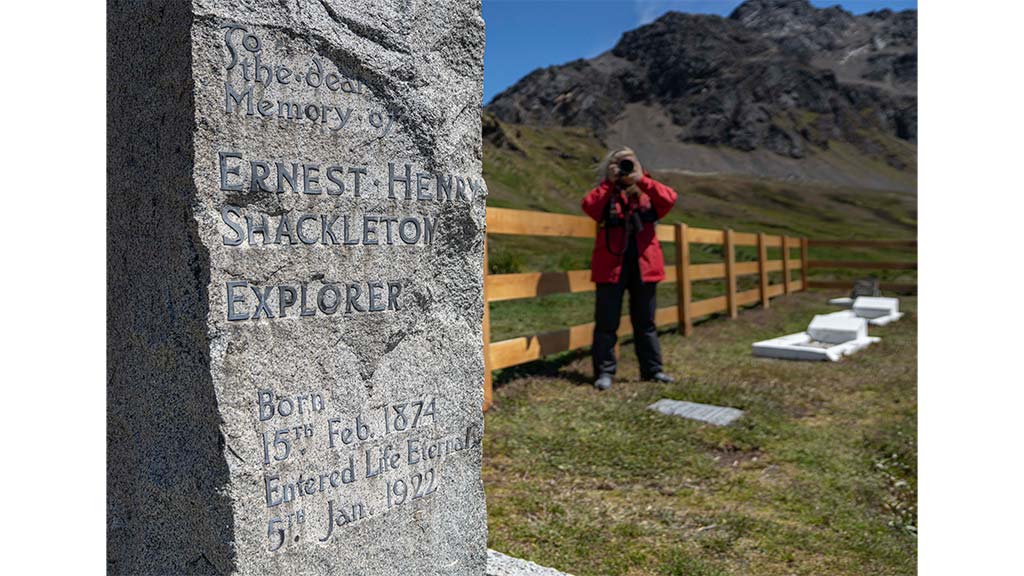
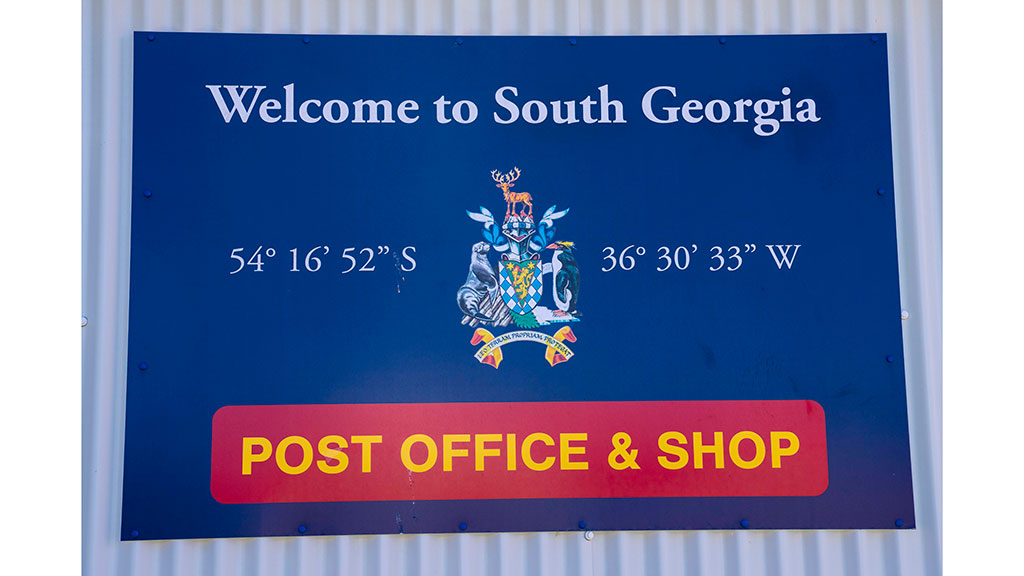
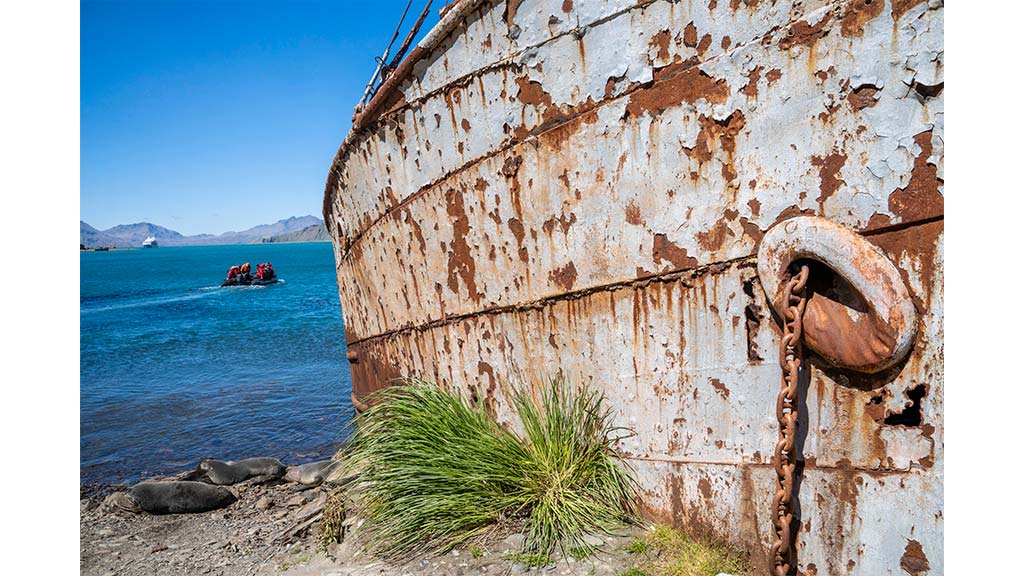
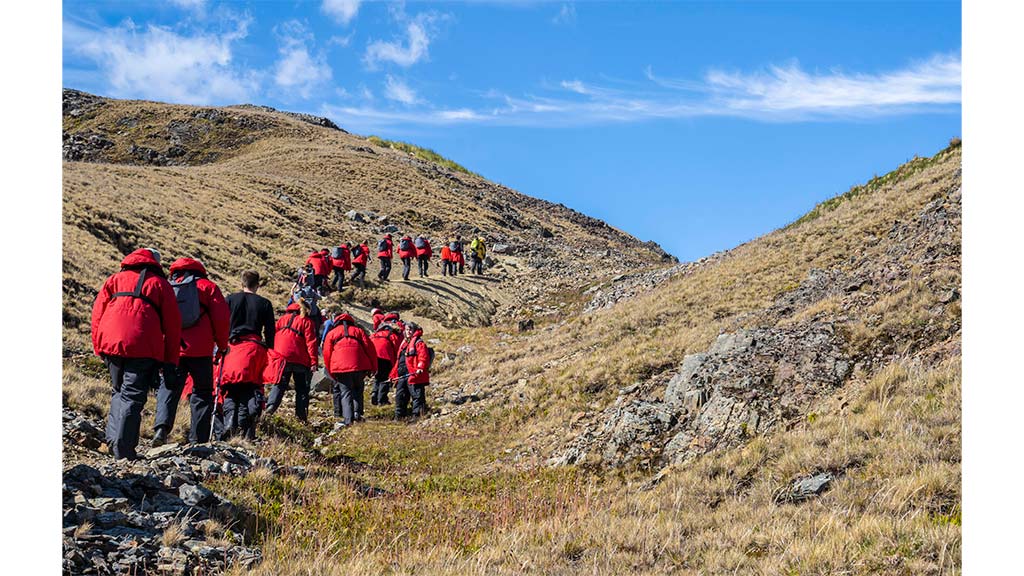
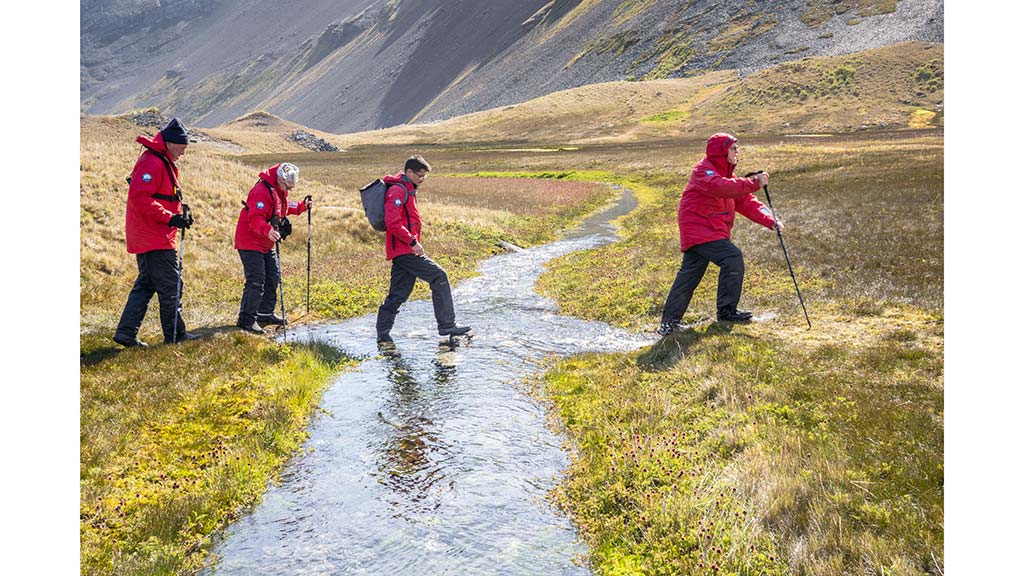









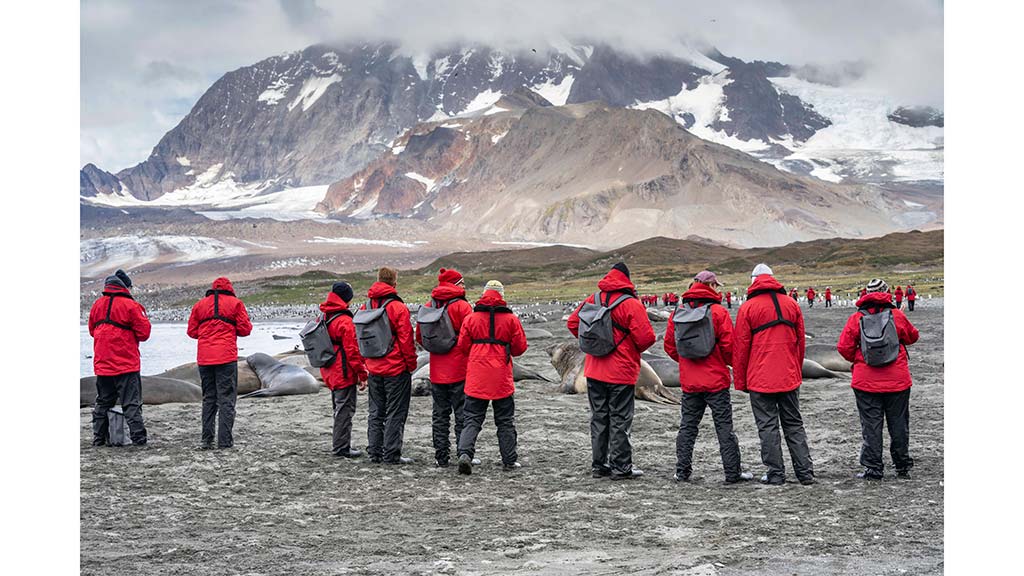
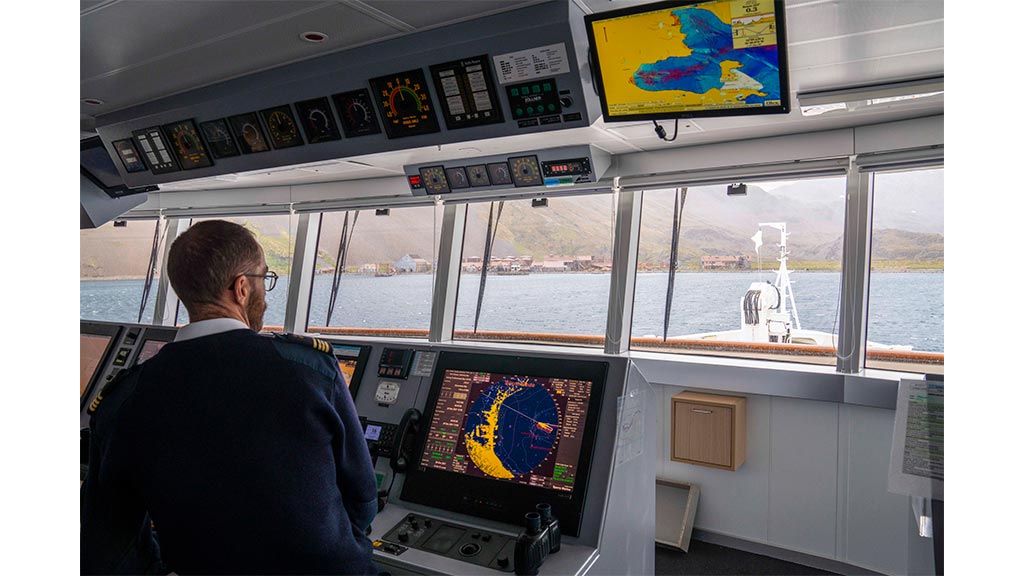
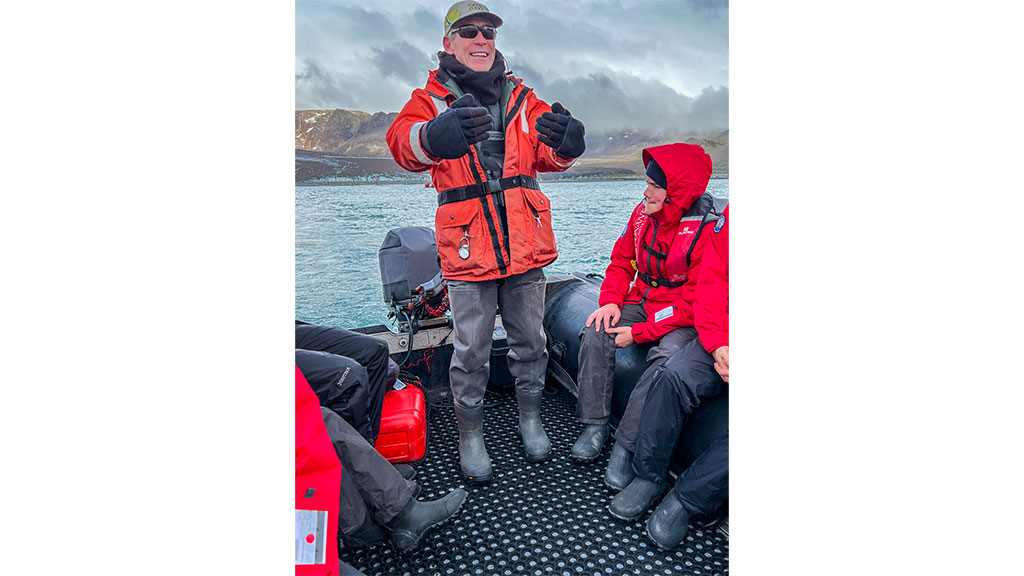
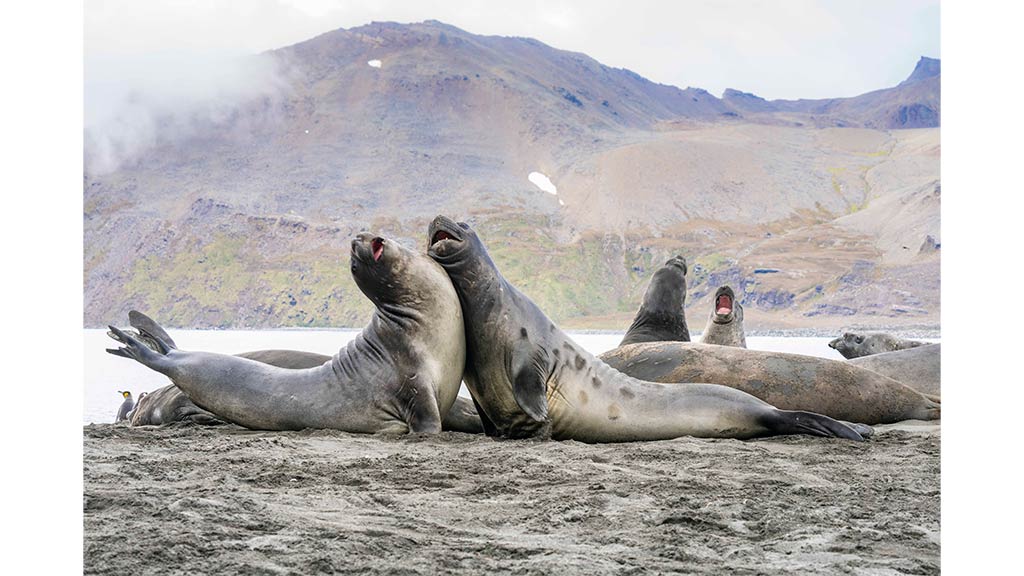
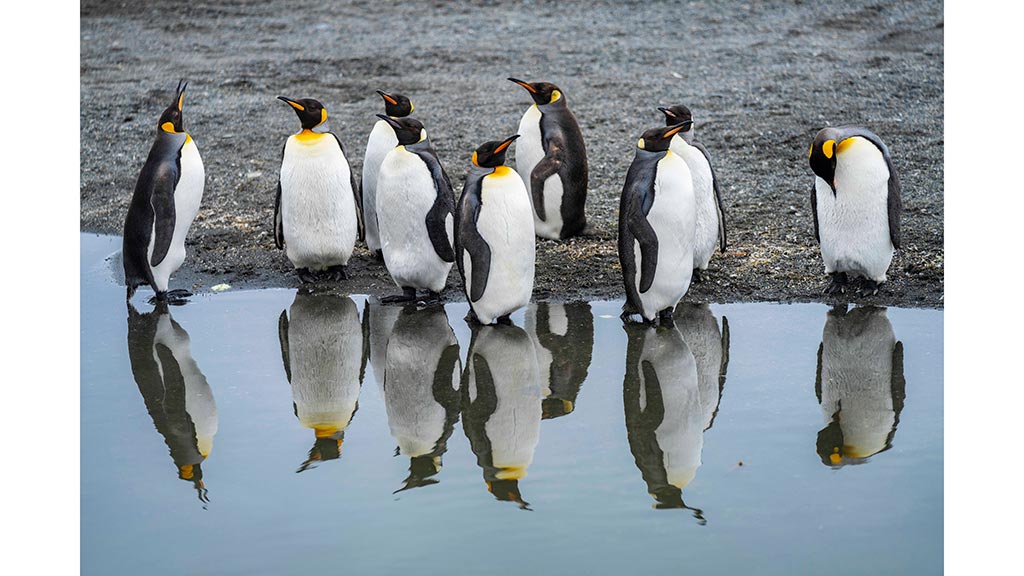
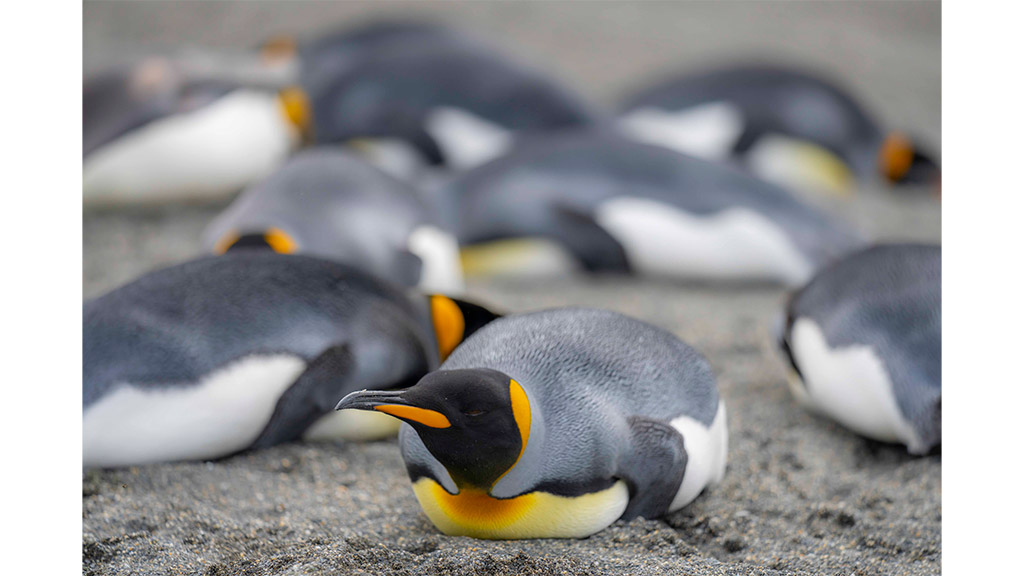
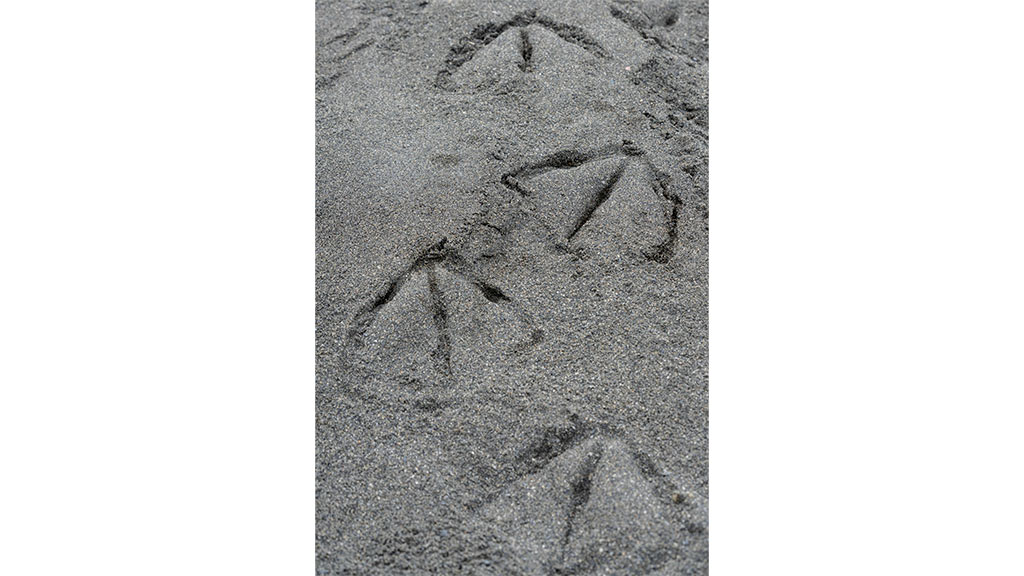
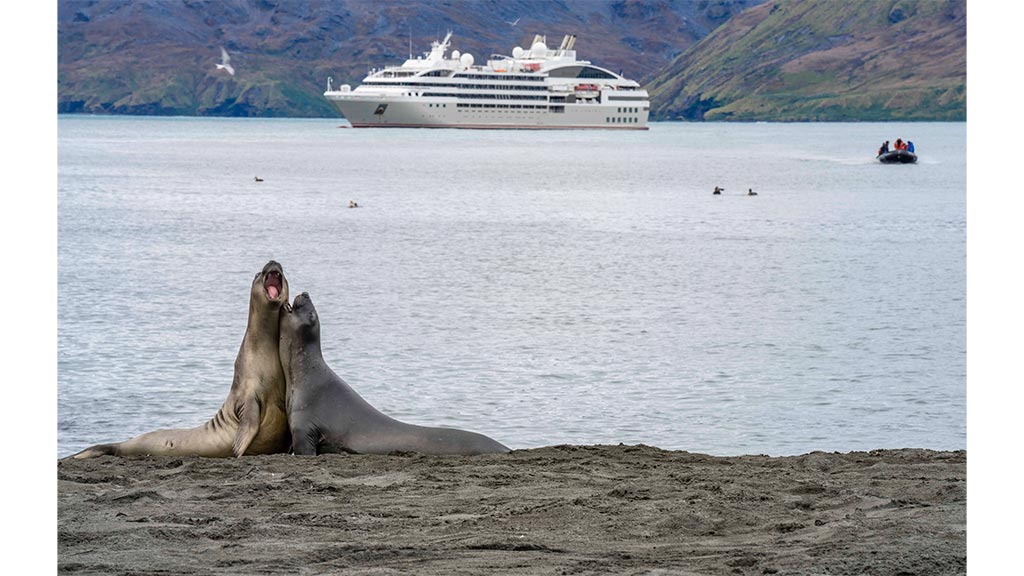
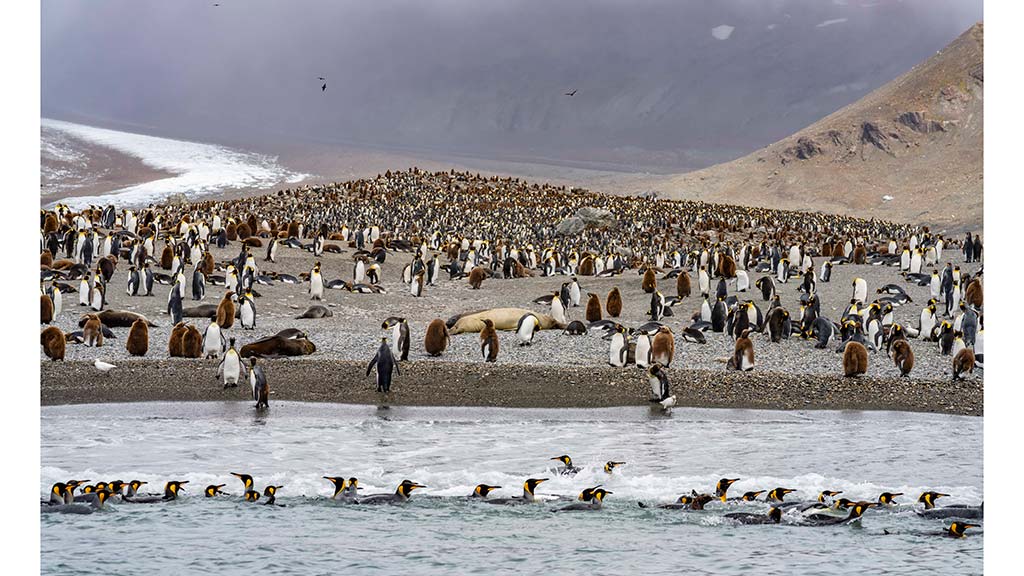







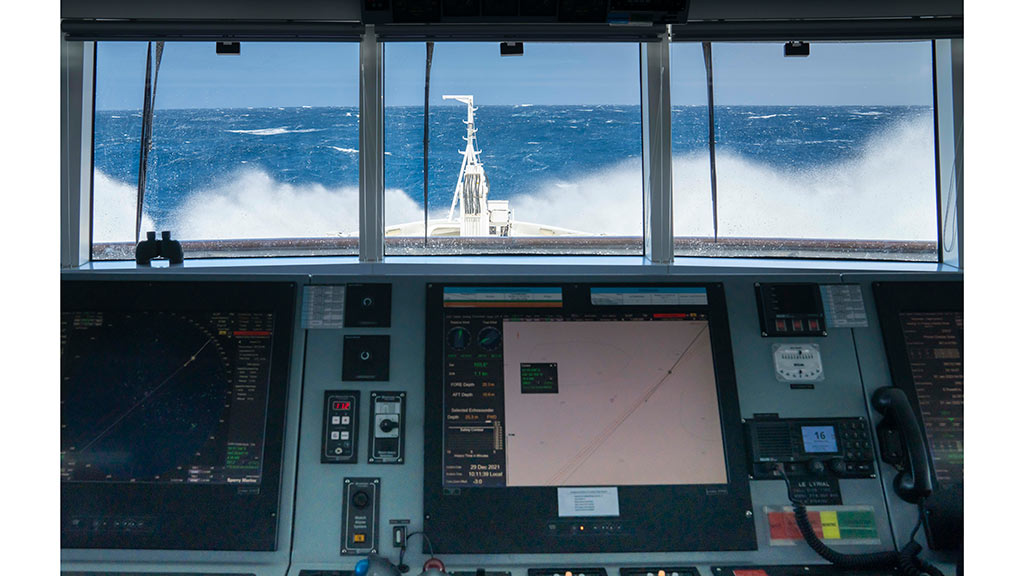
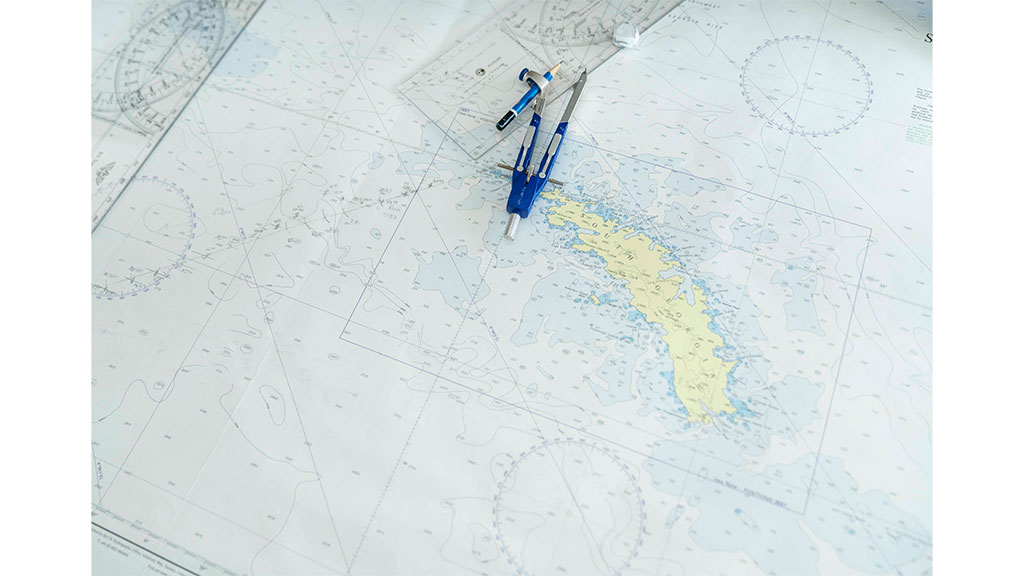
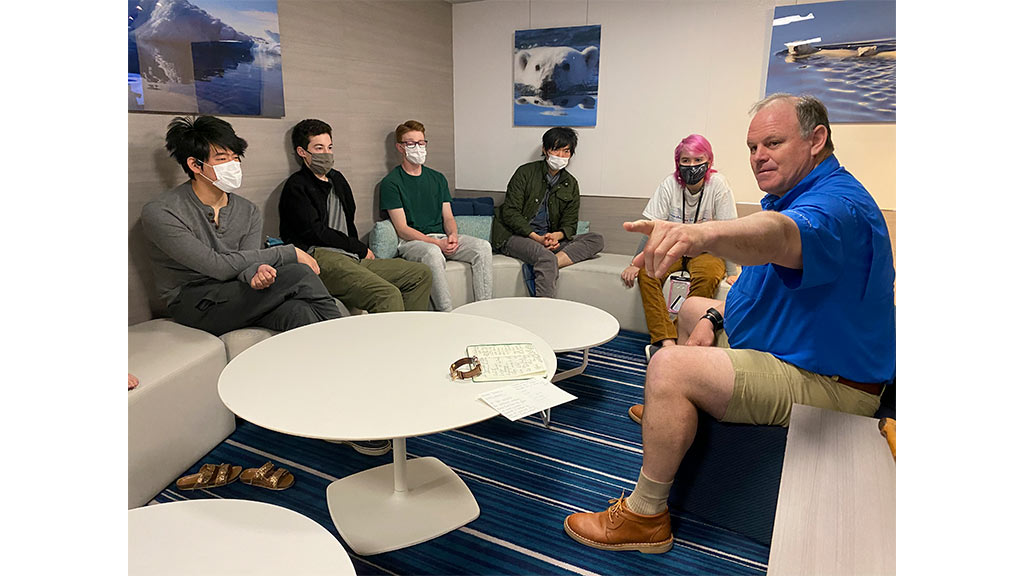
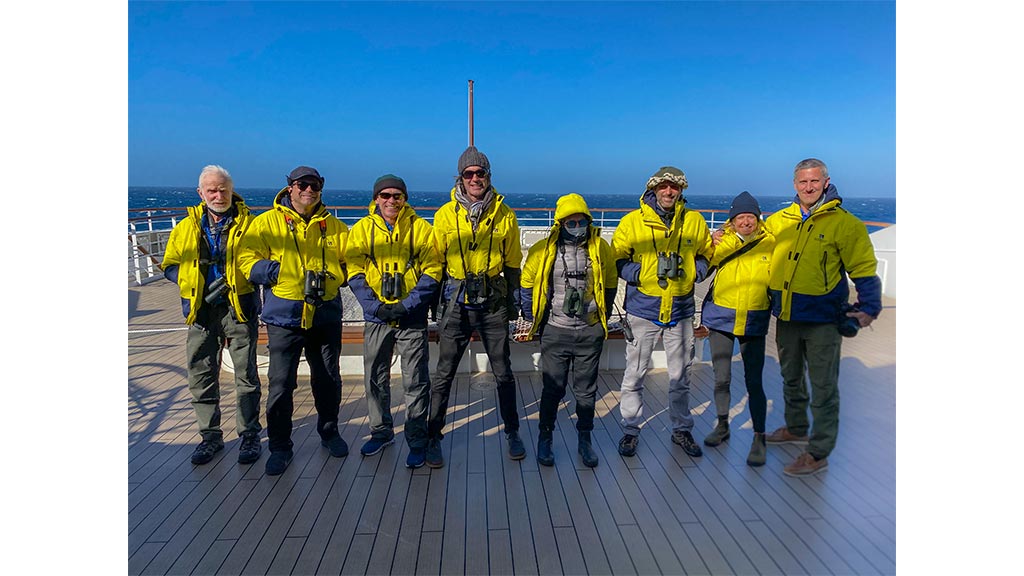
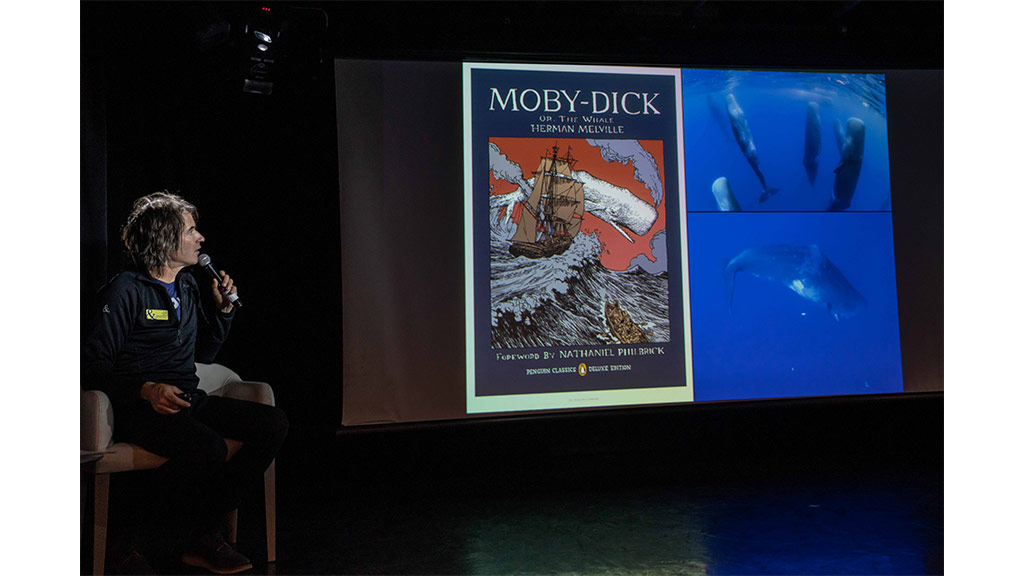
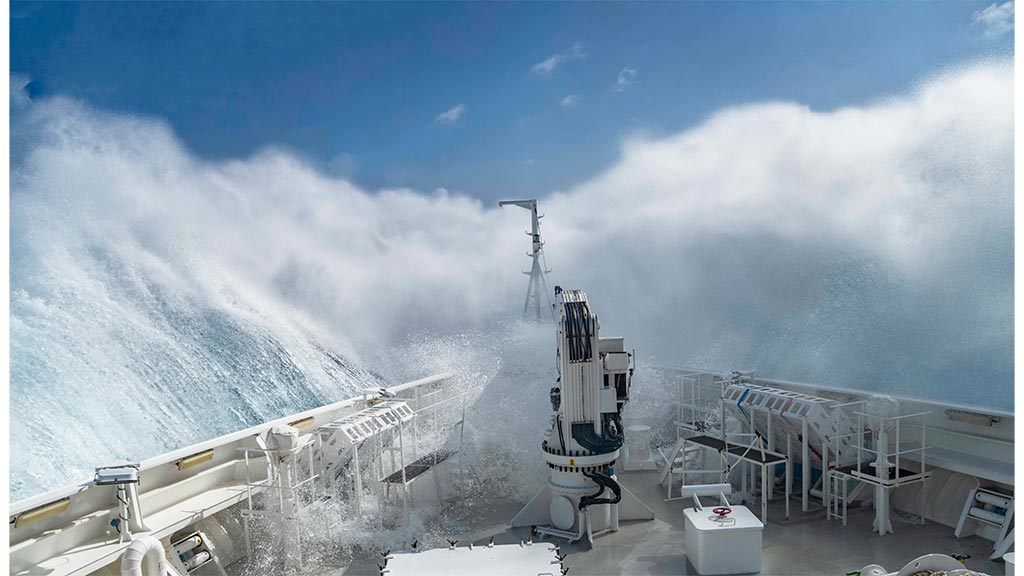
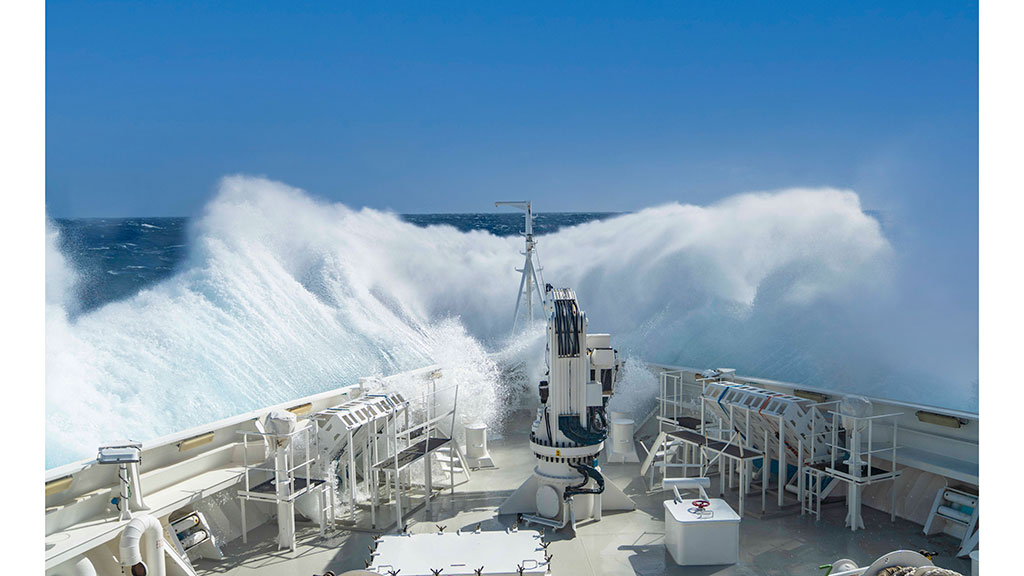











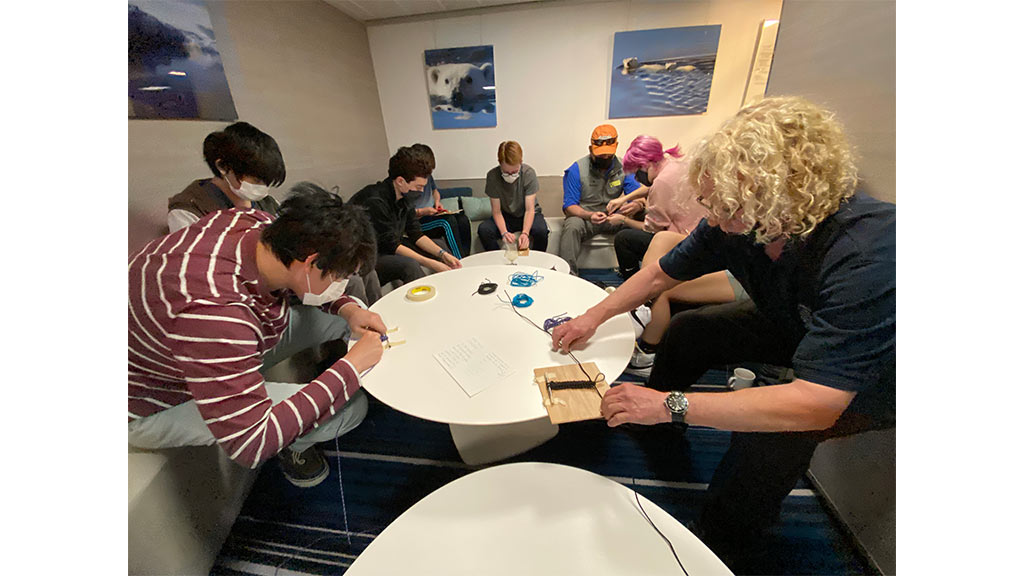
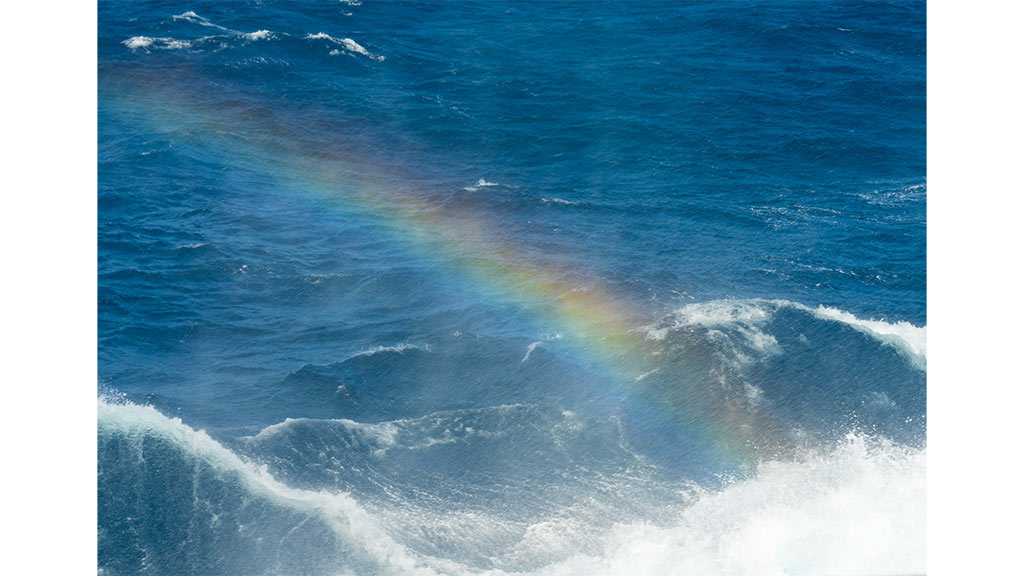
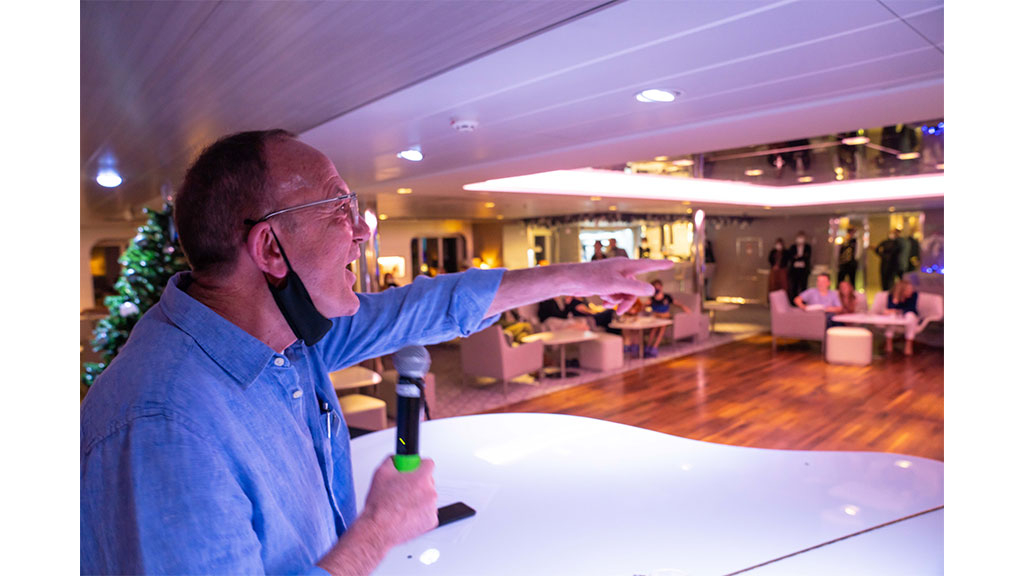
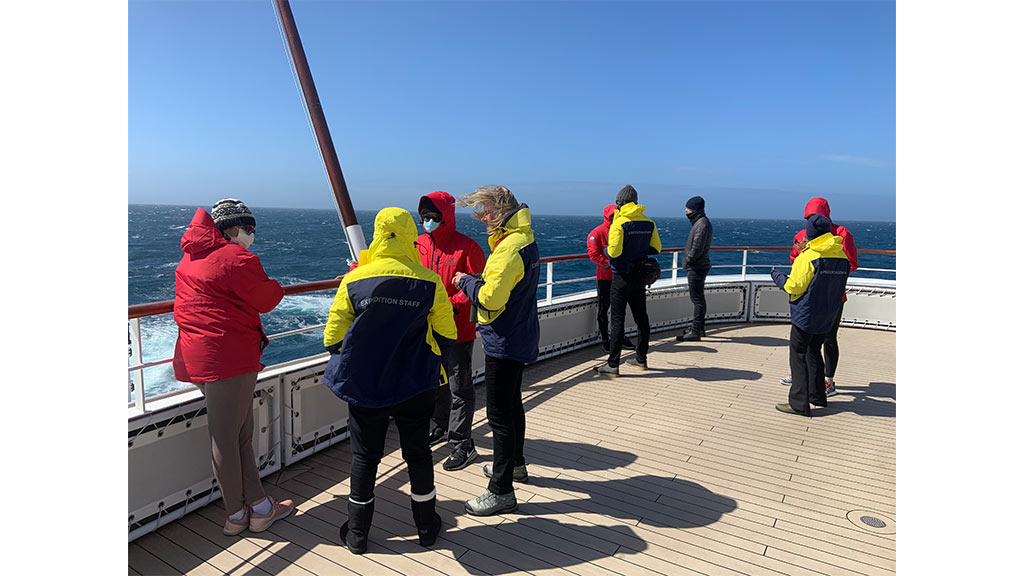
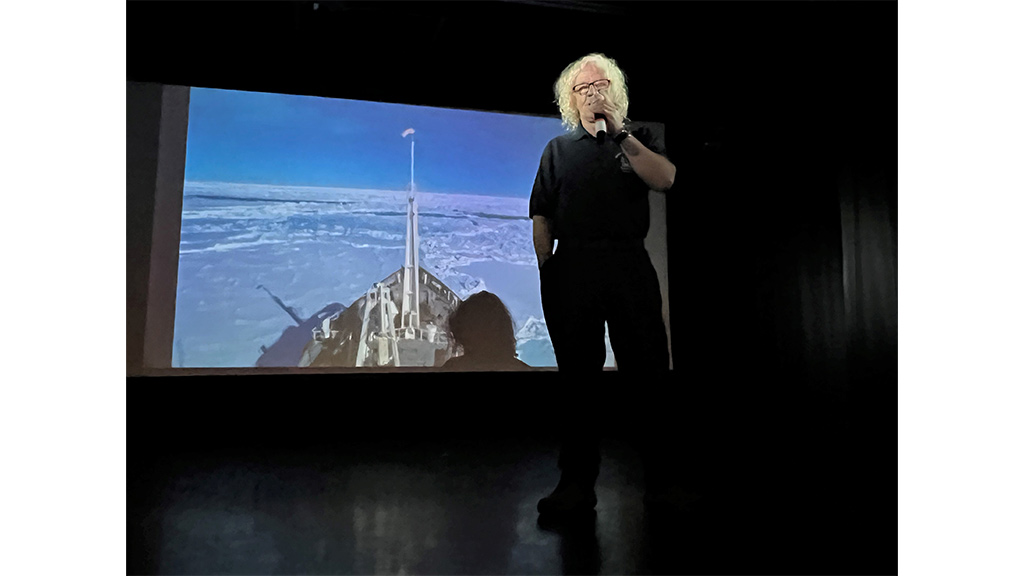
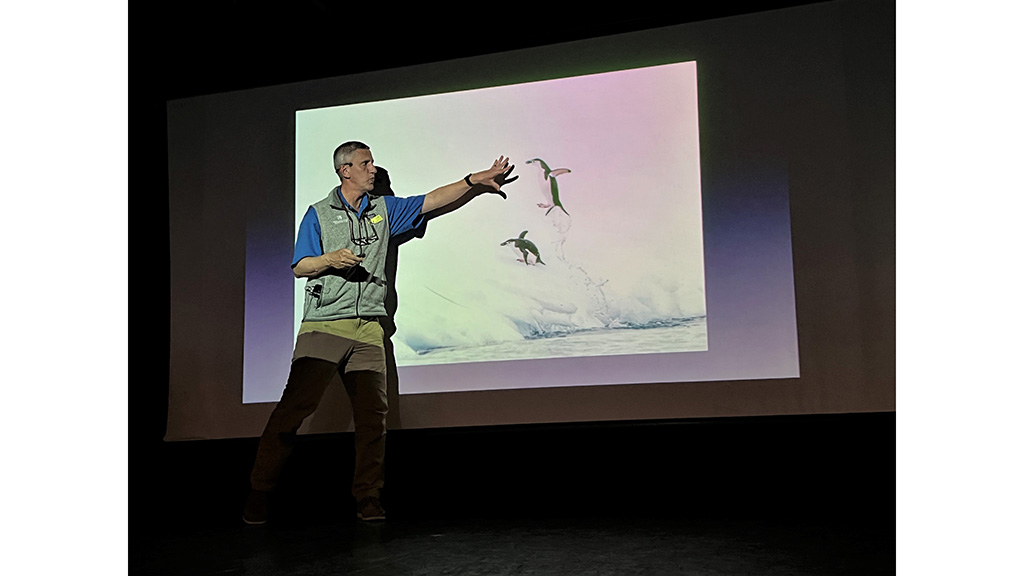
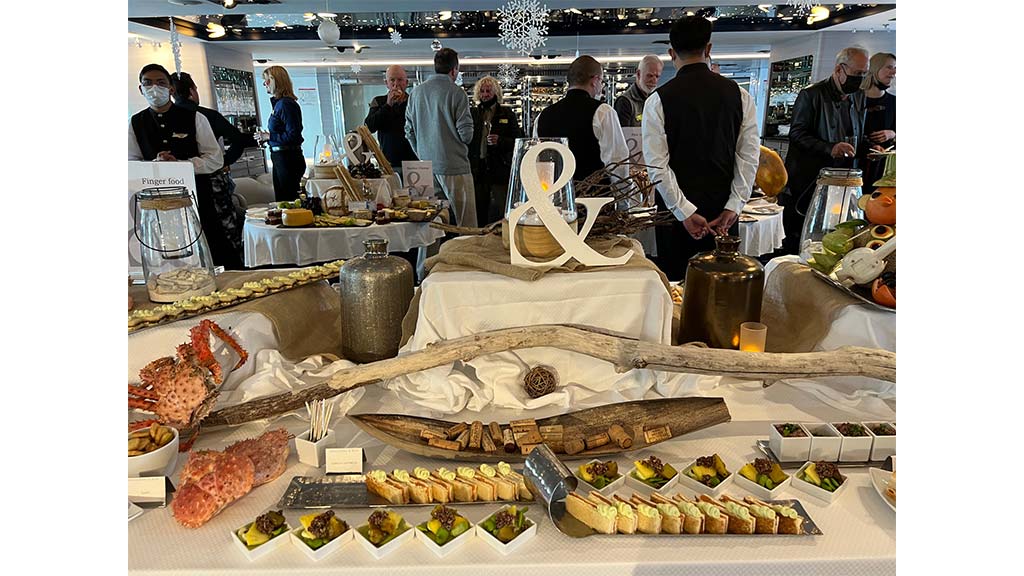
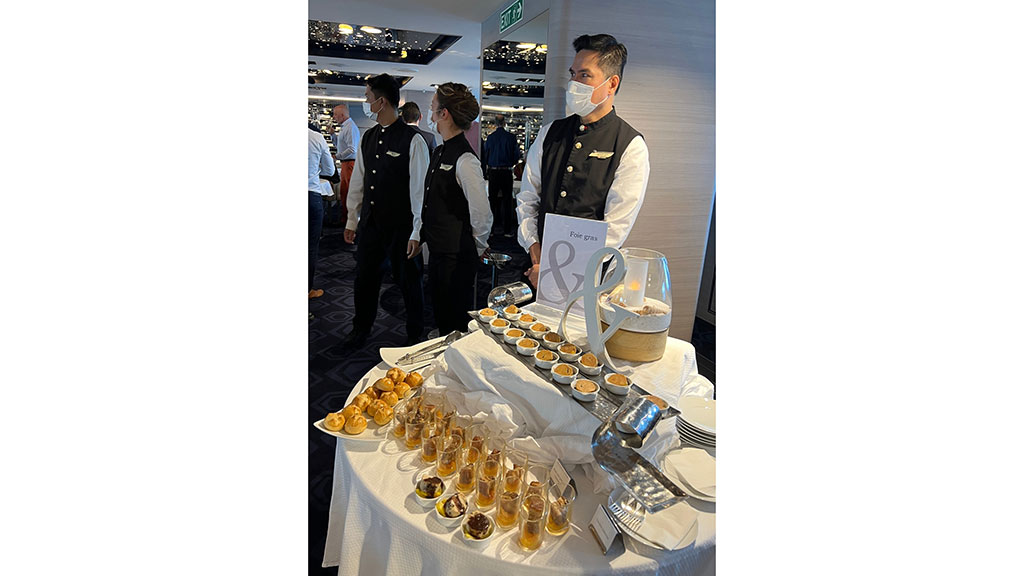
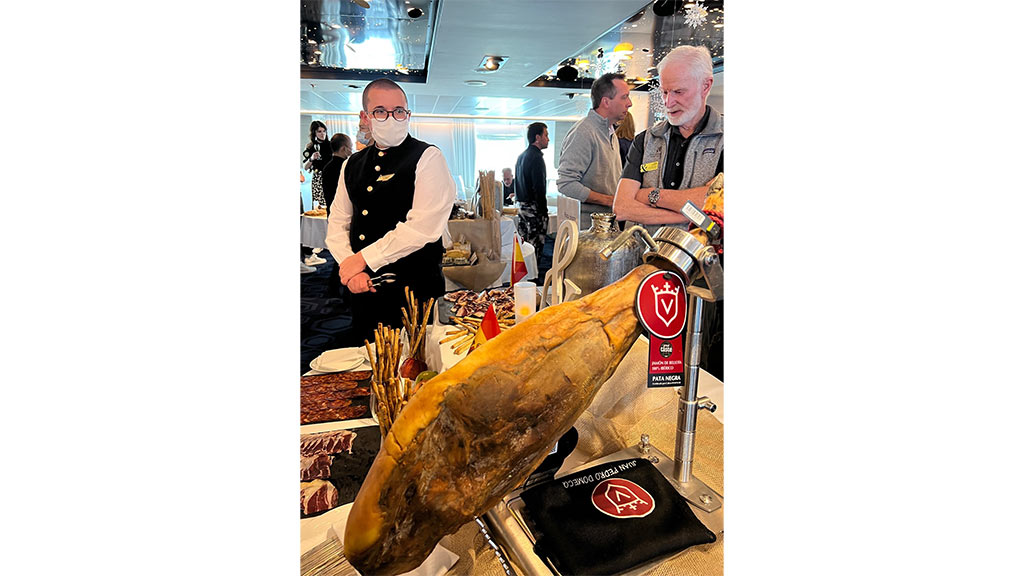
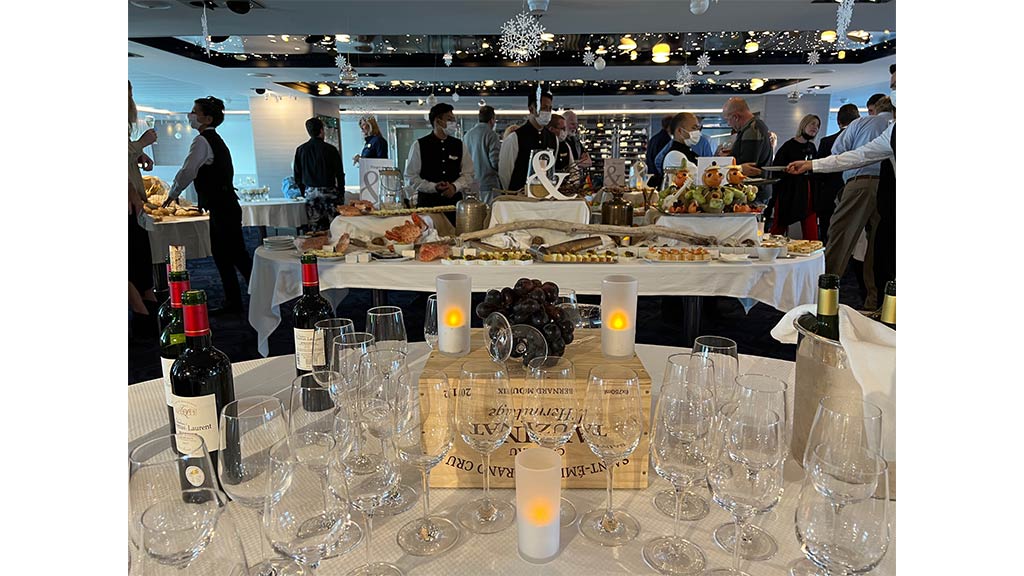
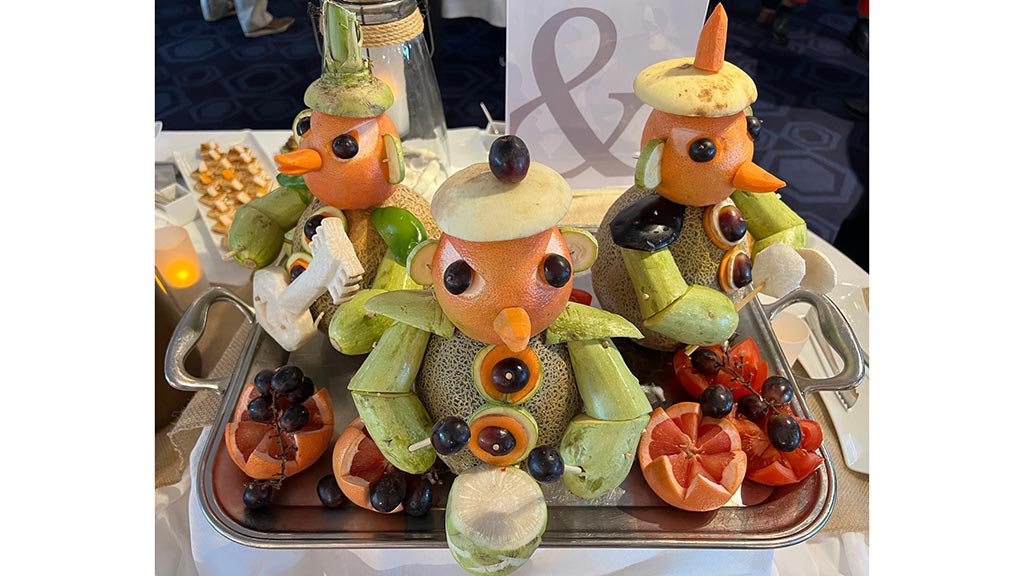








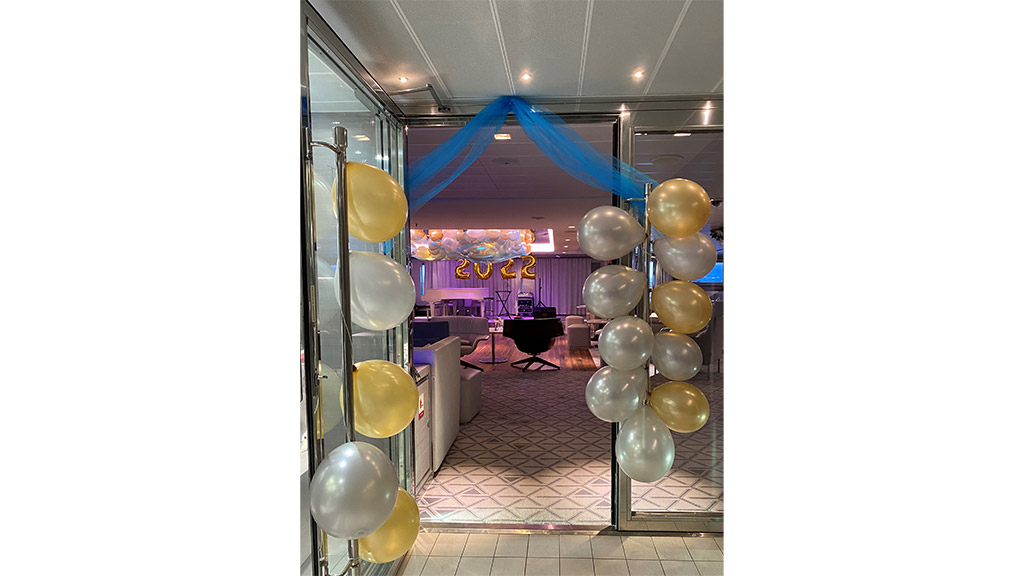
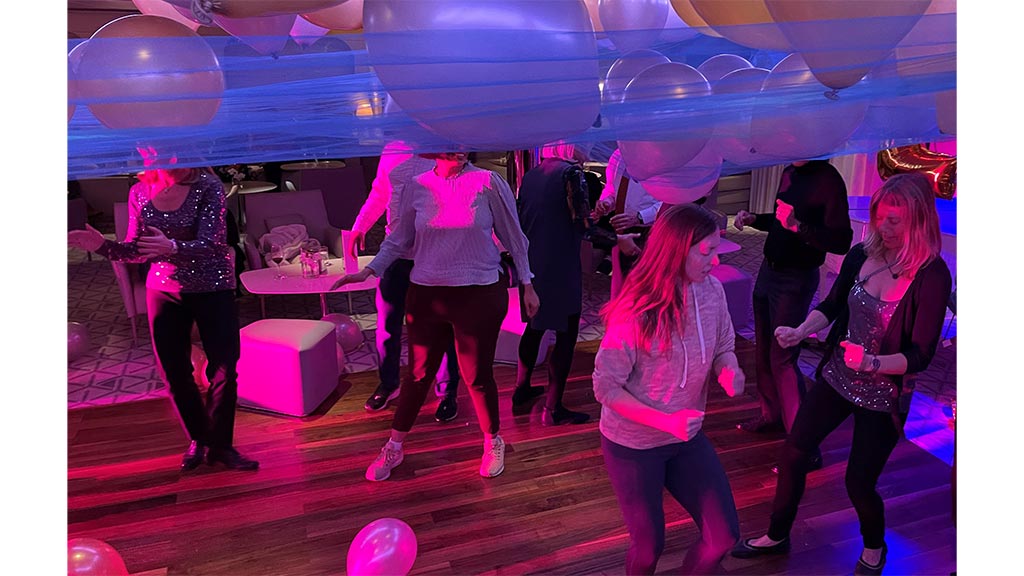
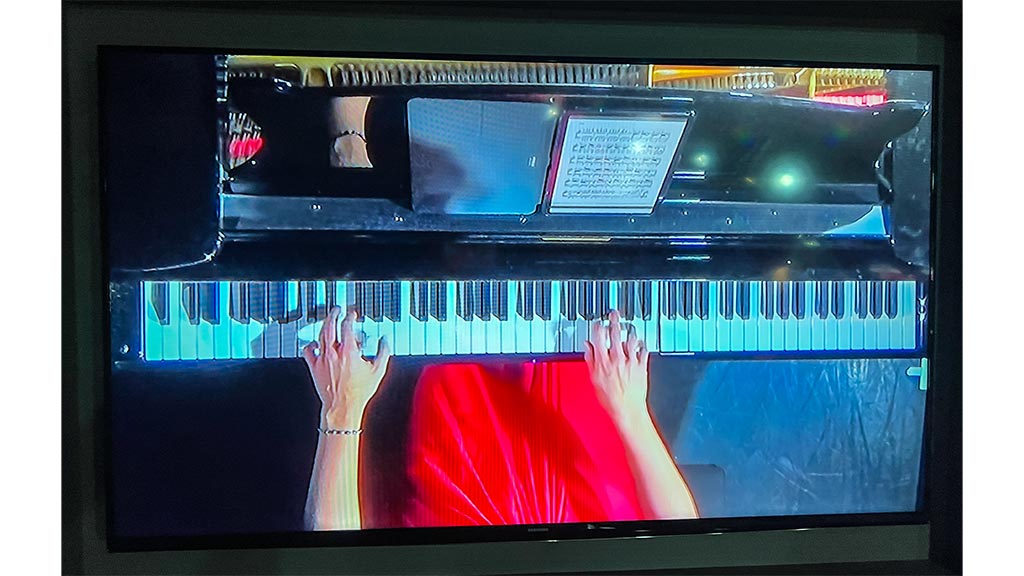
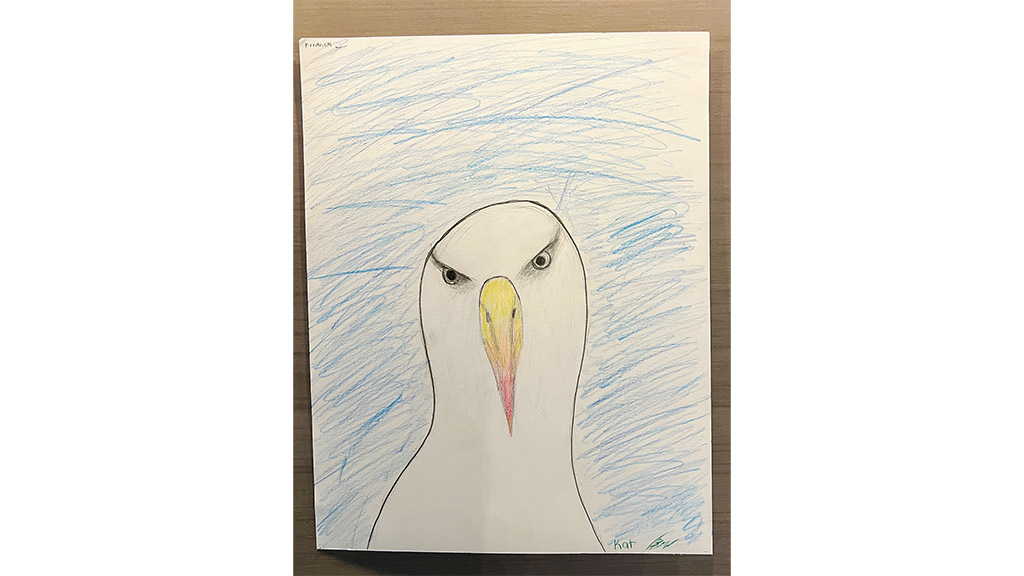
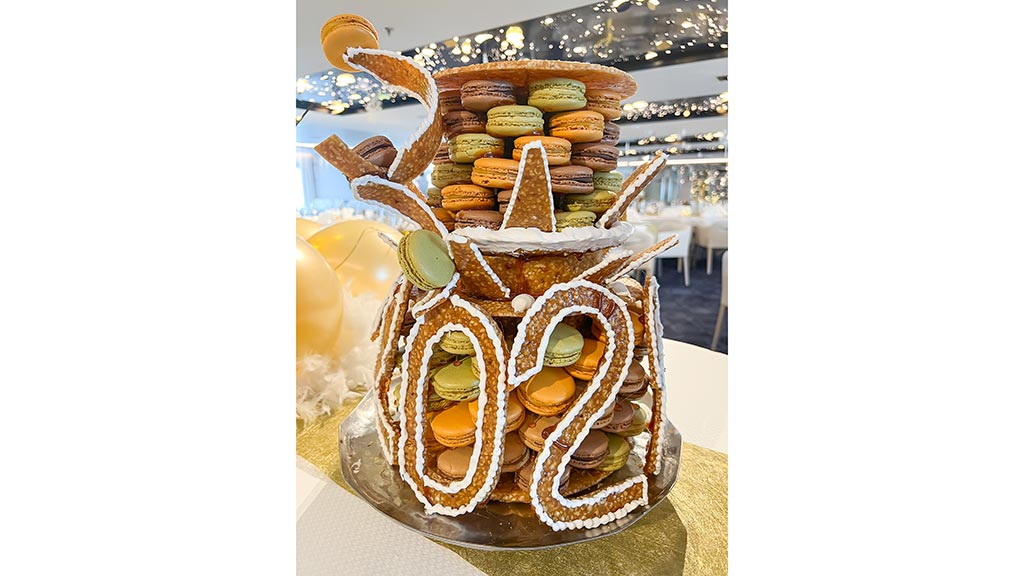
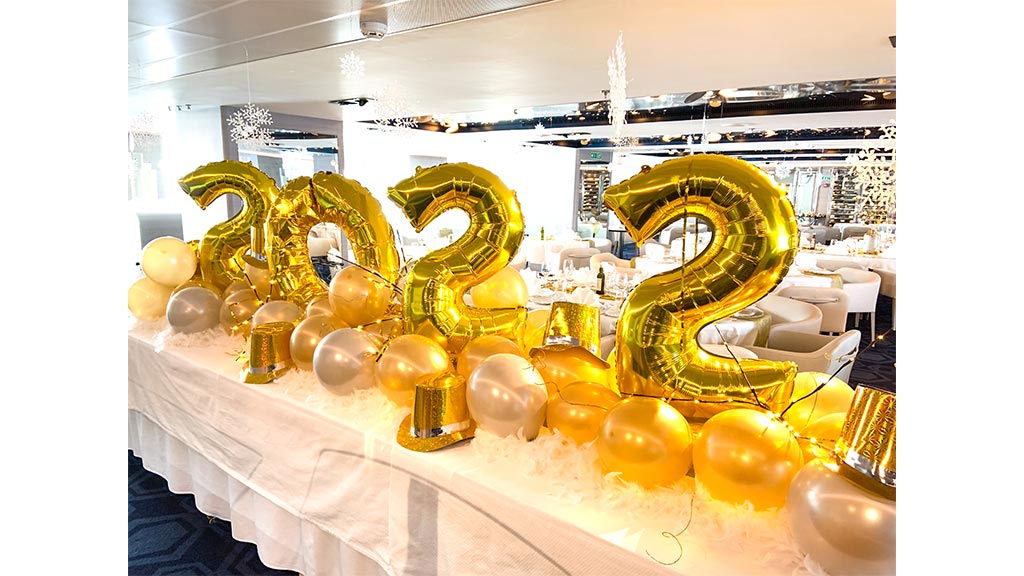
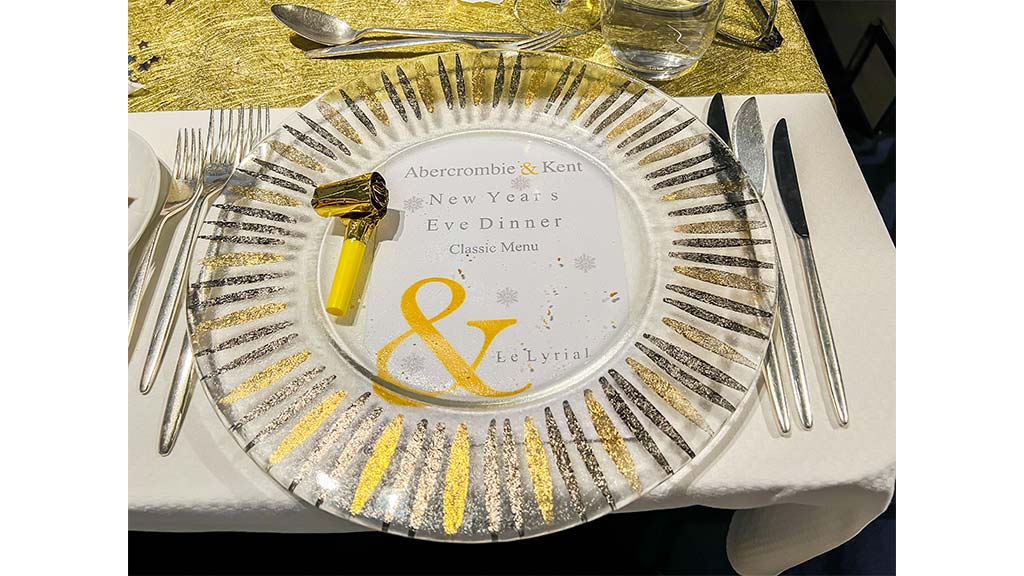
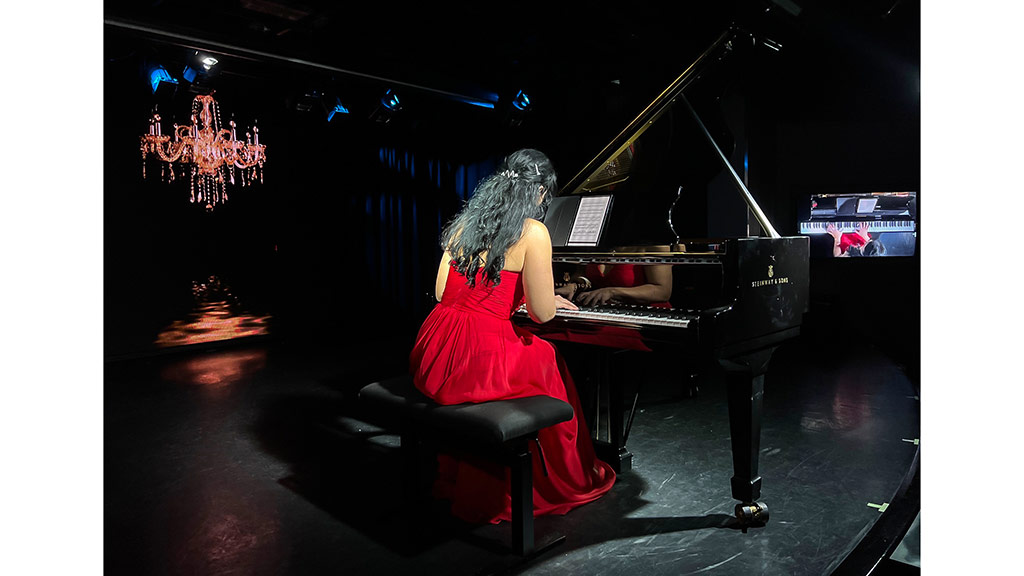













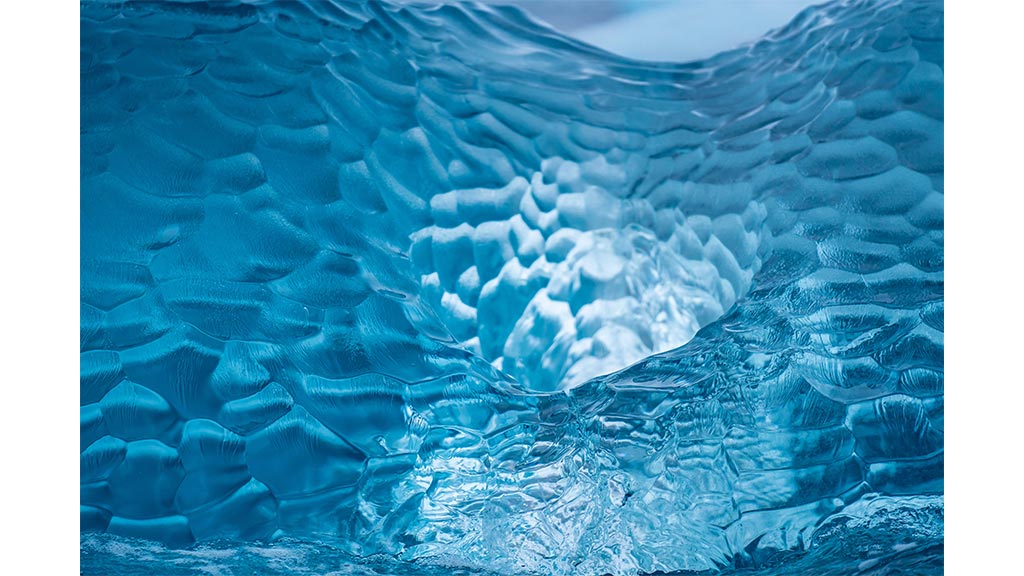
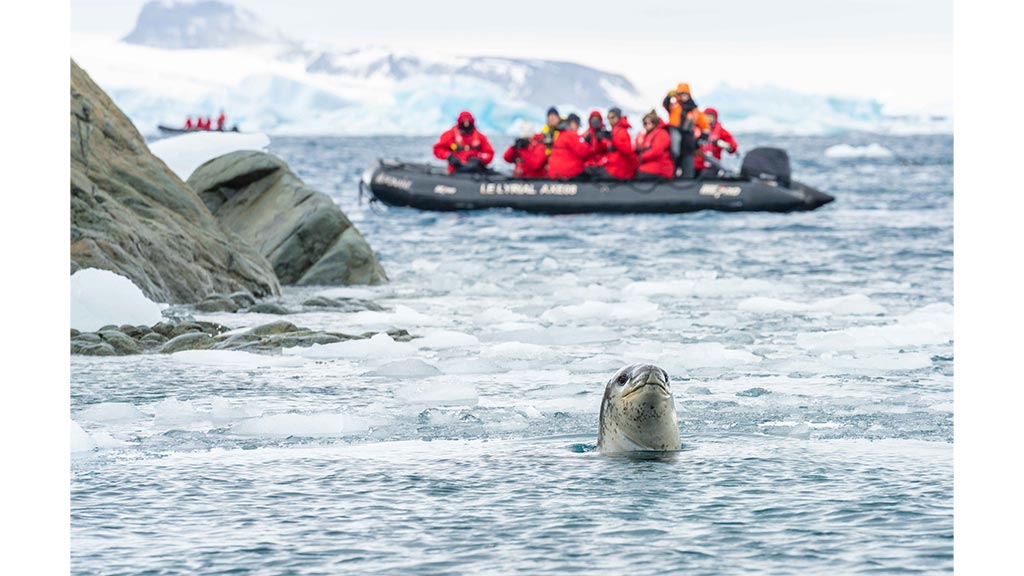
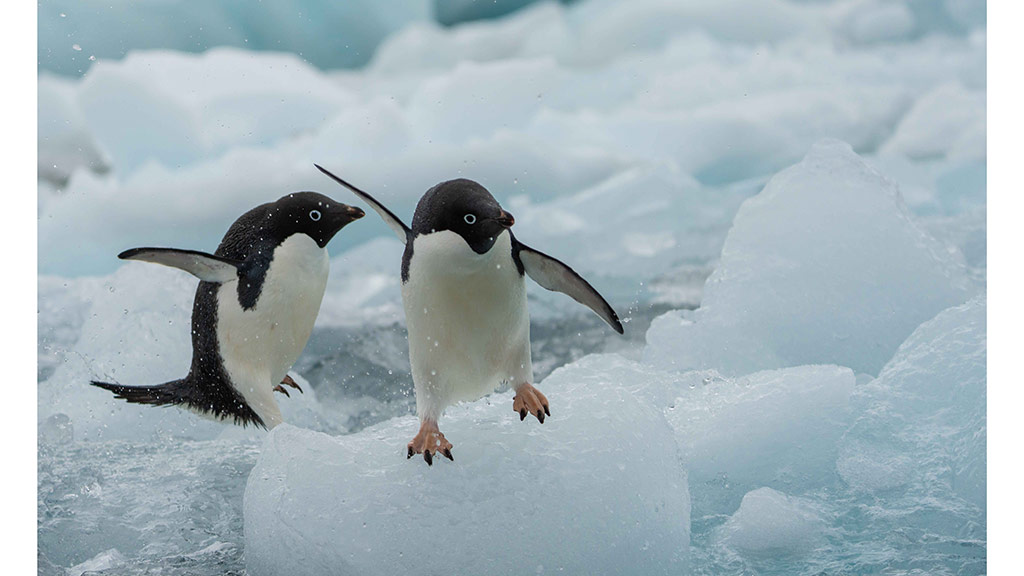
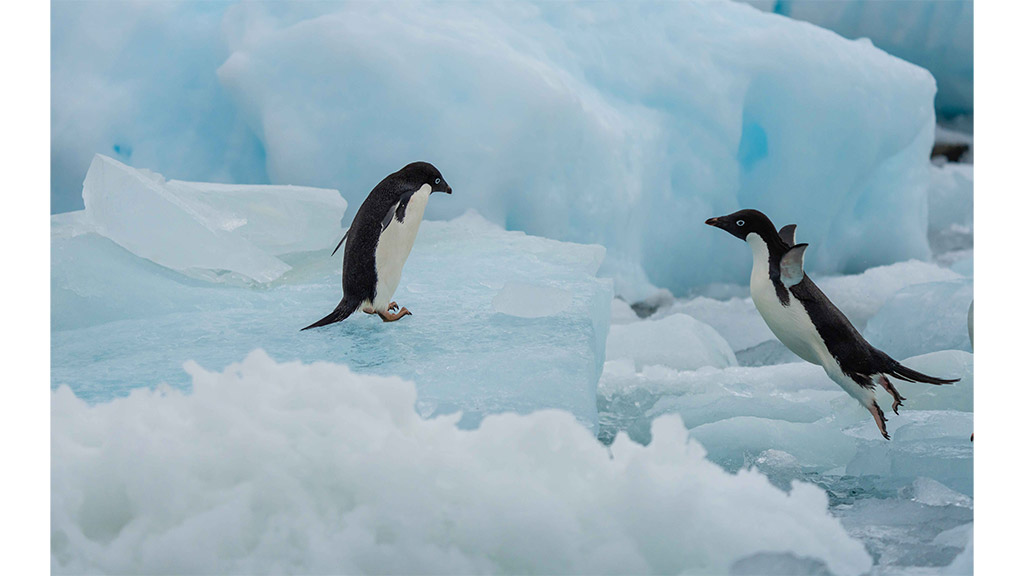
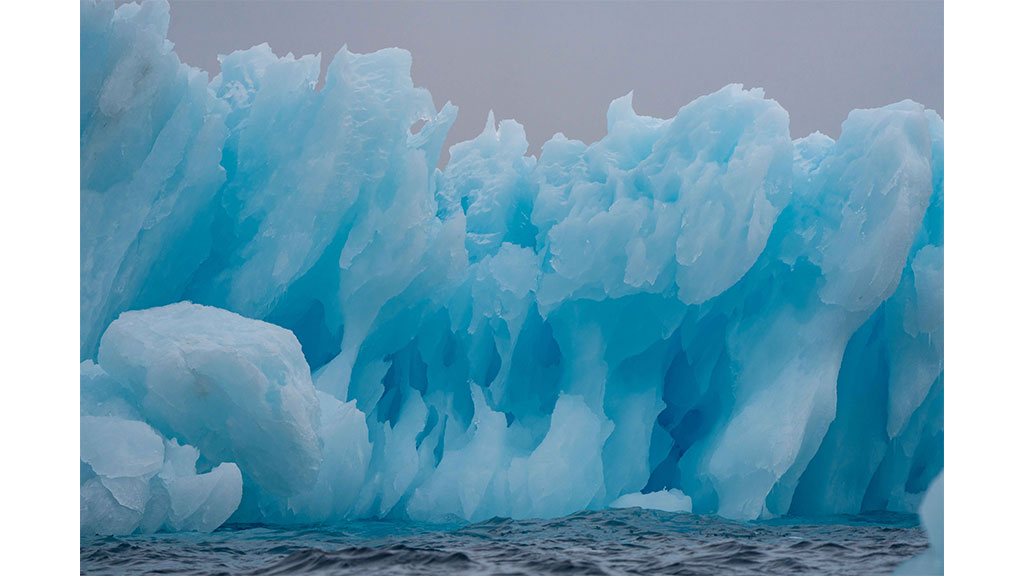
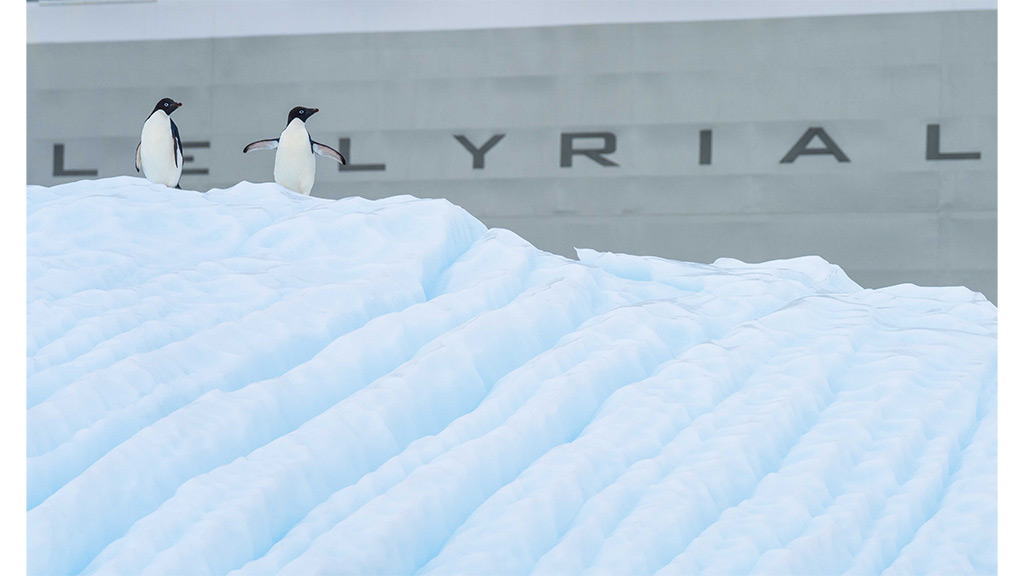
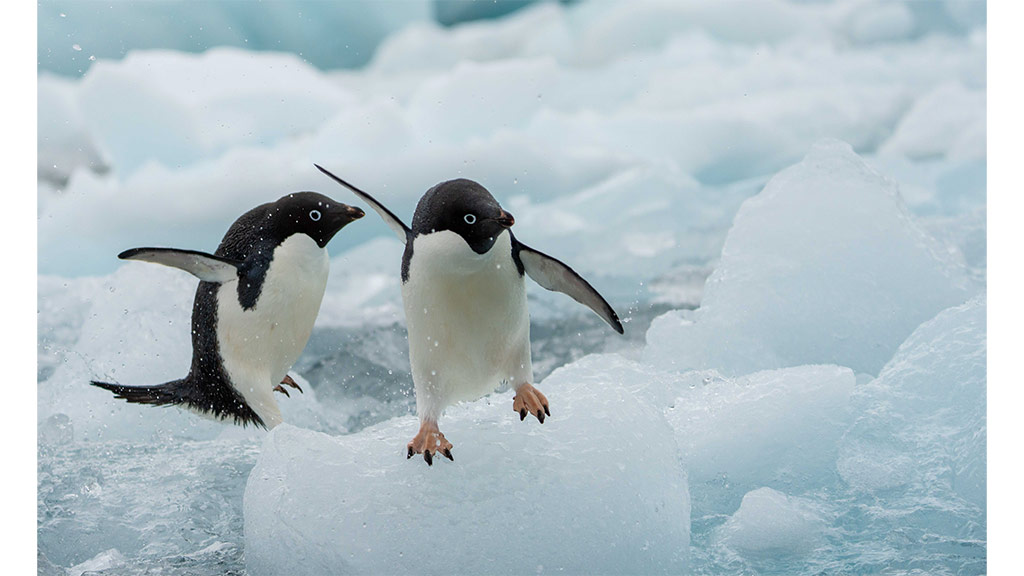
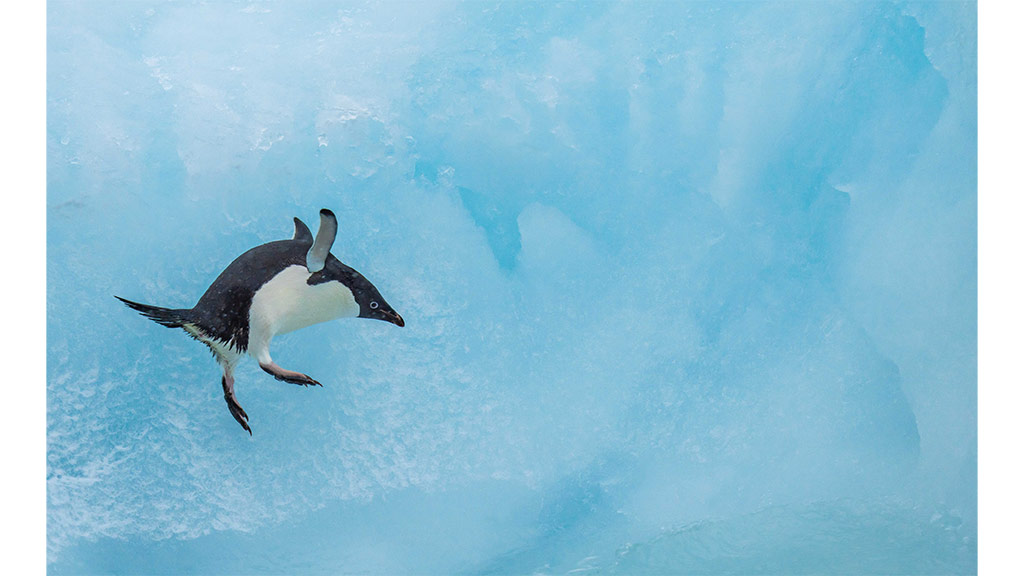
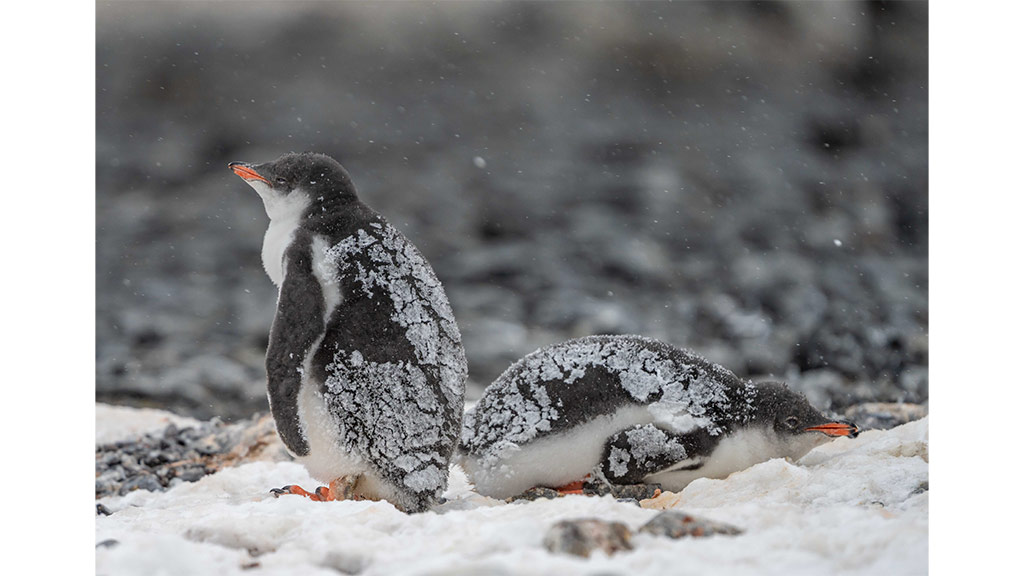
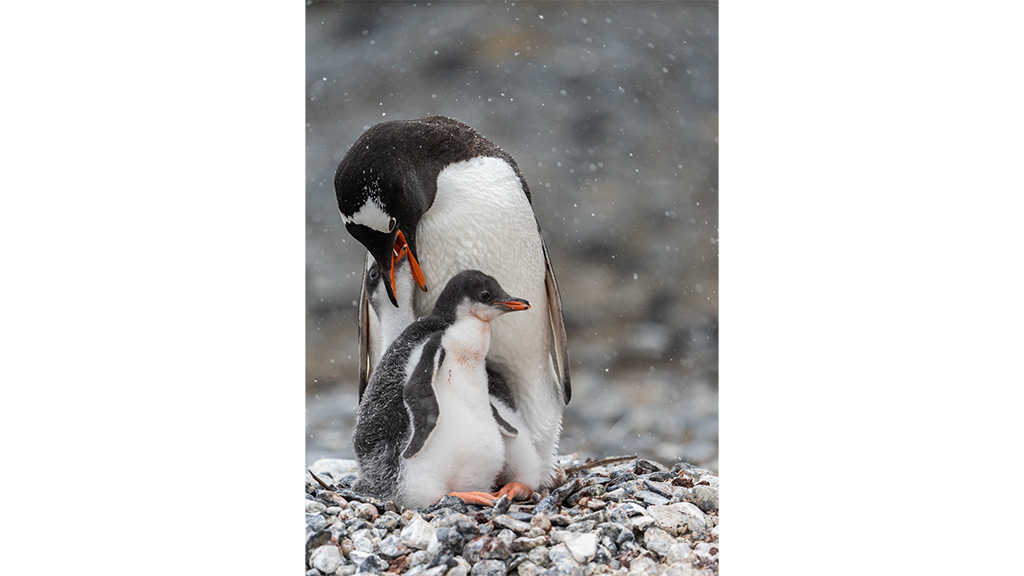
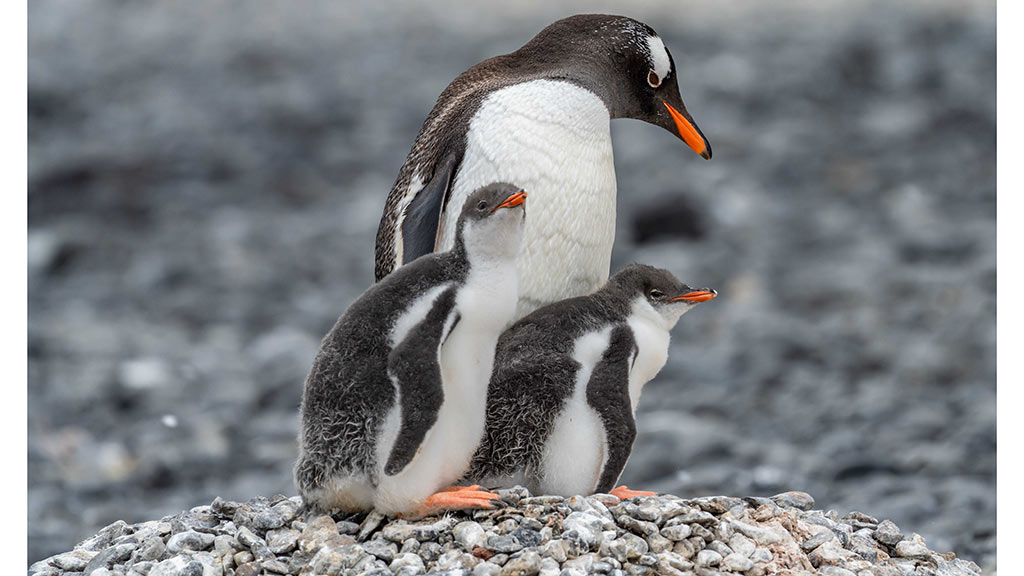
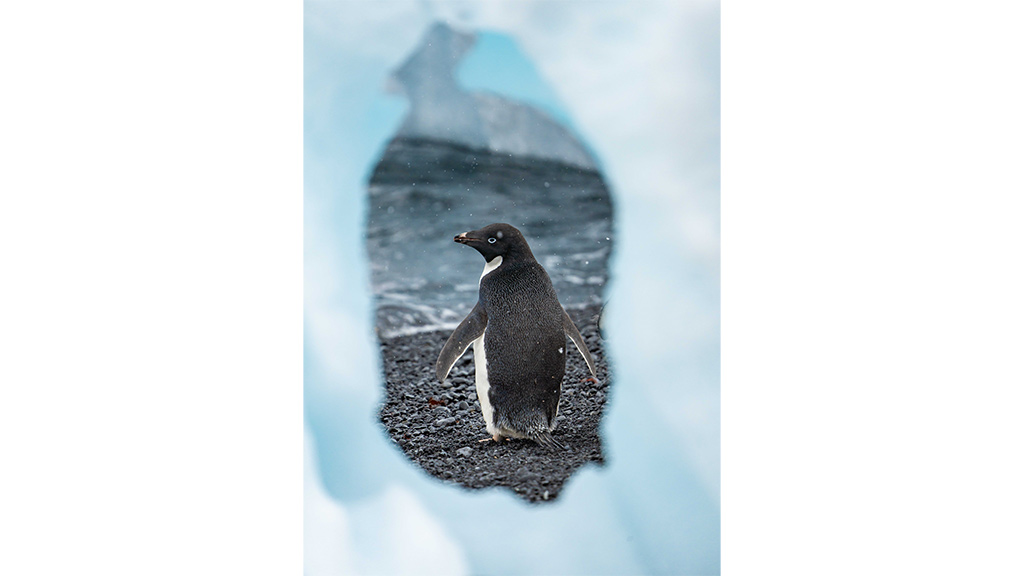
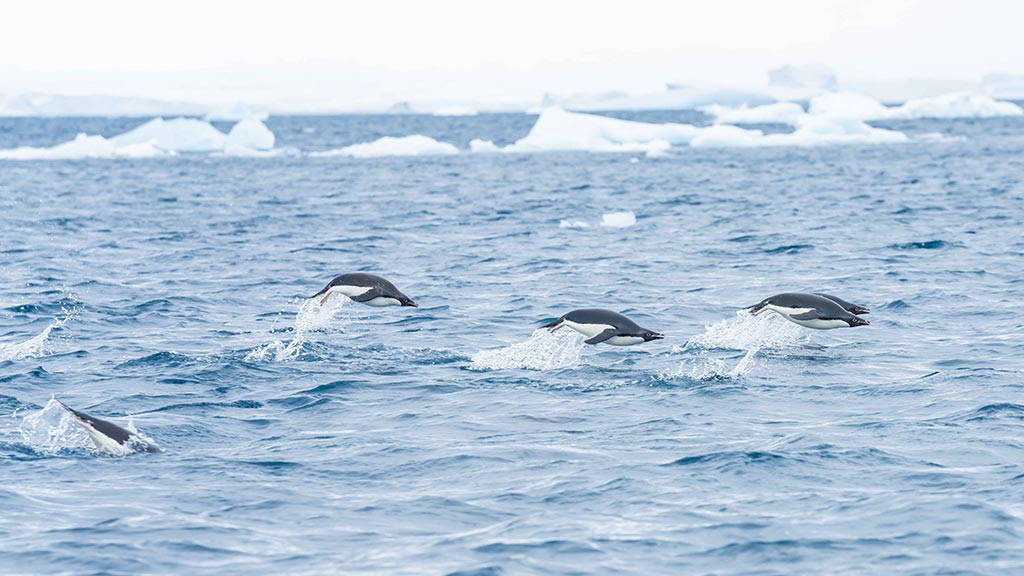













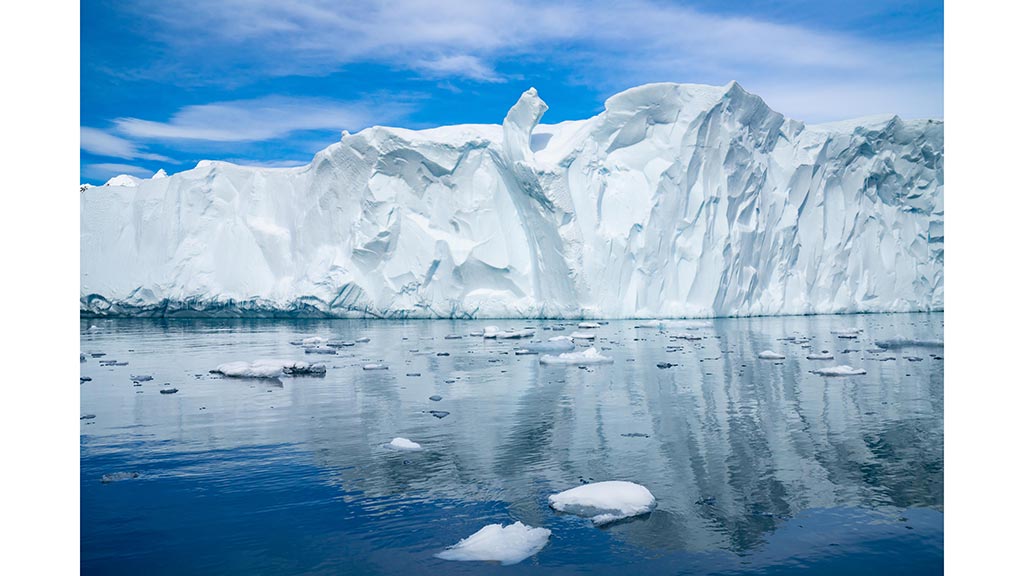
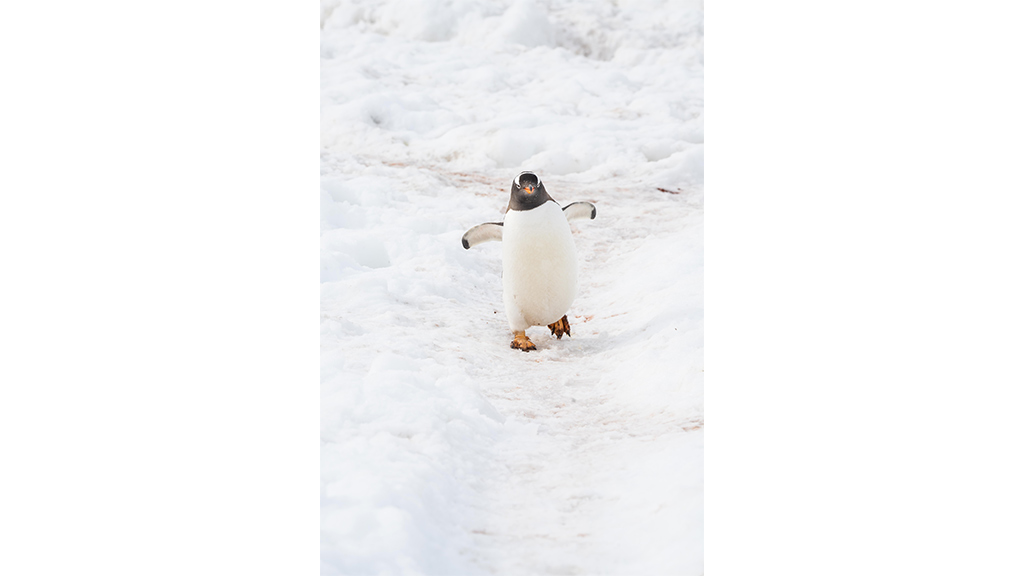
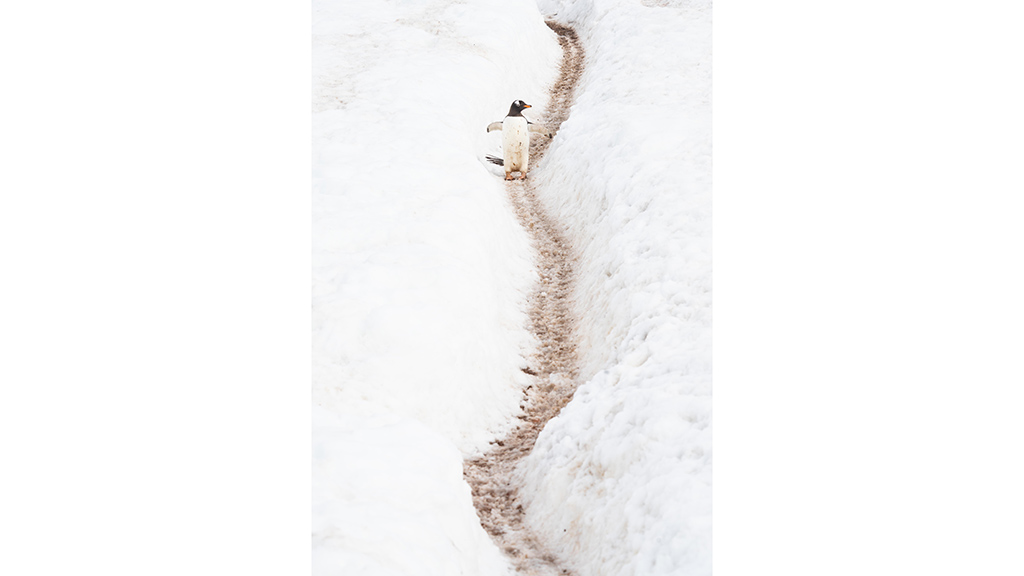
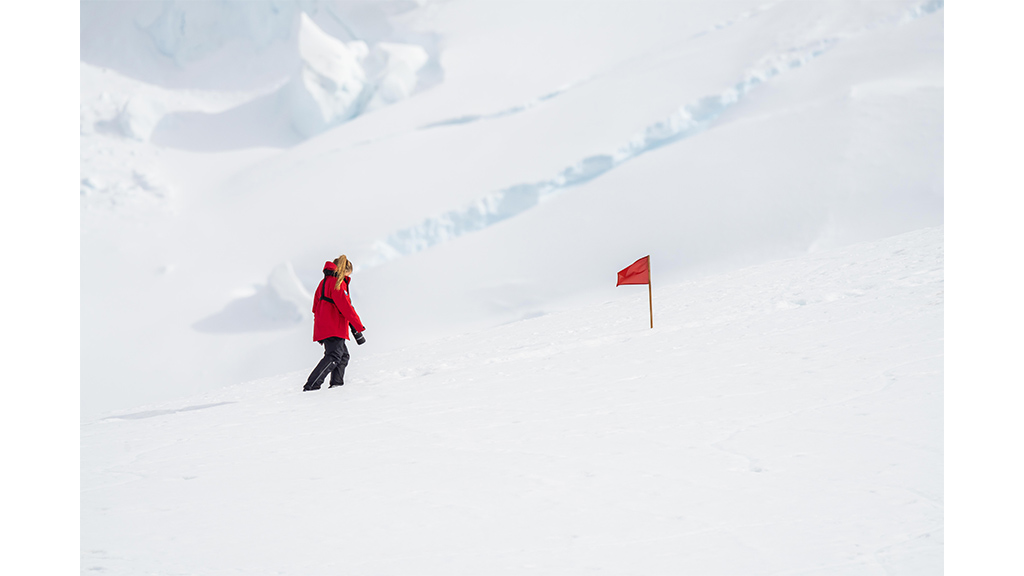
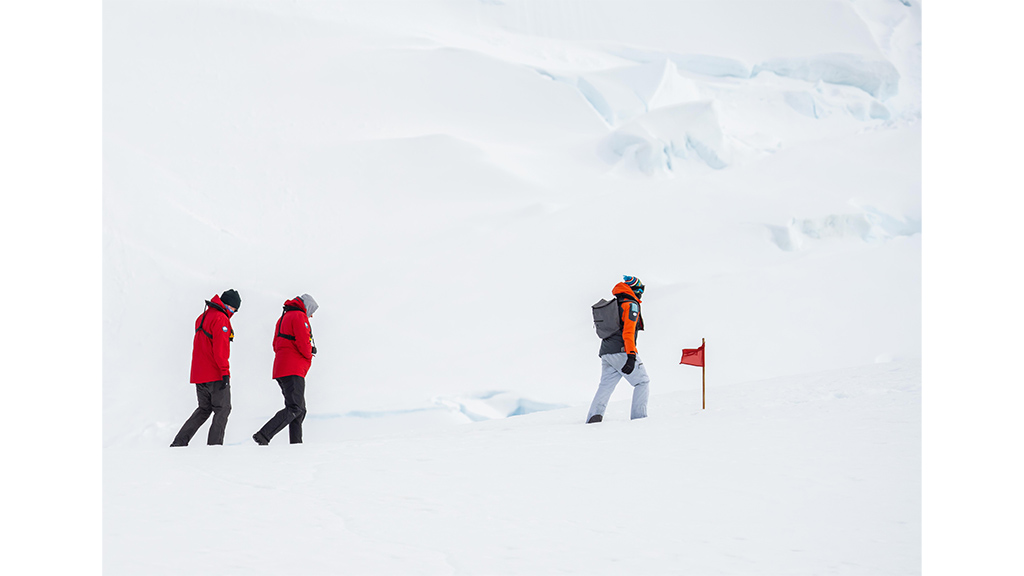
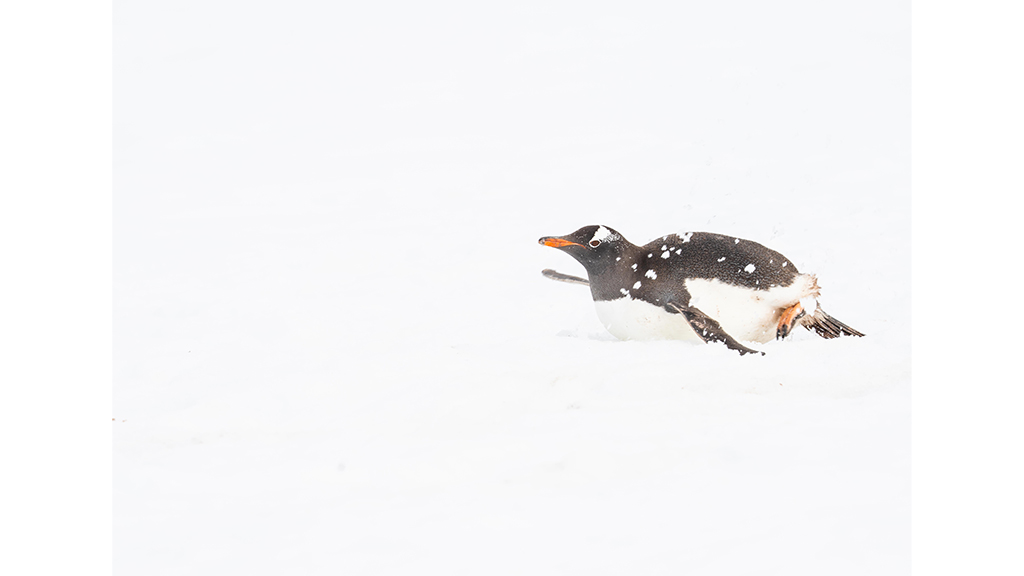
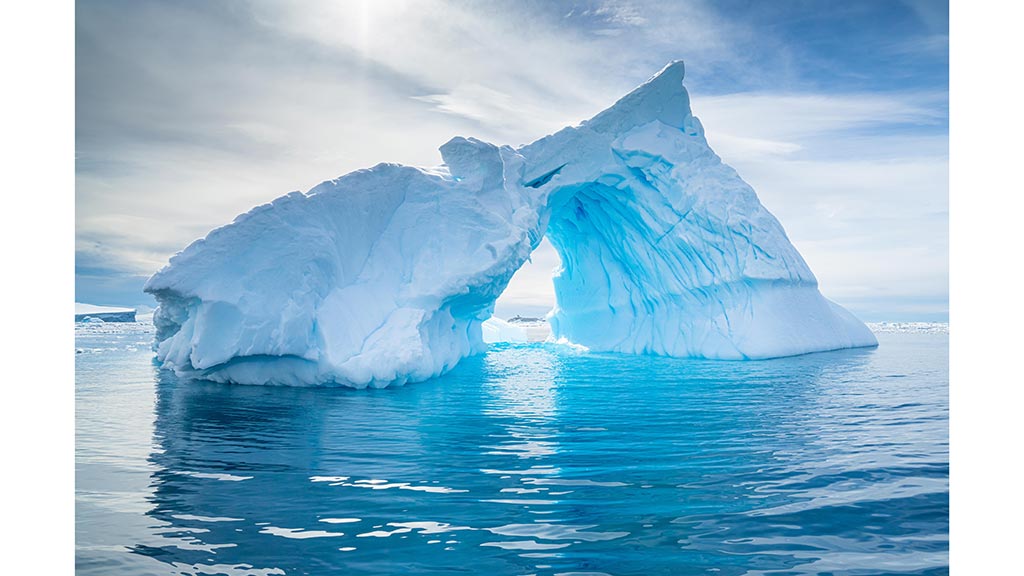
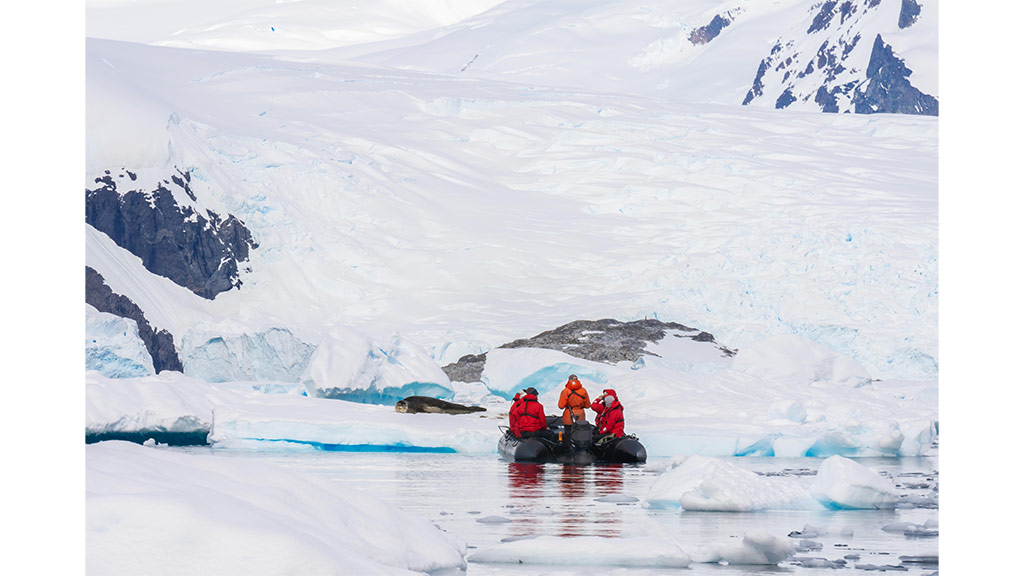
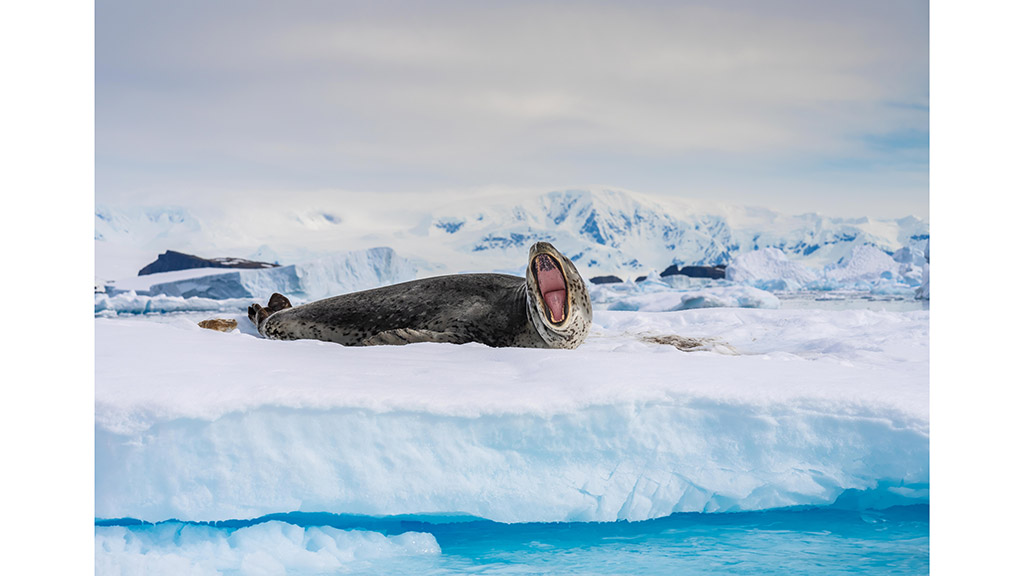
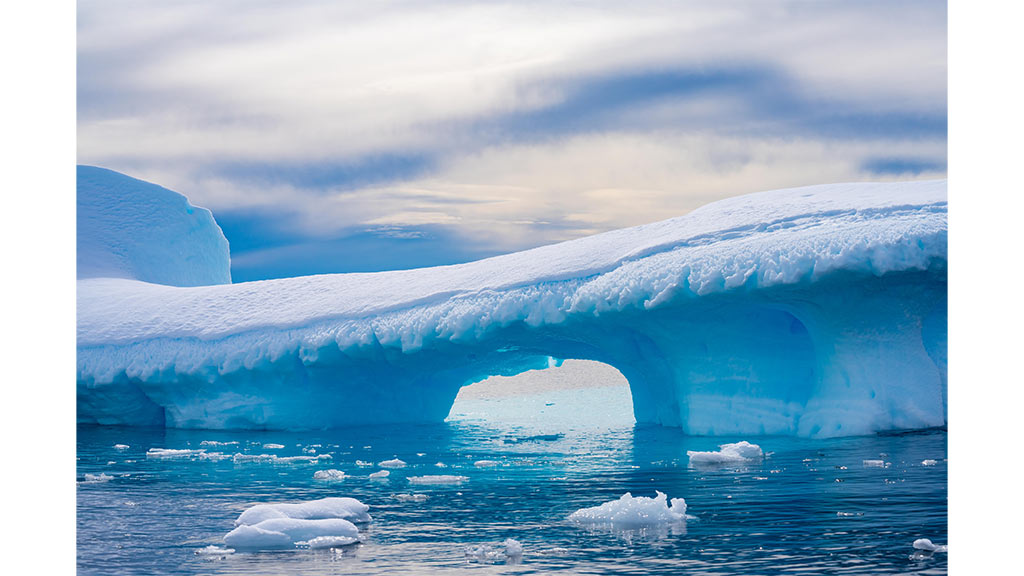
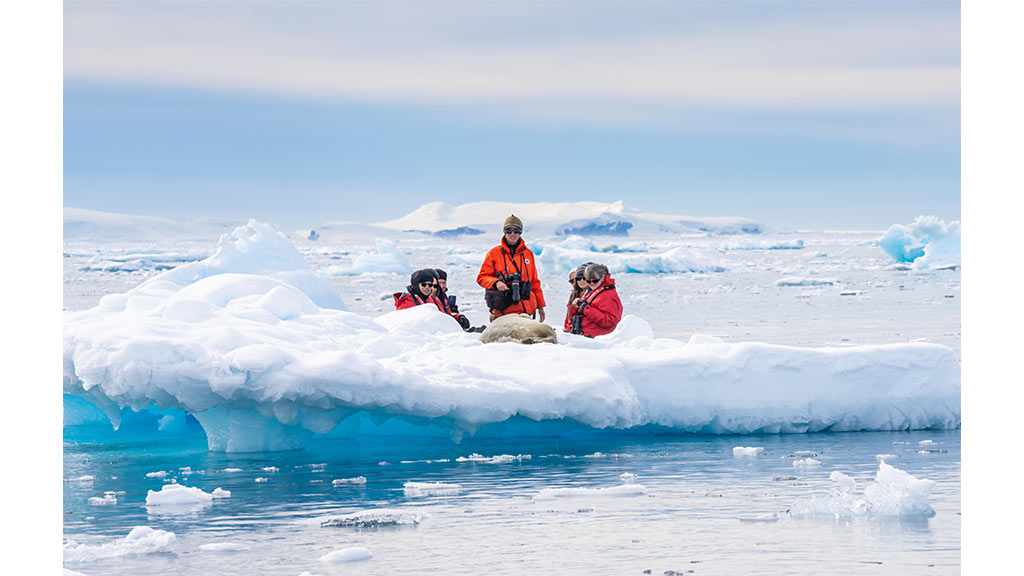
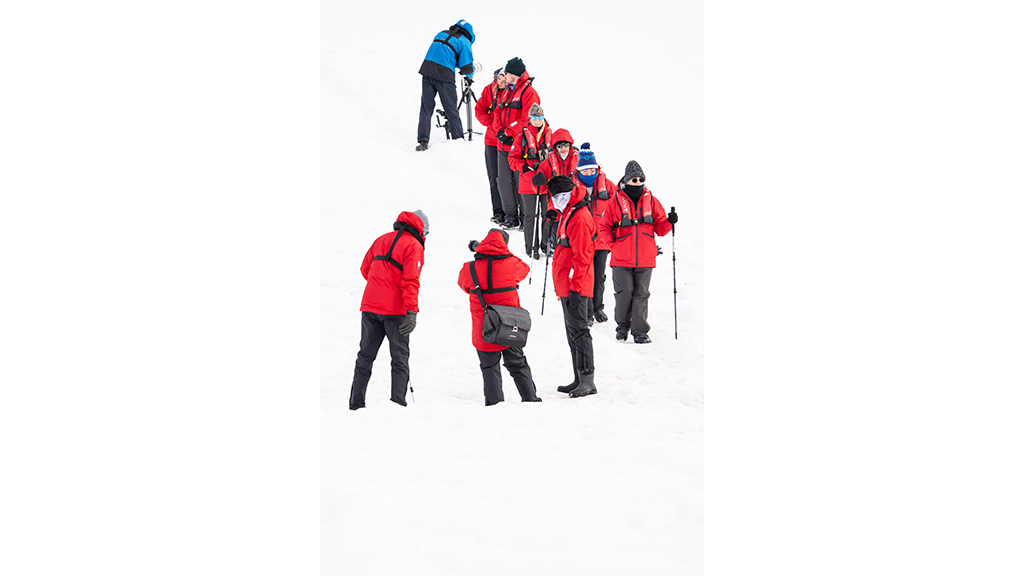
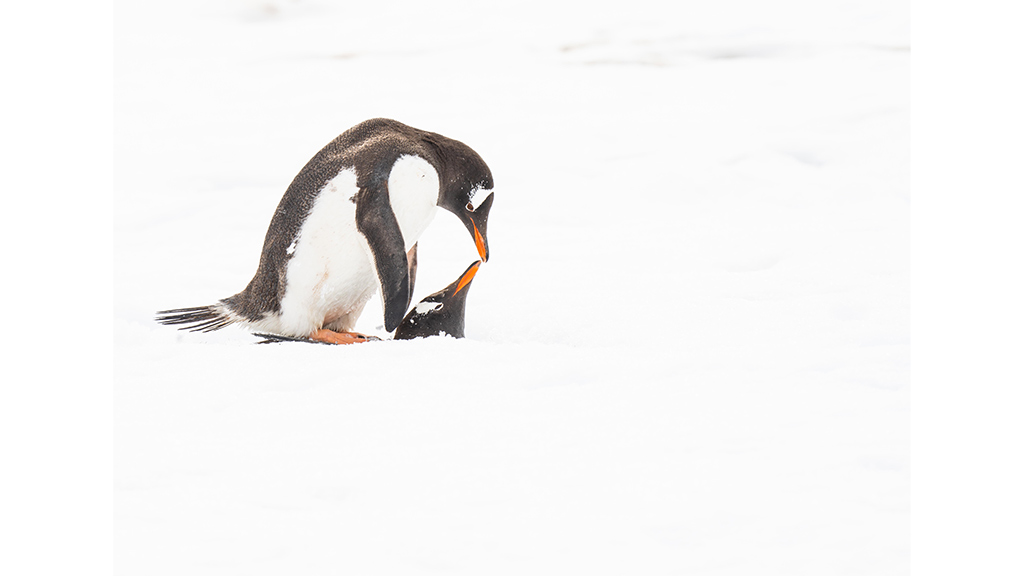












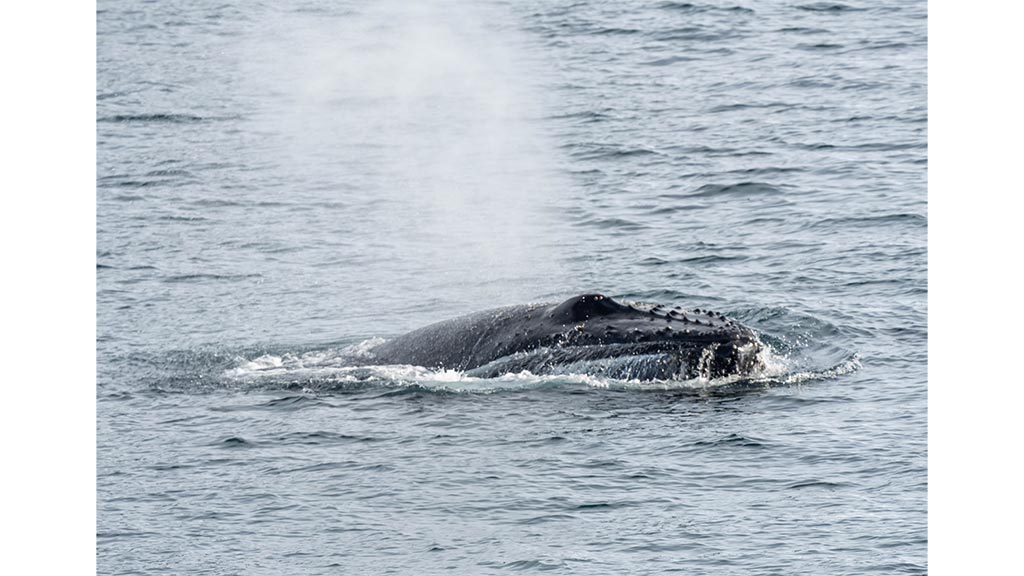
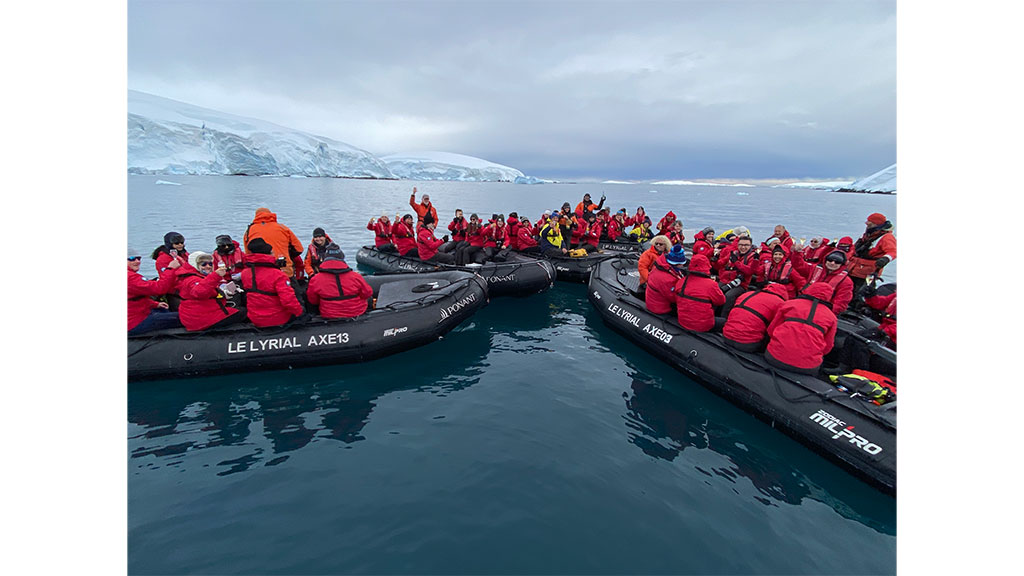
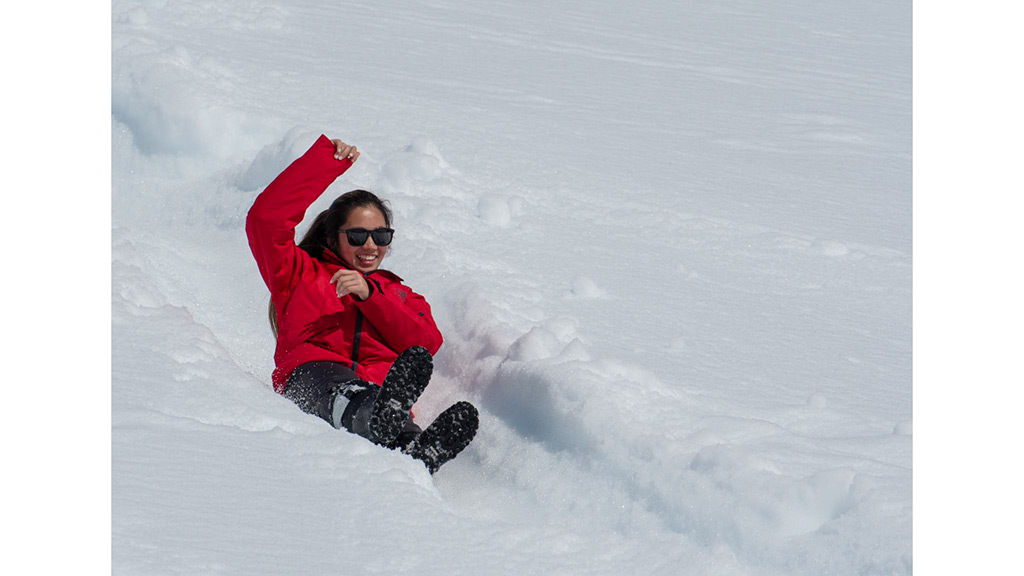
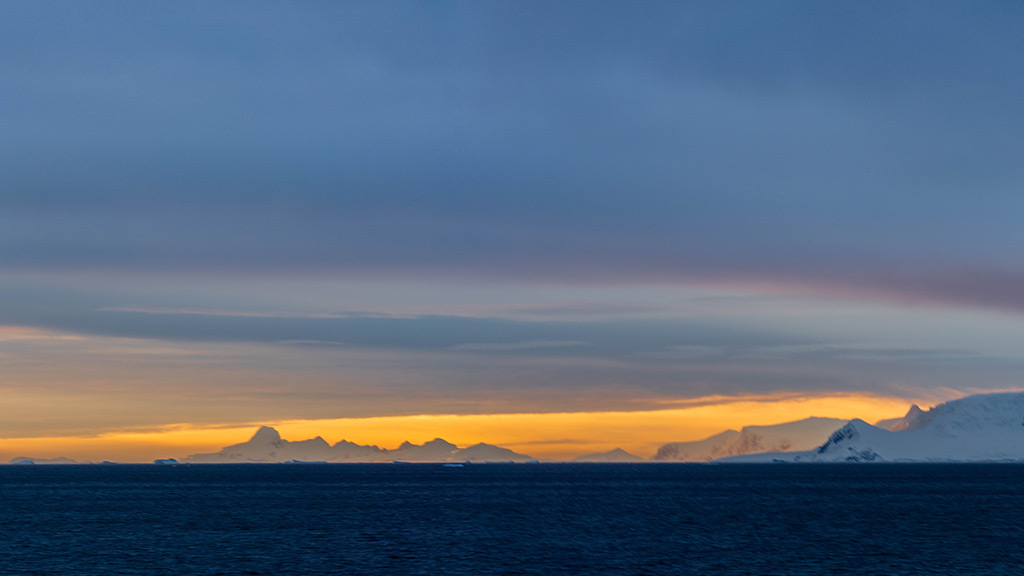
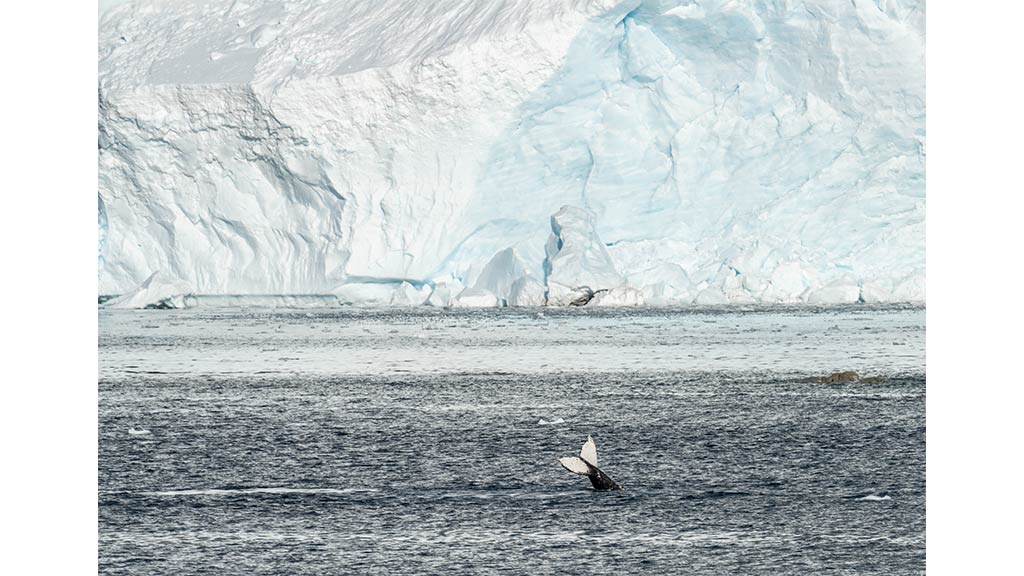
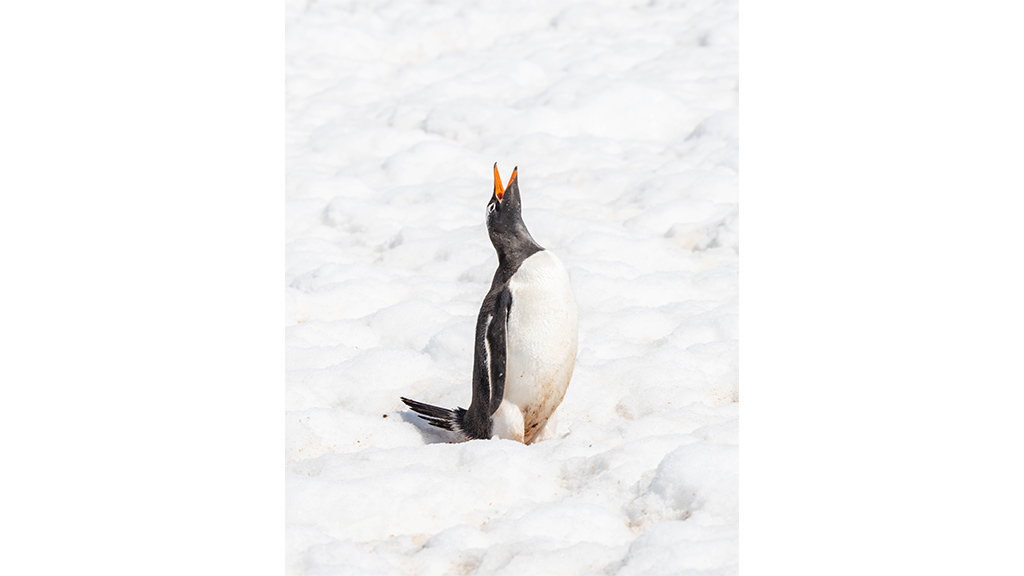
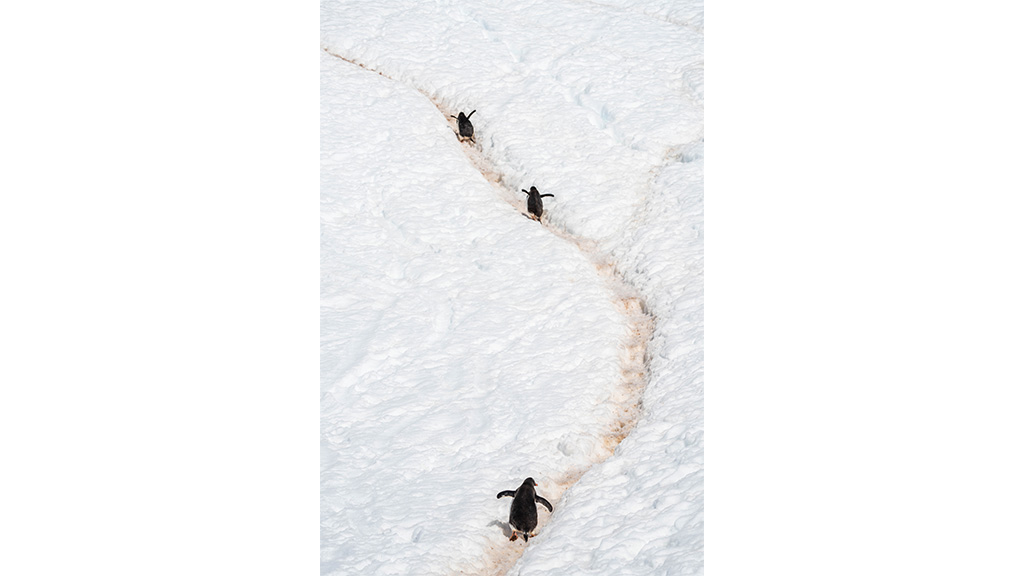
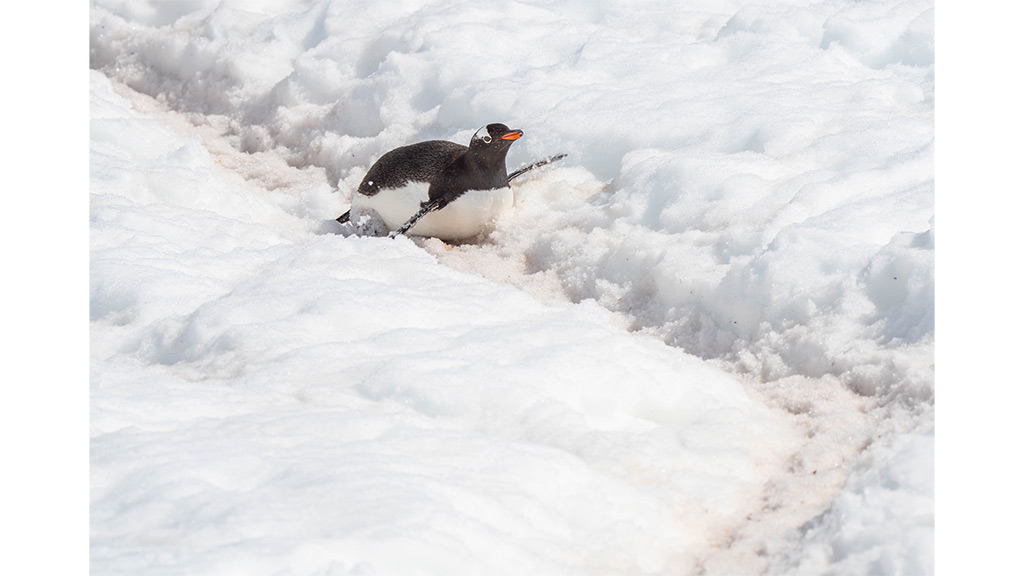
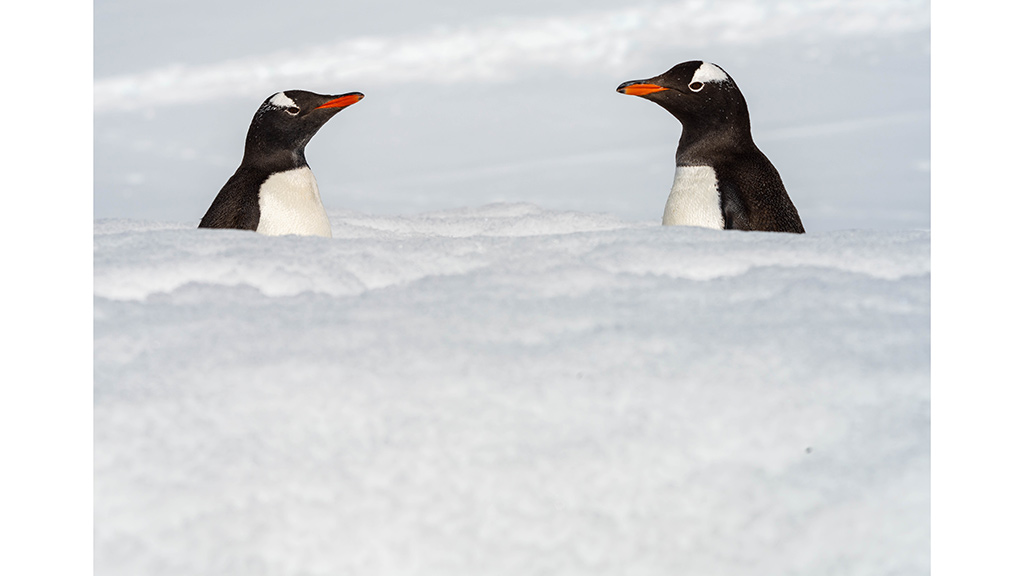
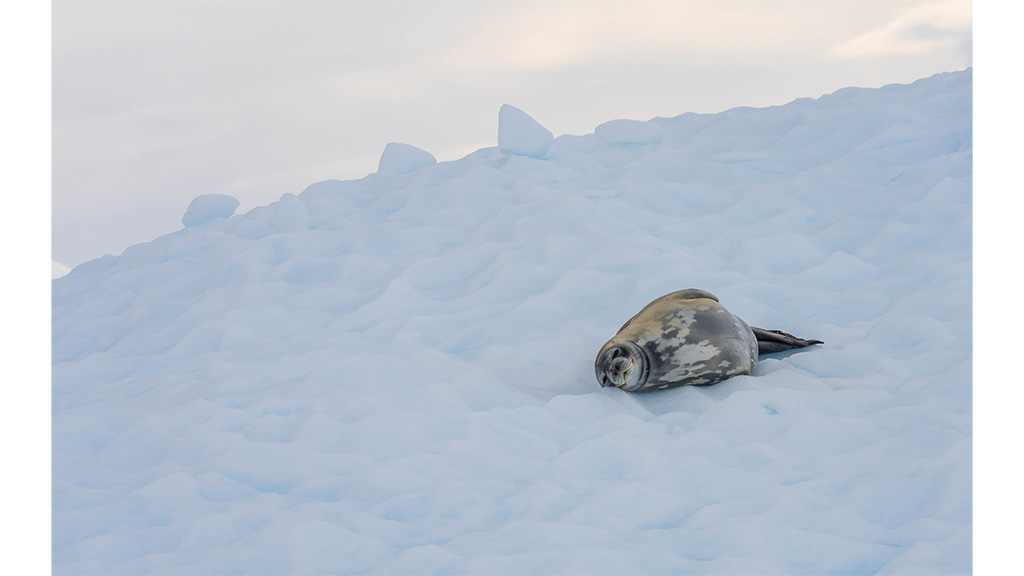
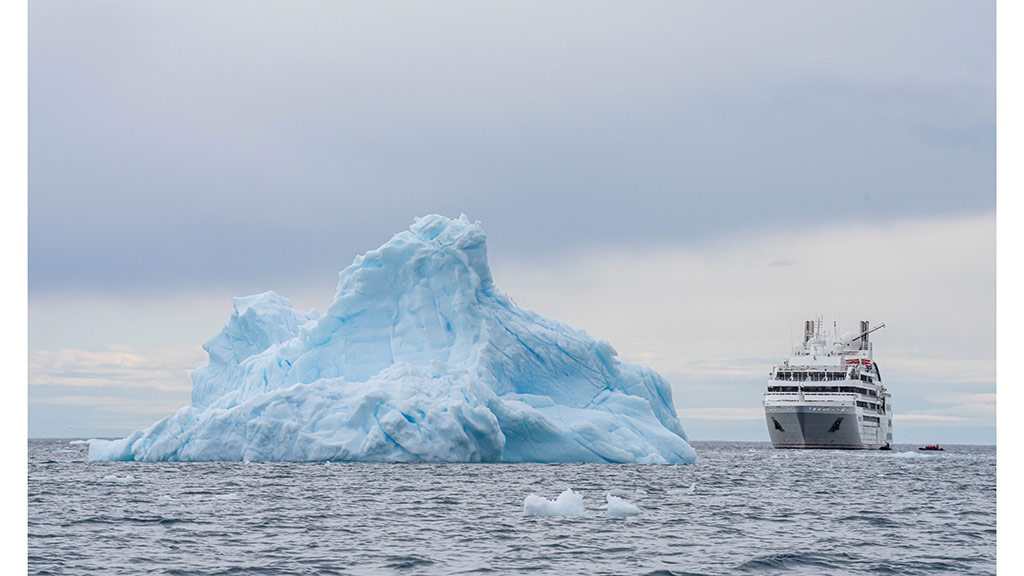
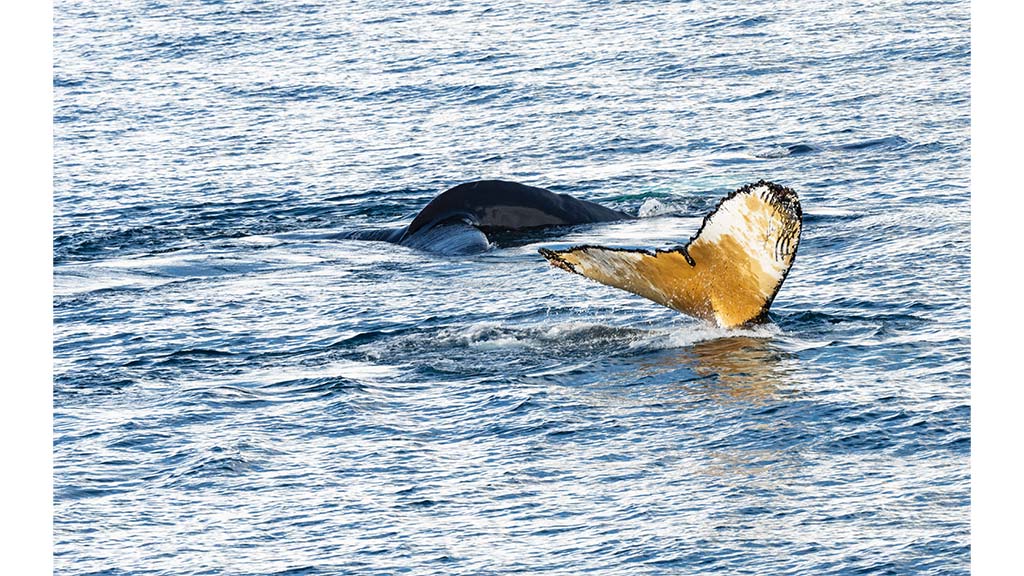









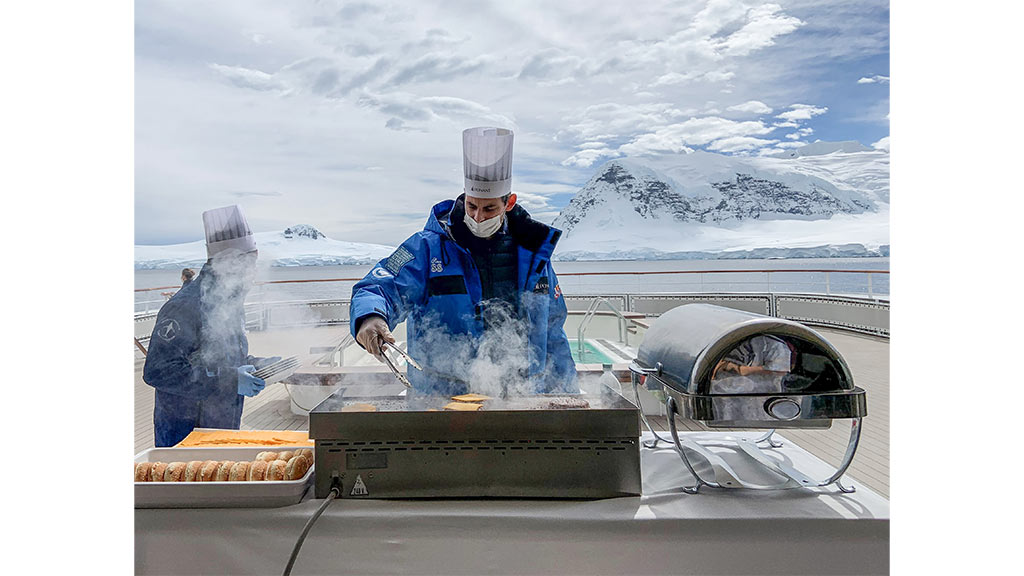
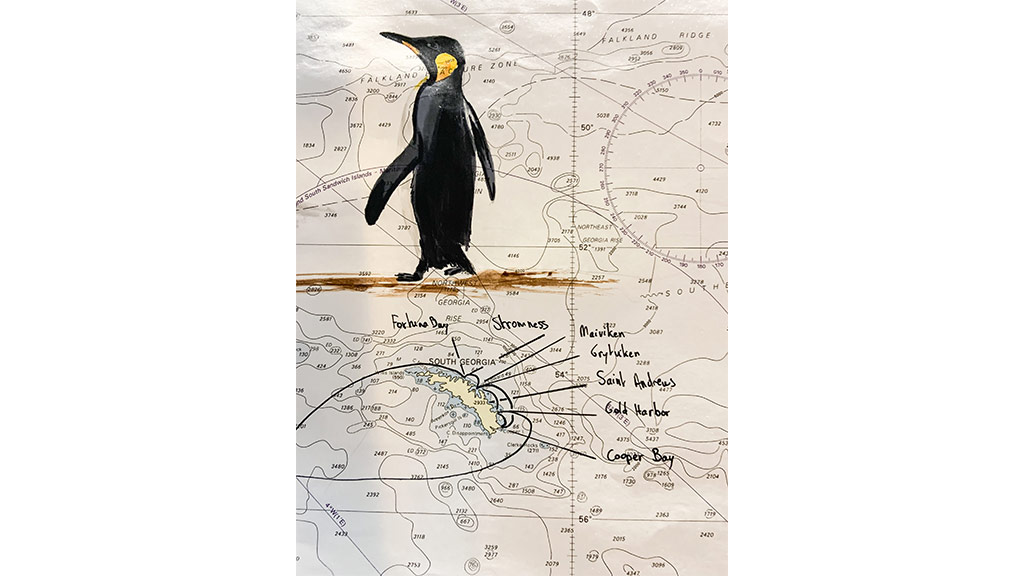
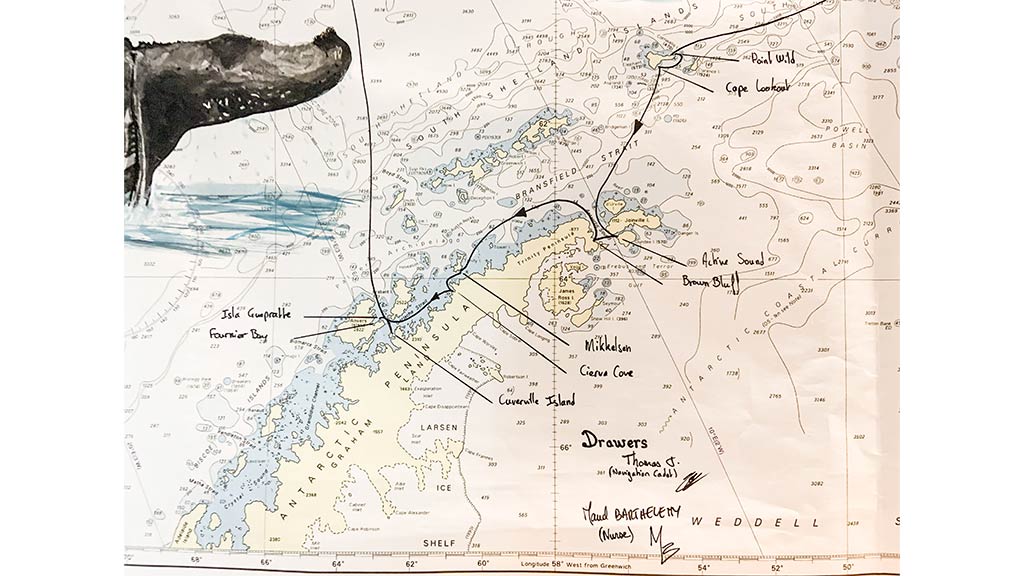
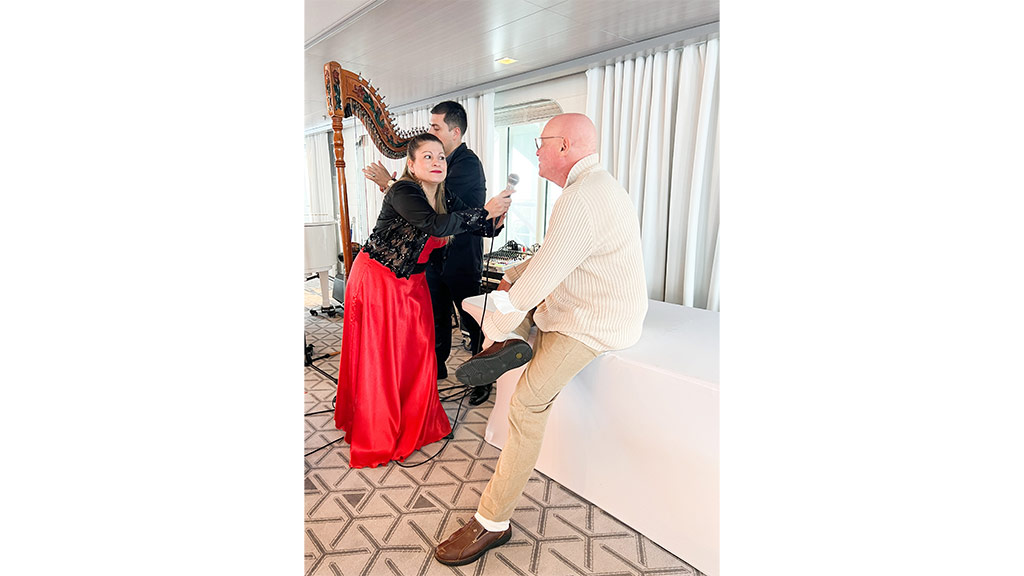
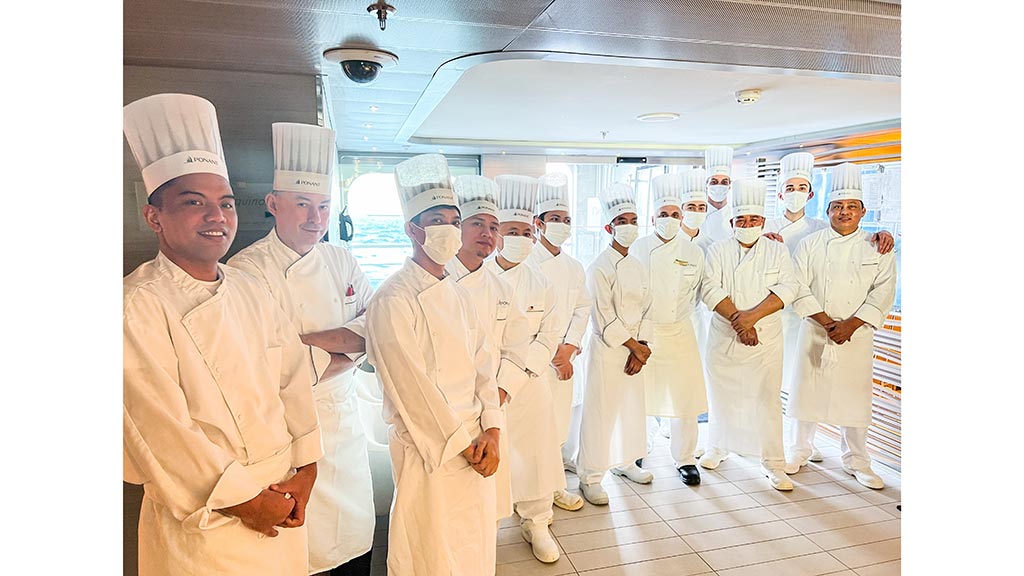
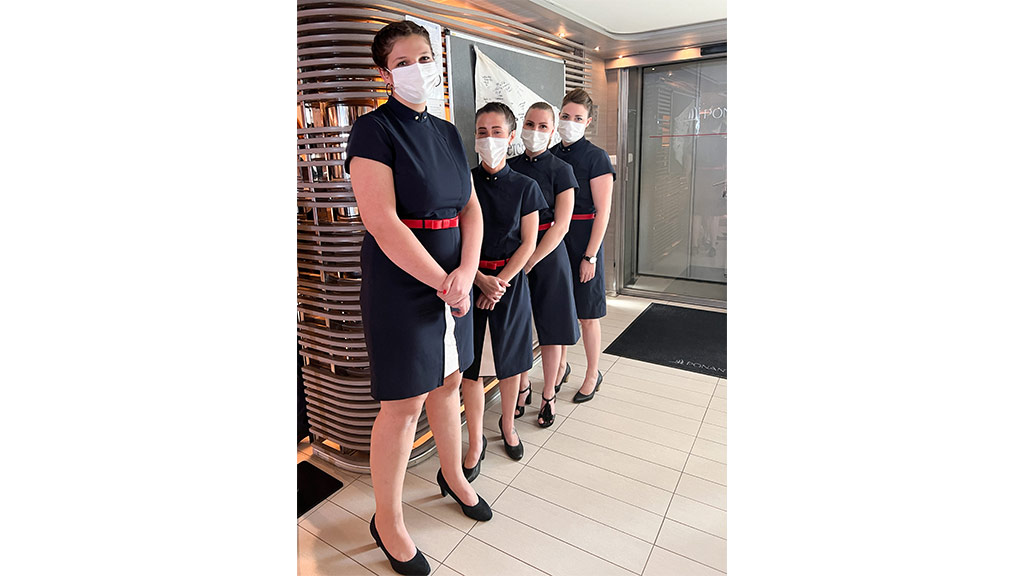
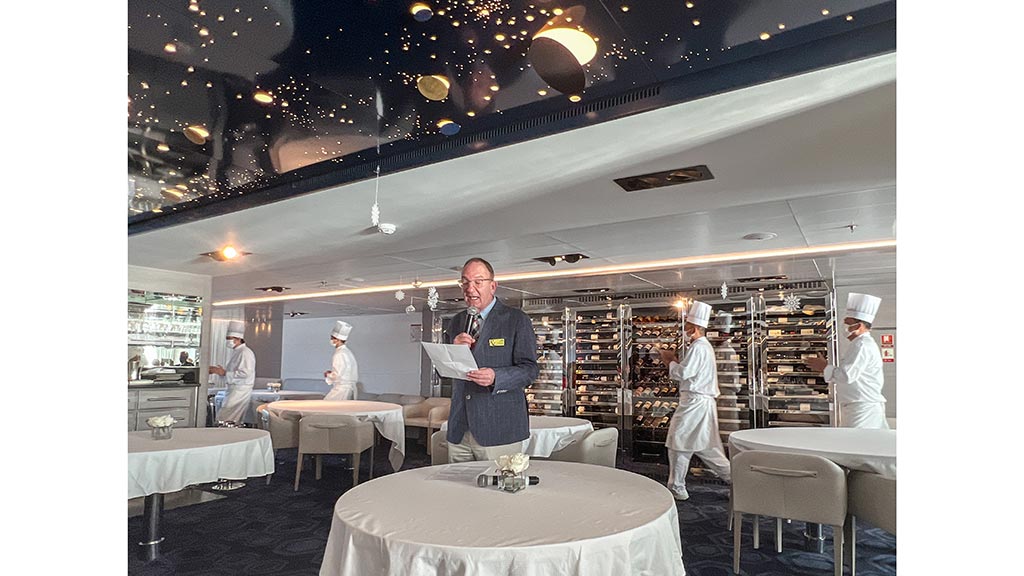
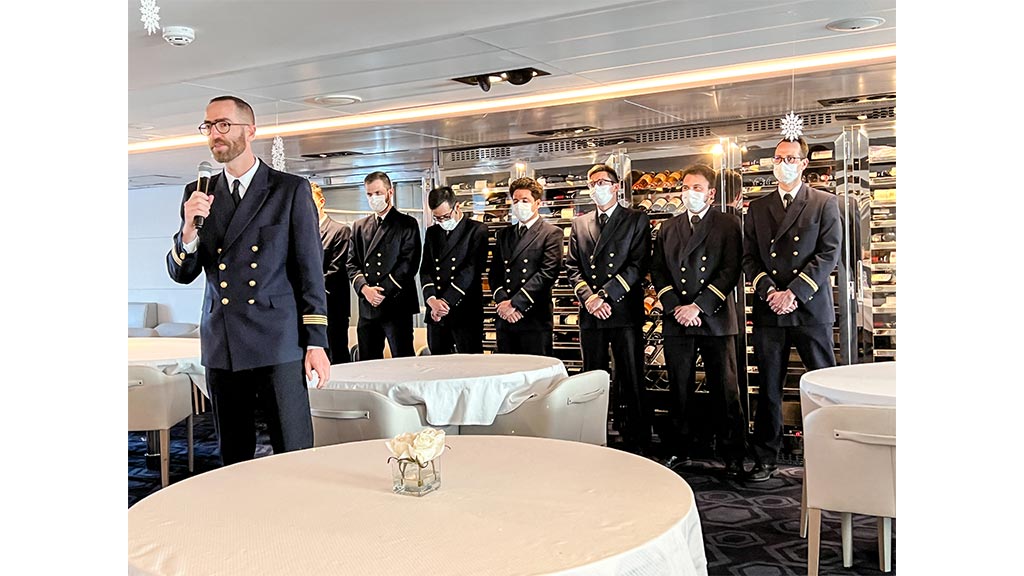
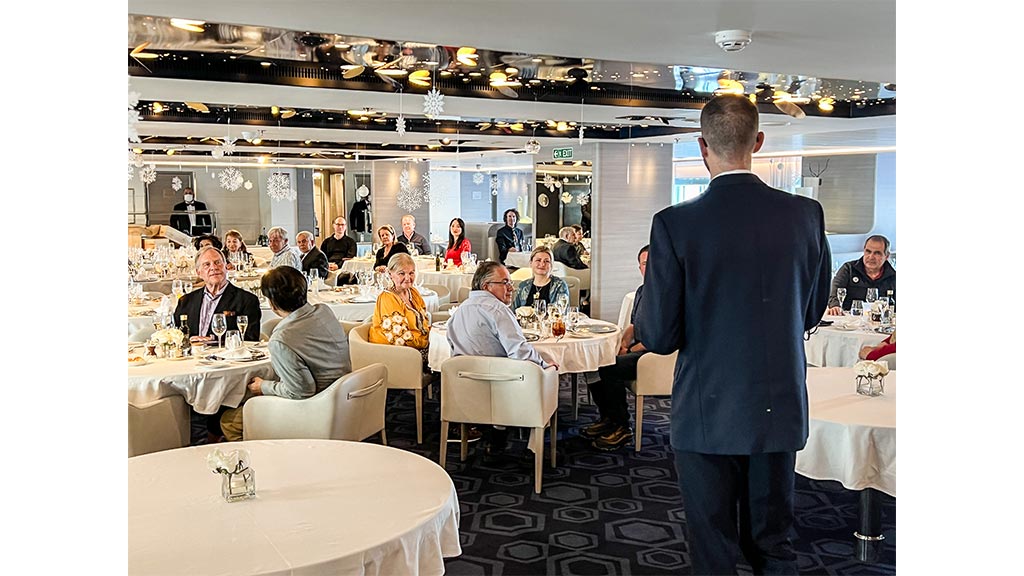

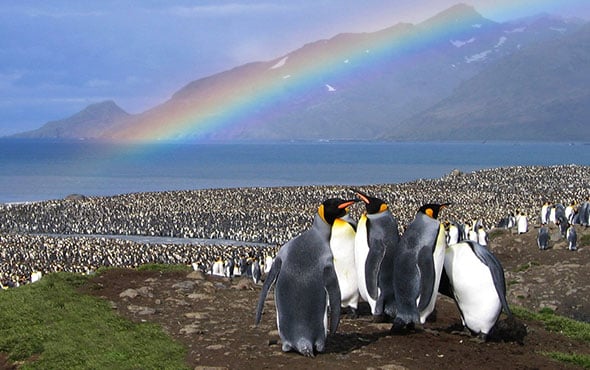
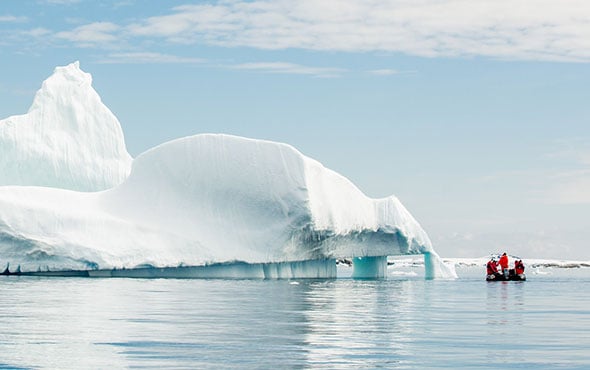
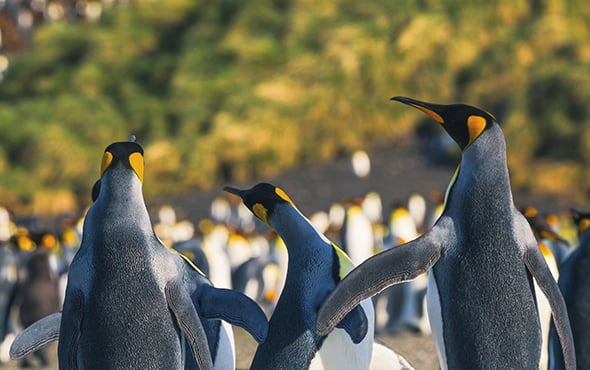
 The Americas
The Americas
 Europe, Middle East and Africa
Europe, Middle East and Africa Australia, NZ and Asia
Australia, NZ and Asia